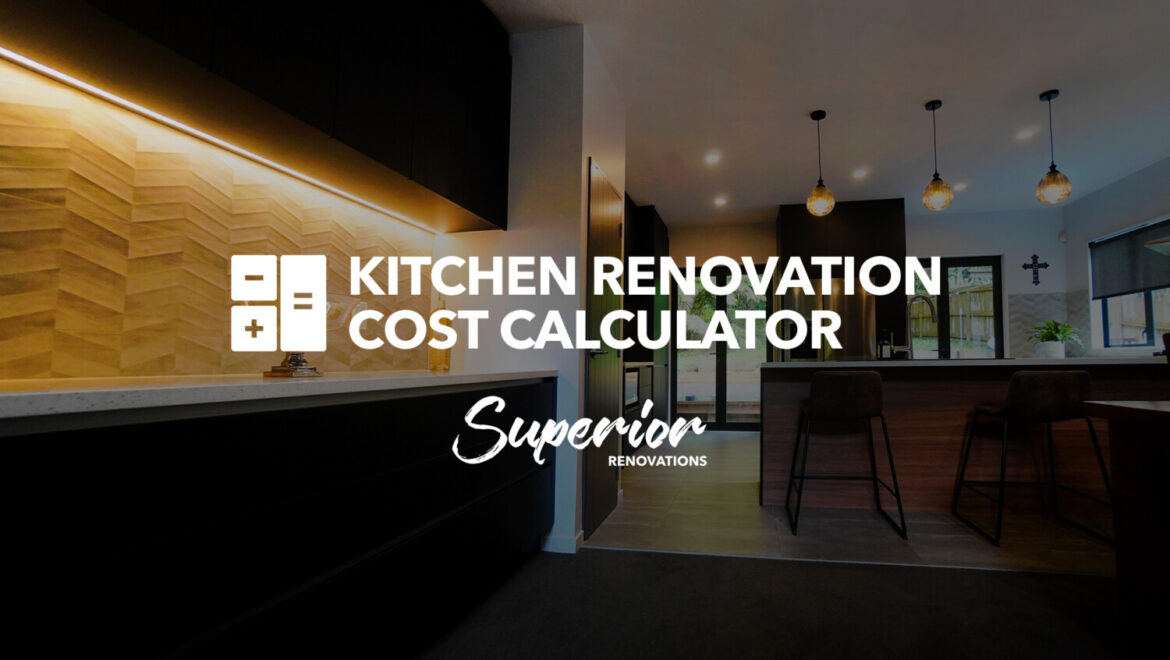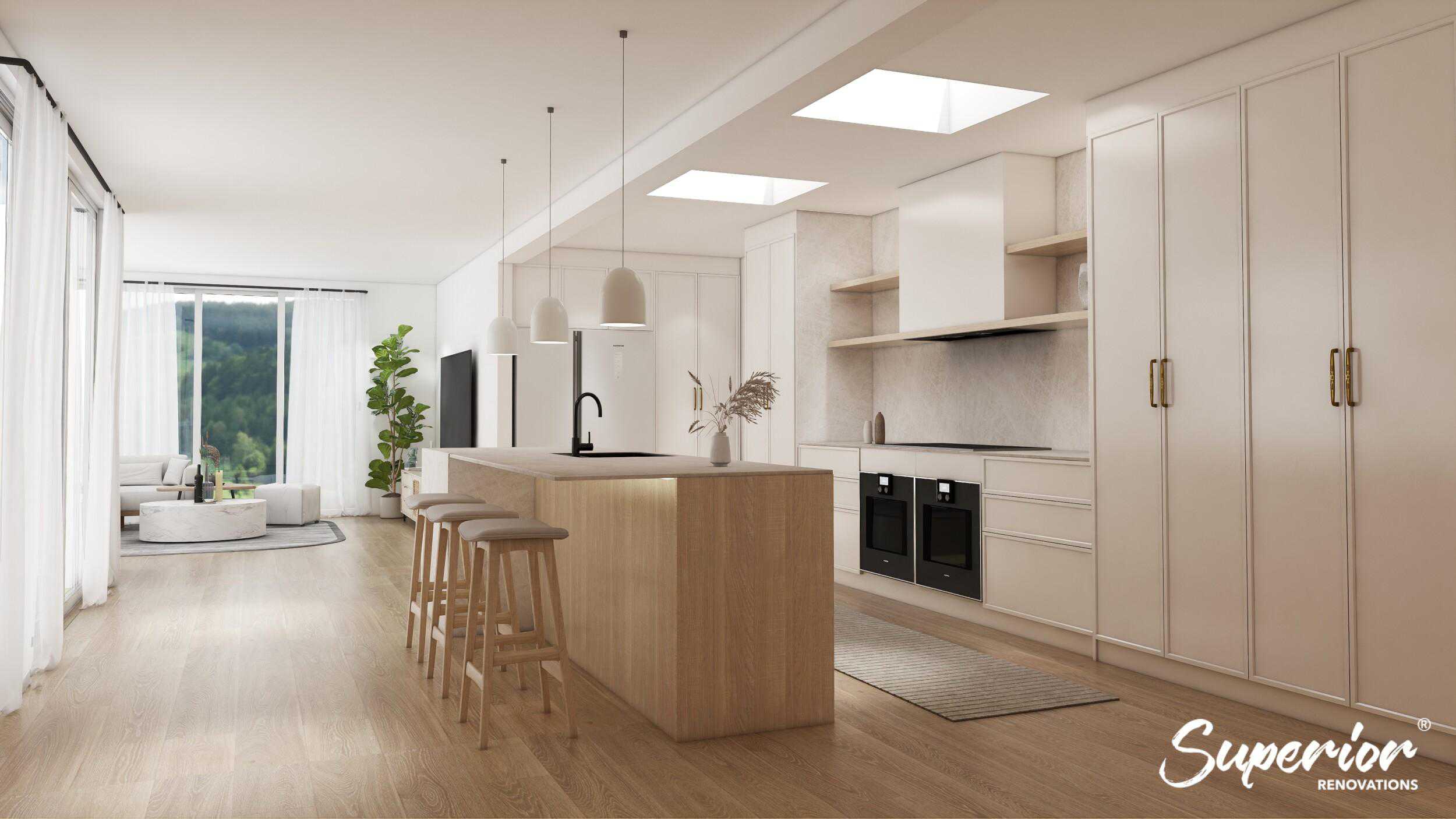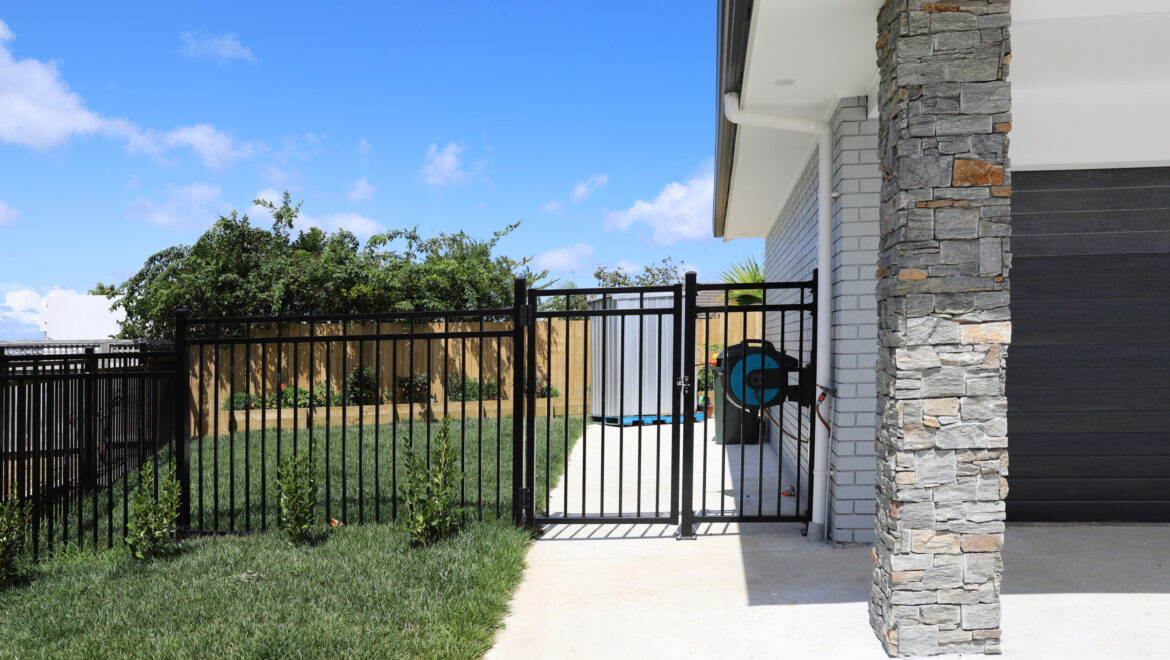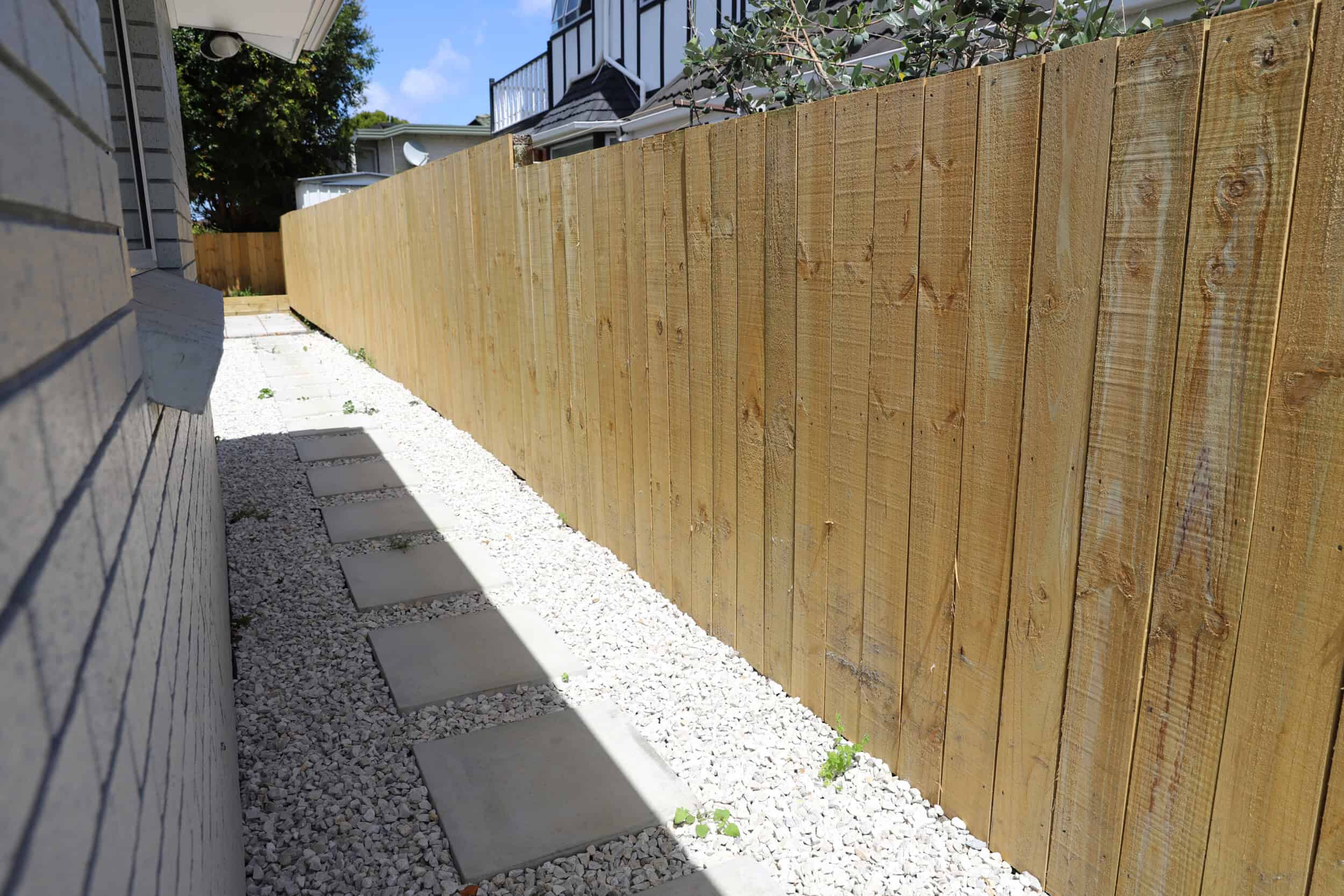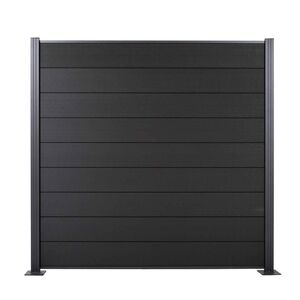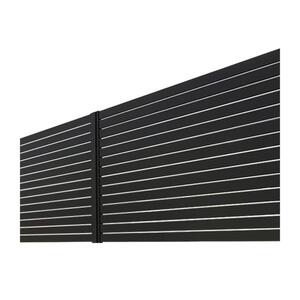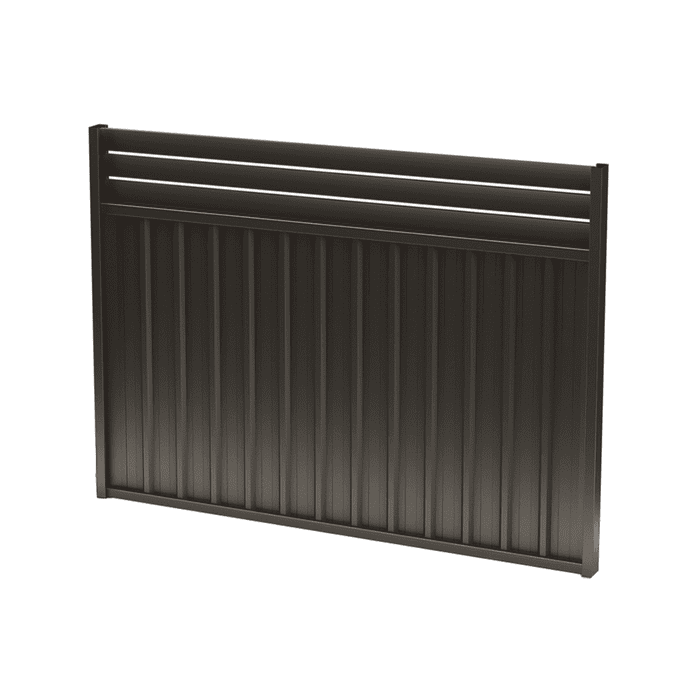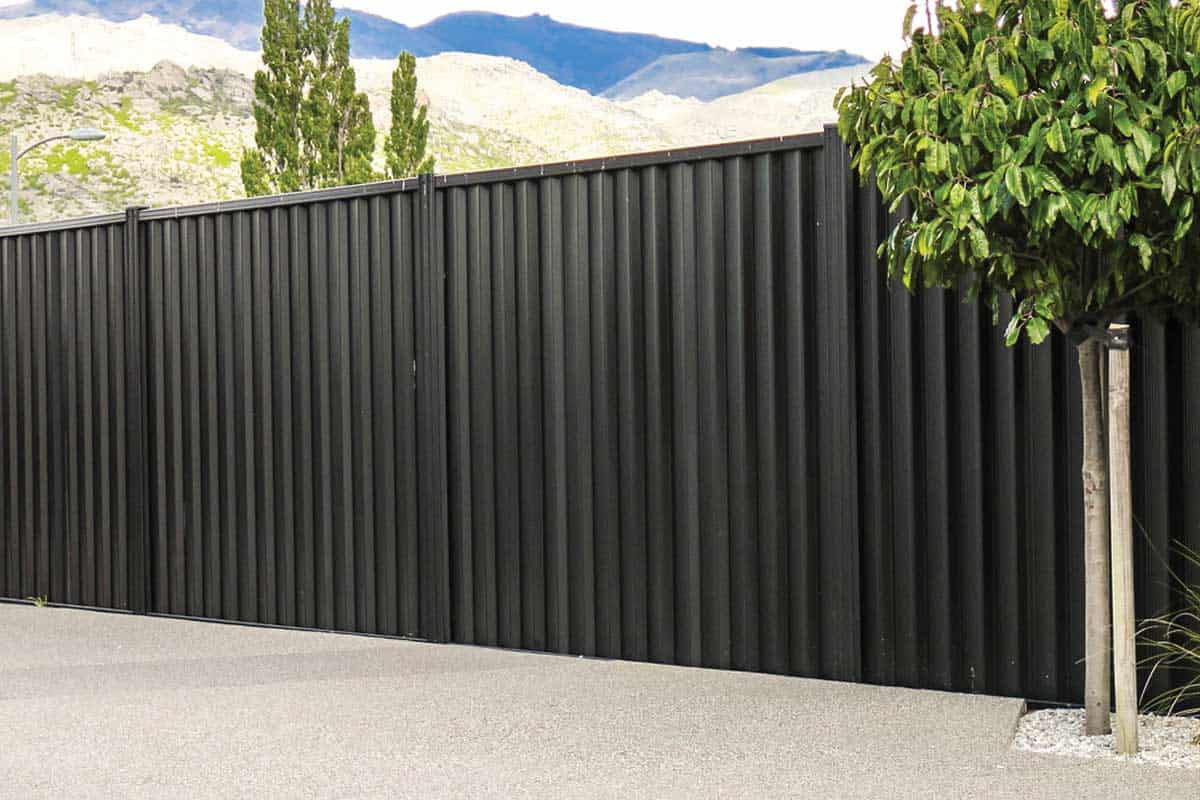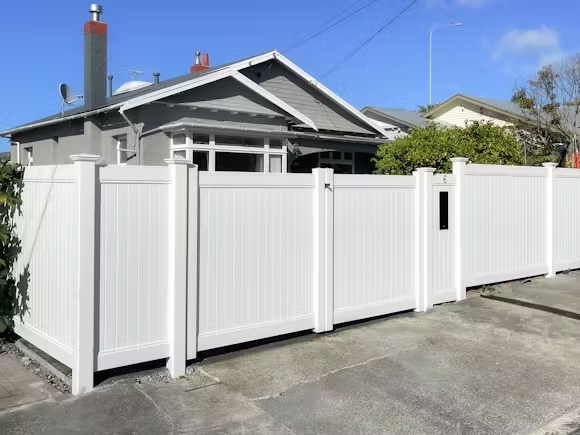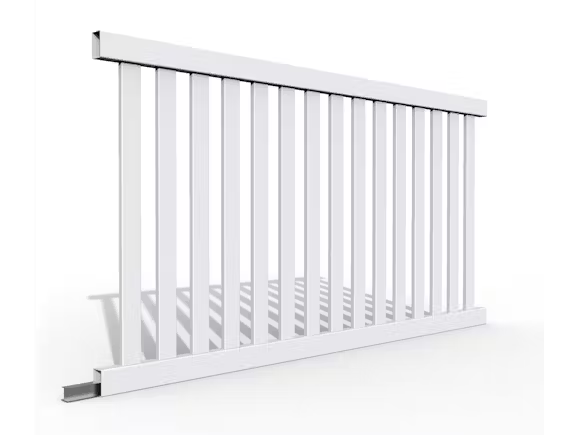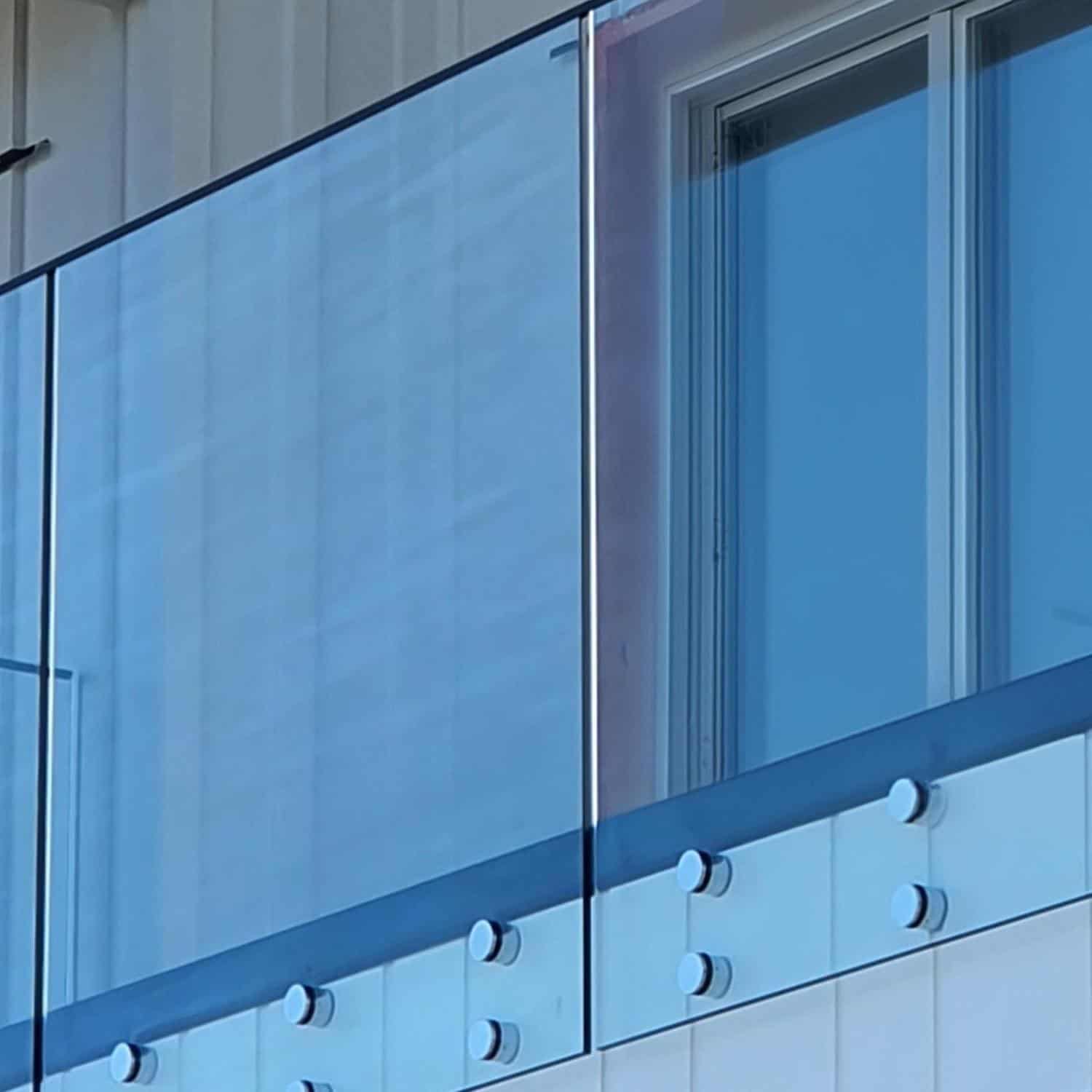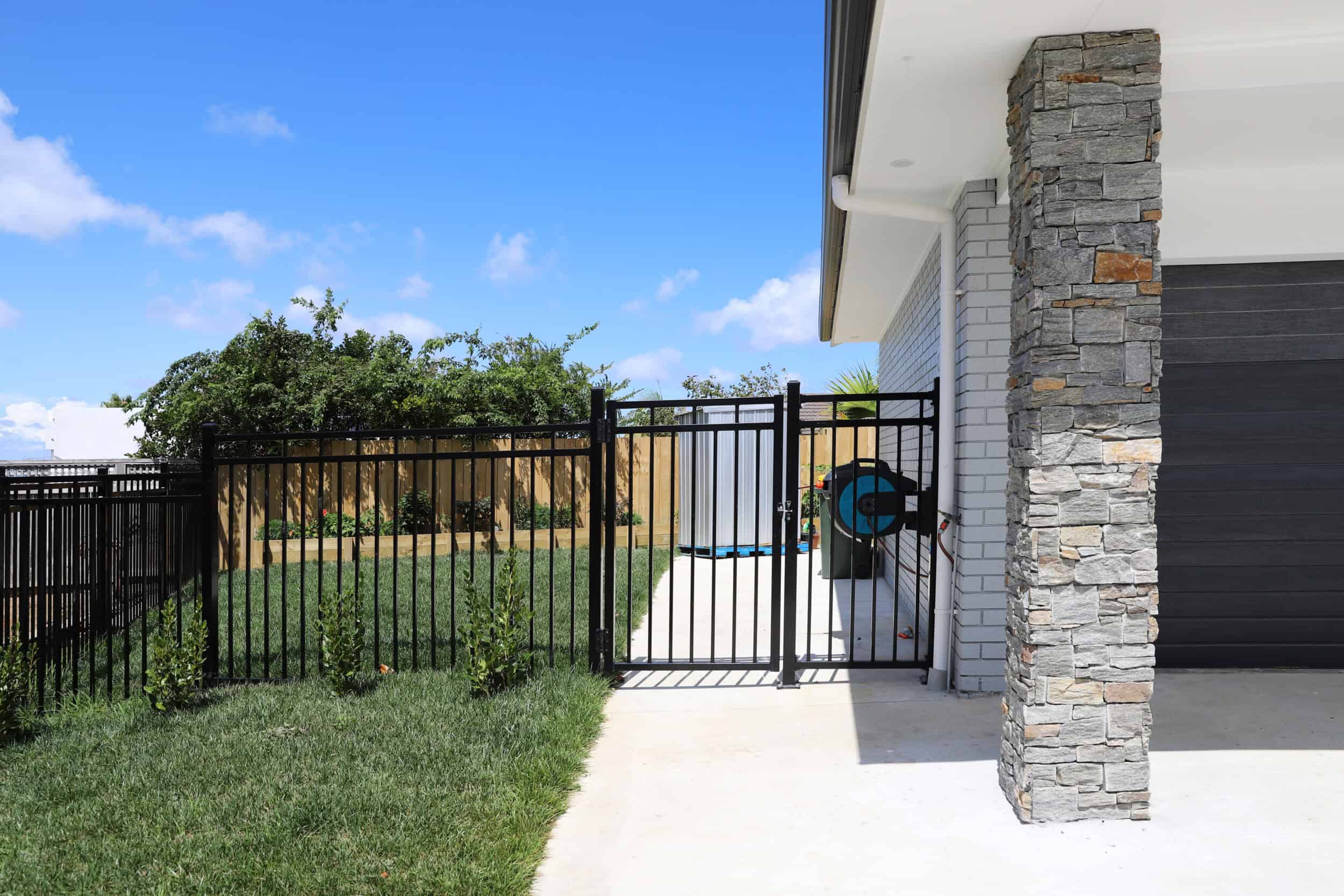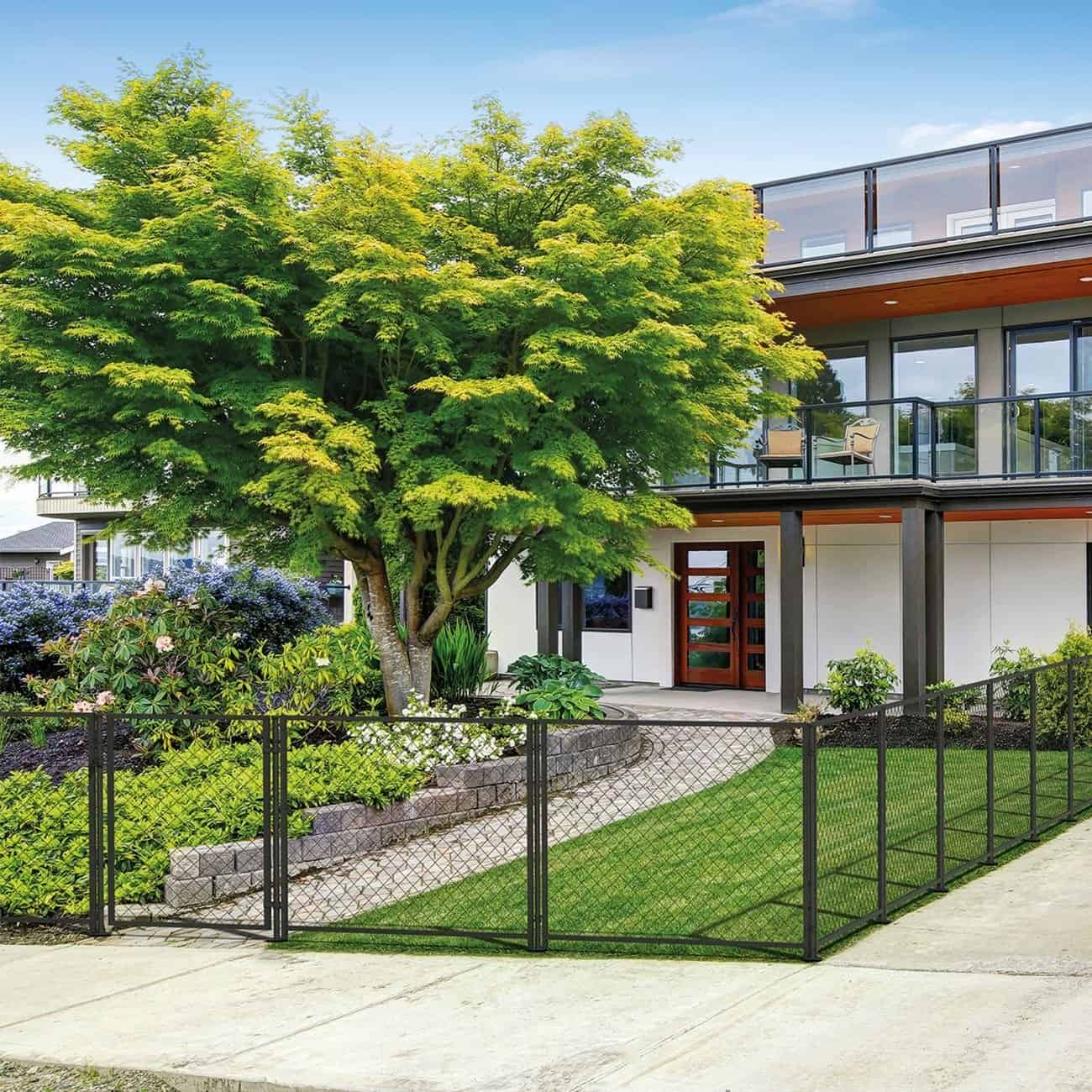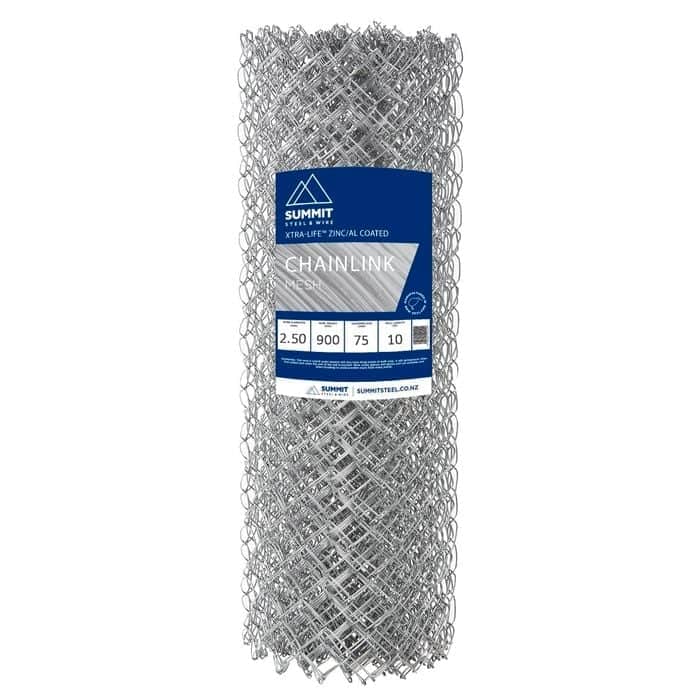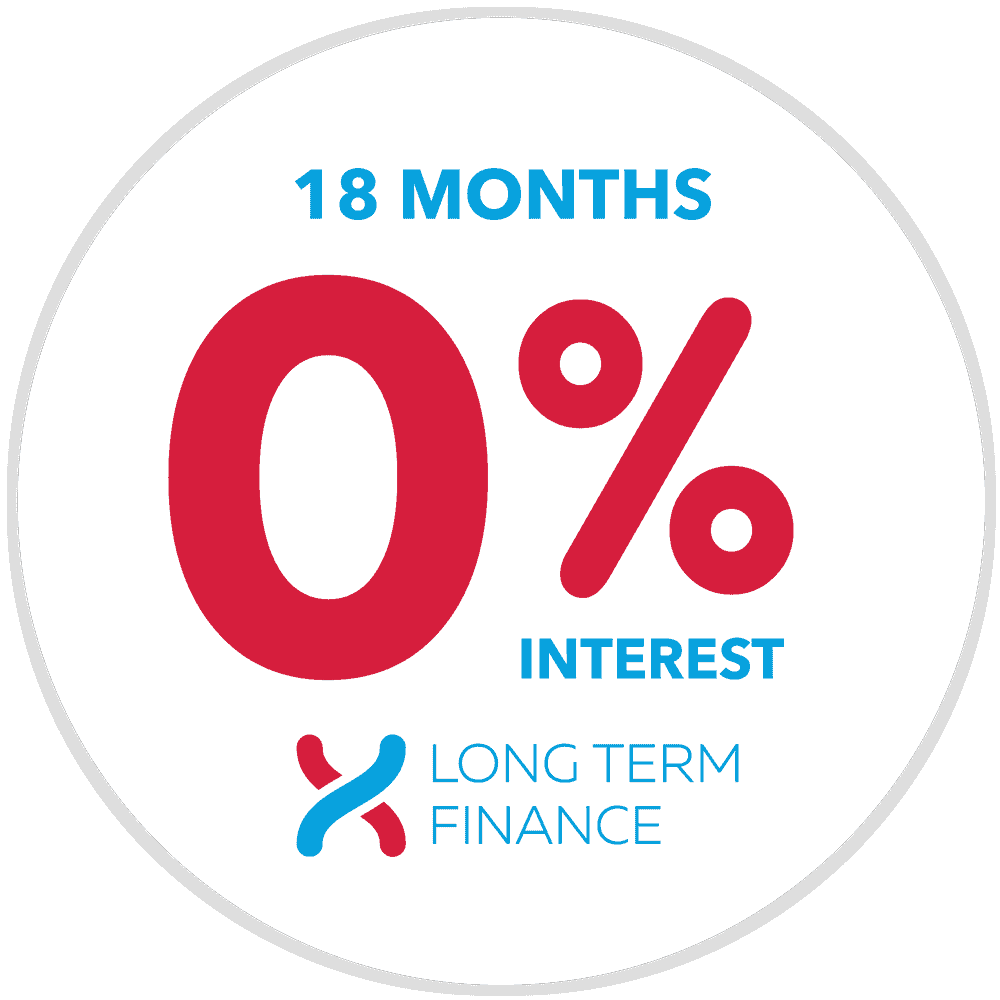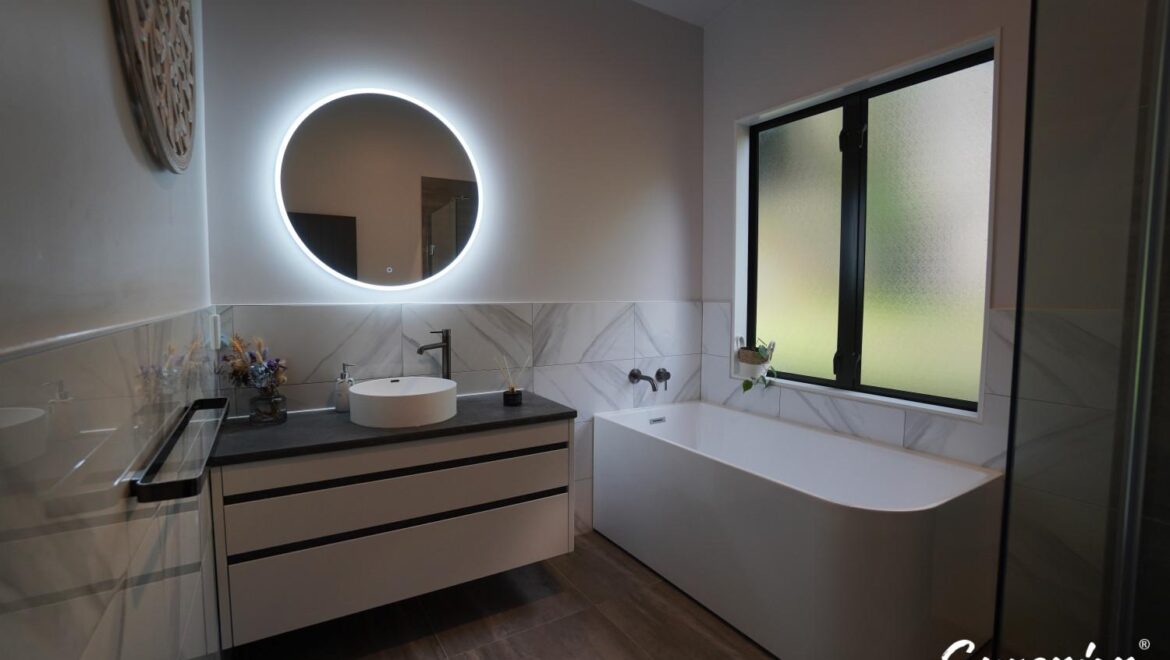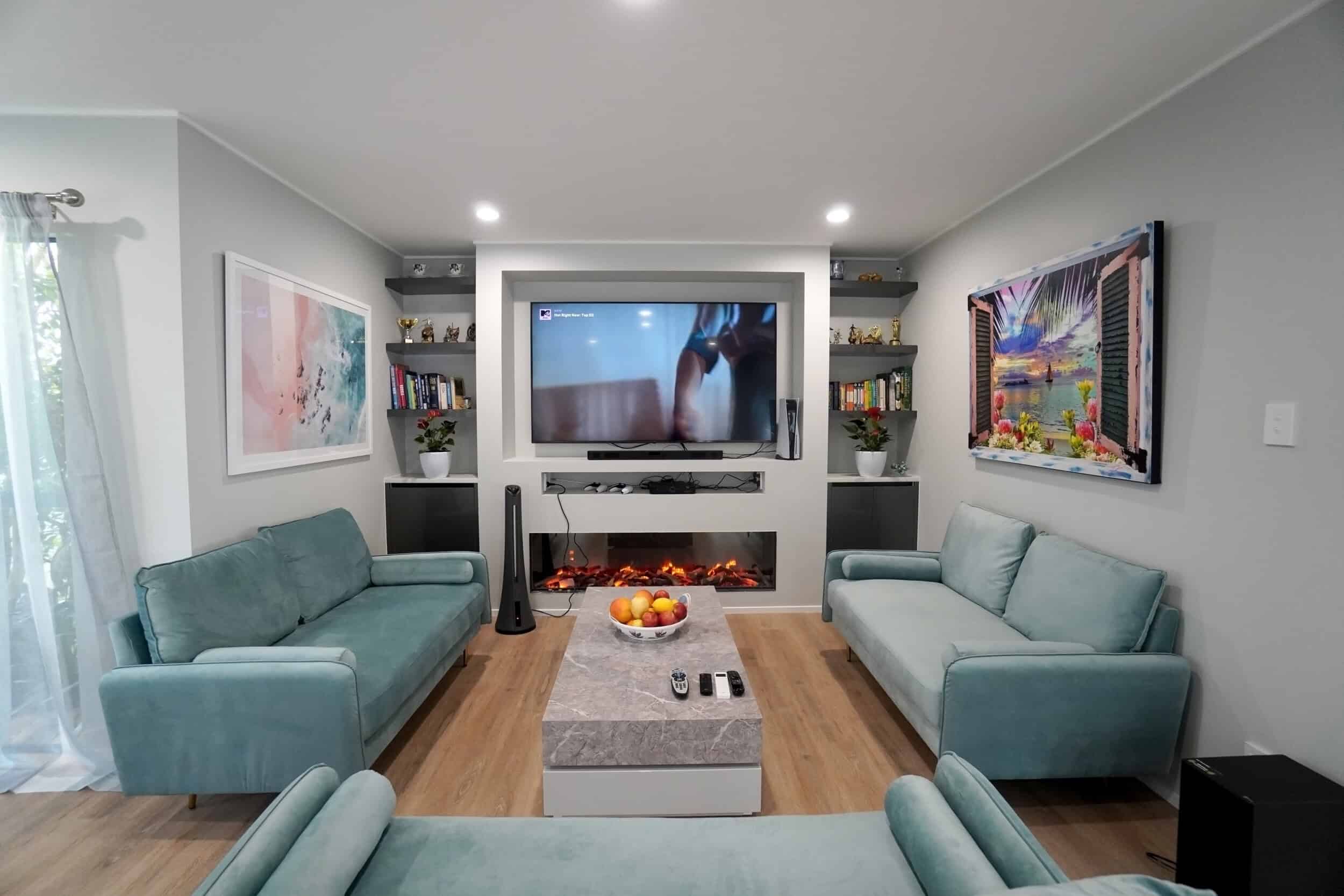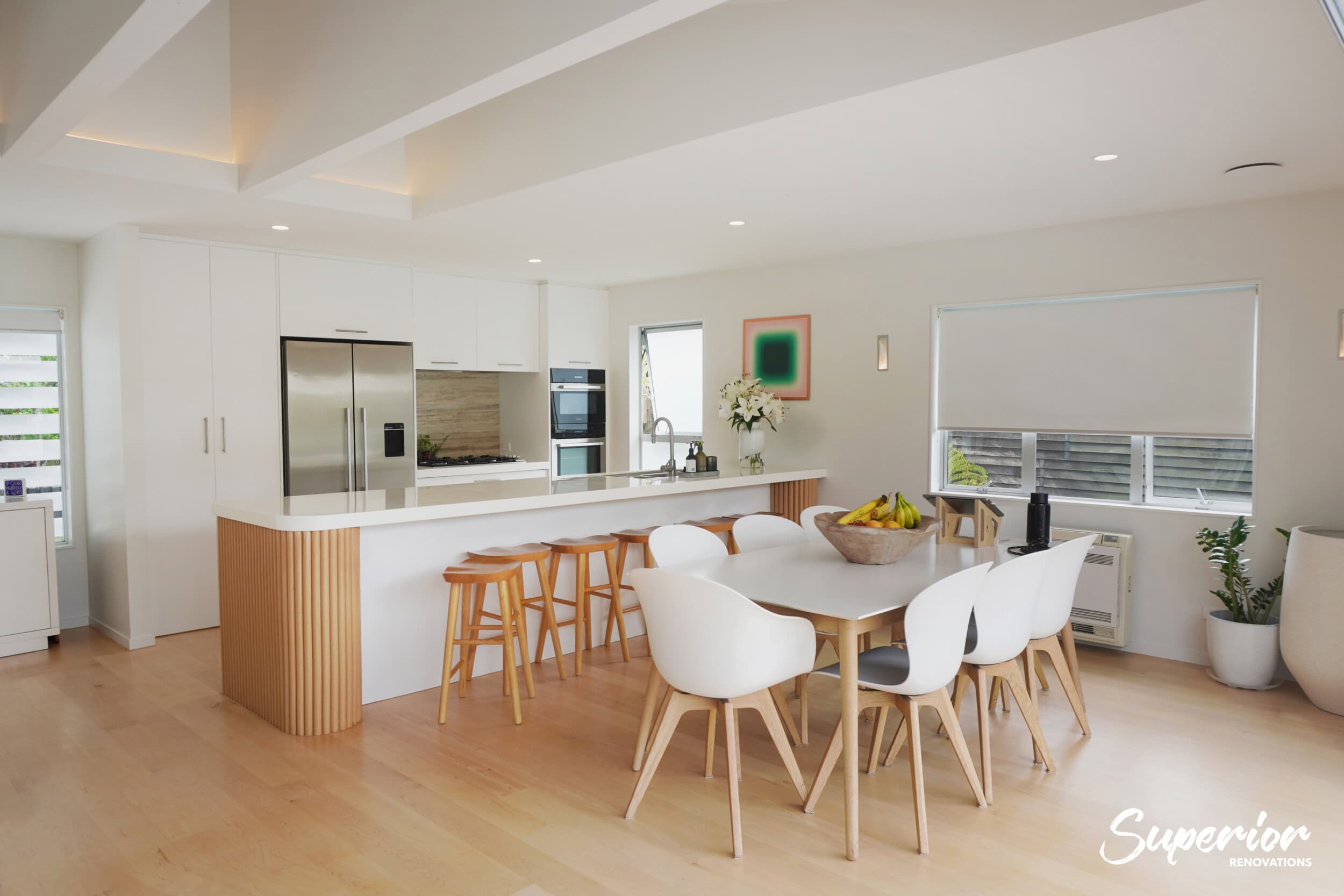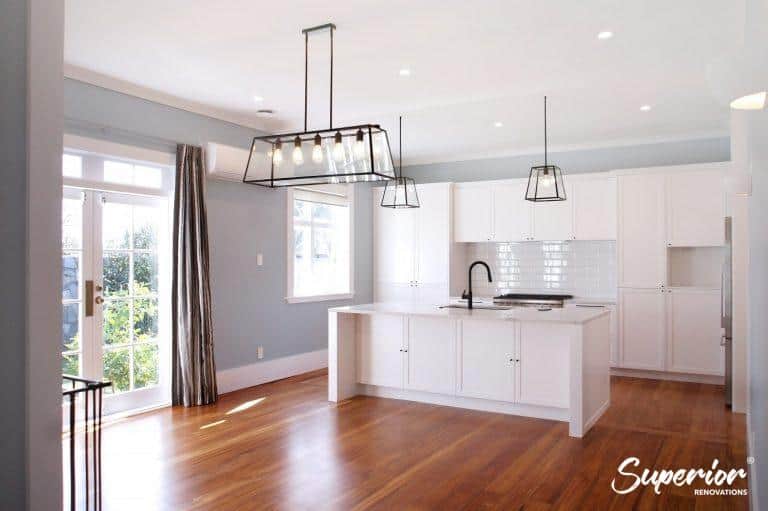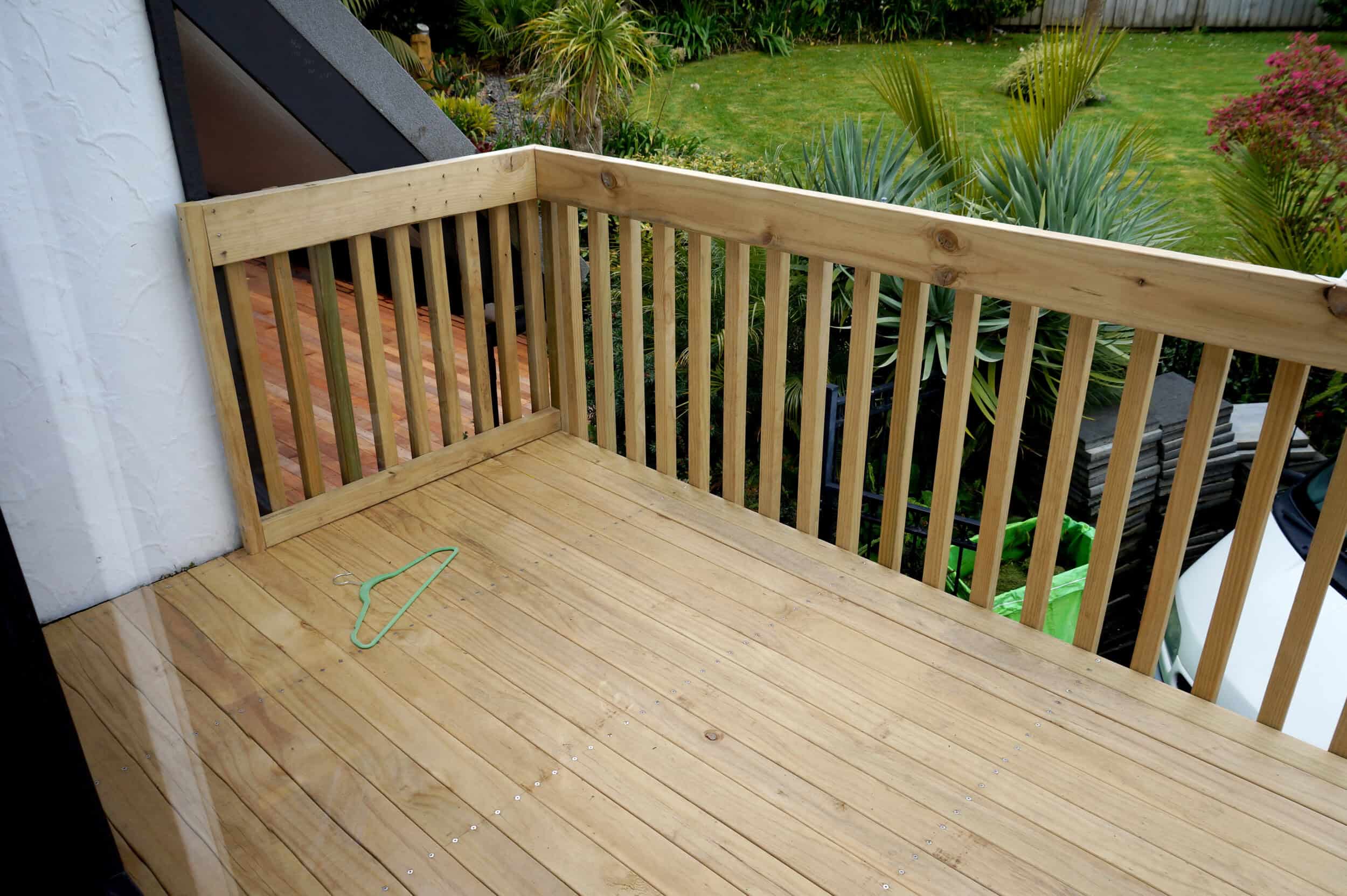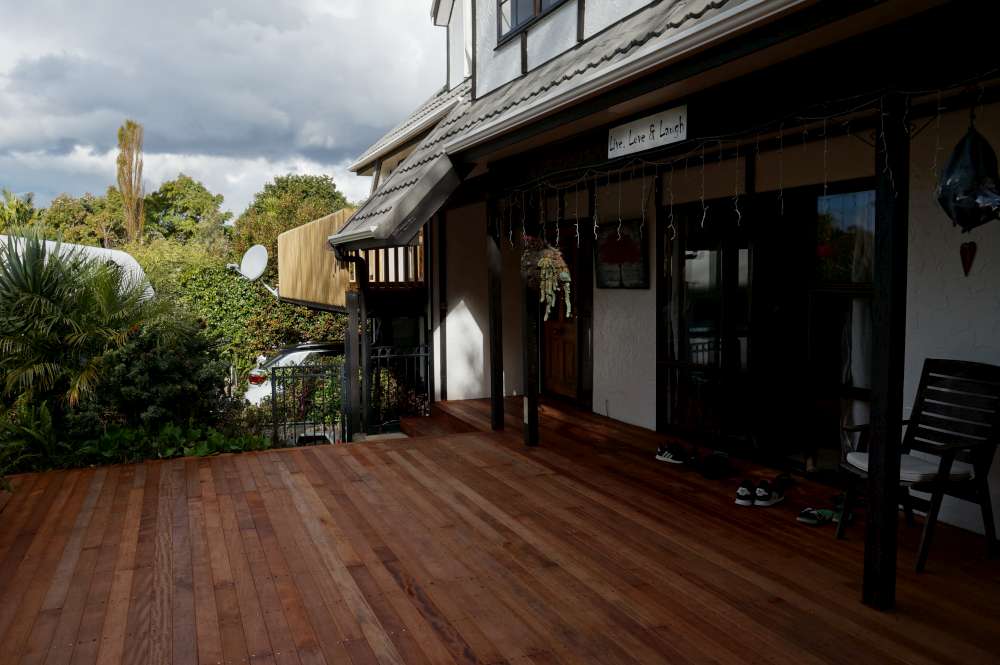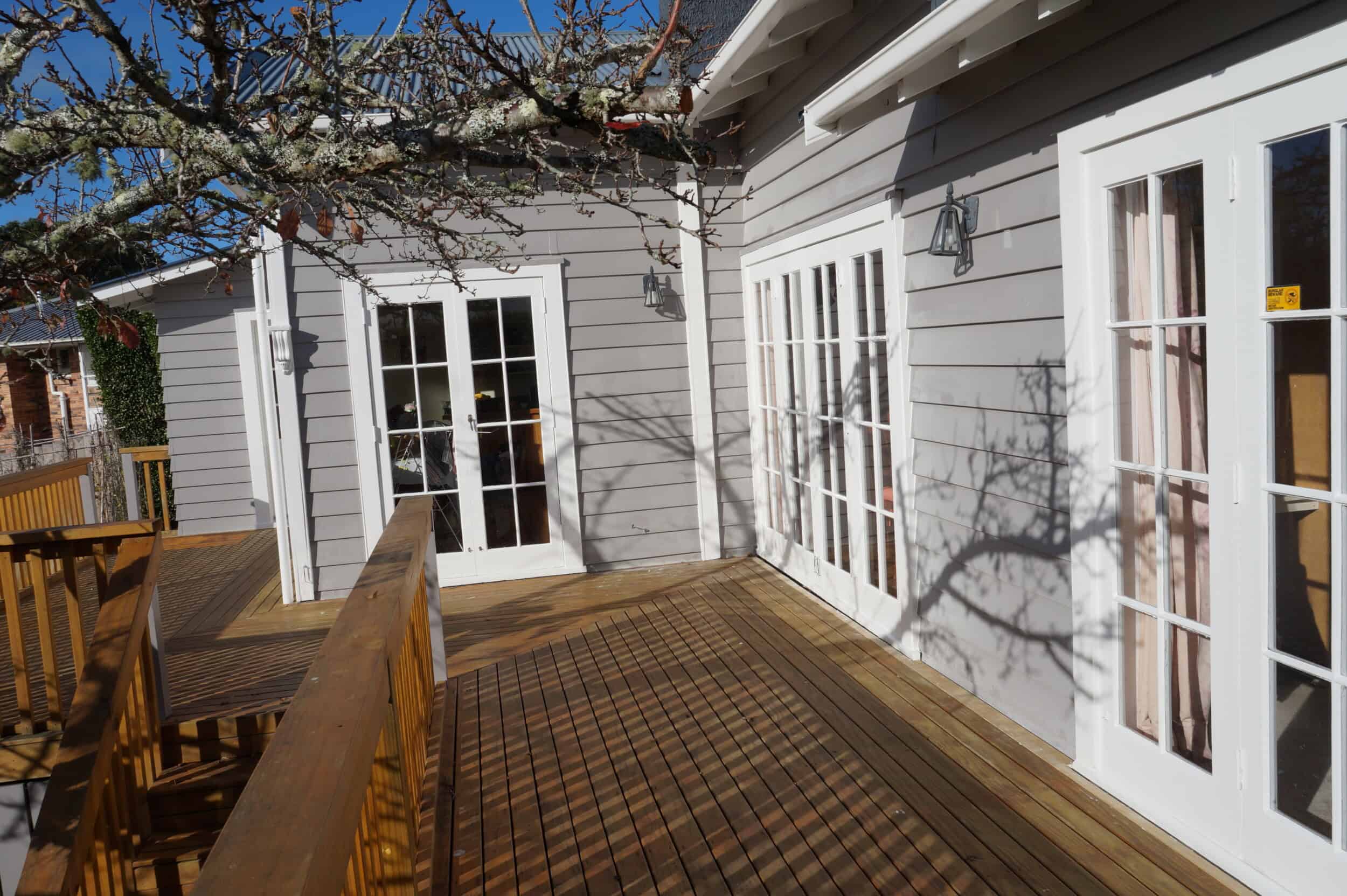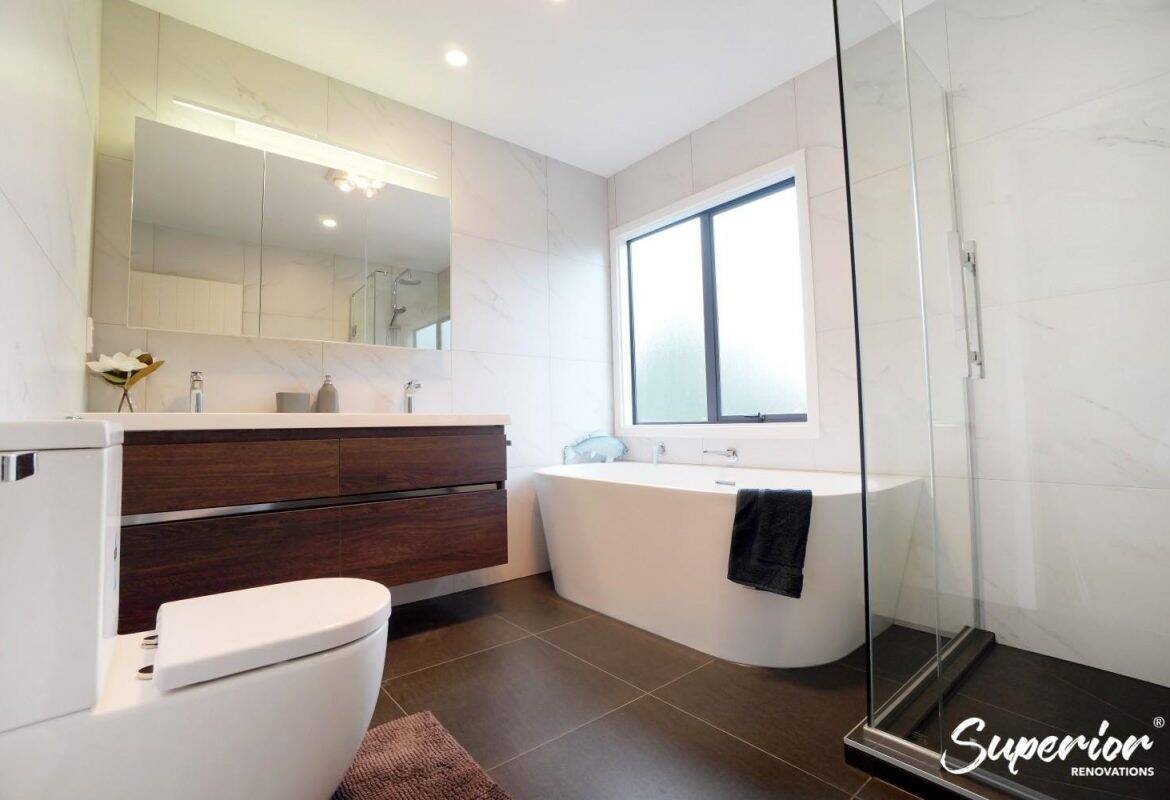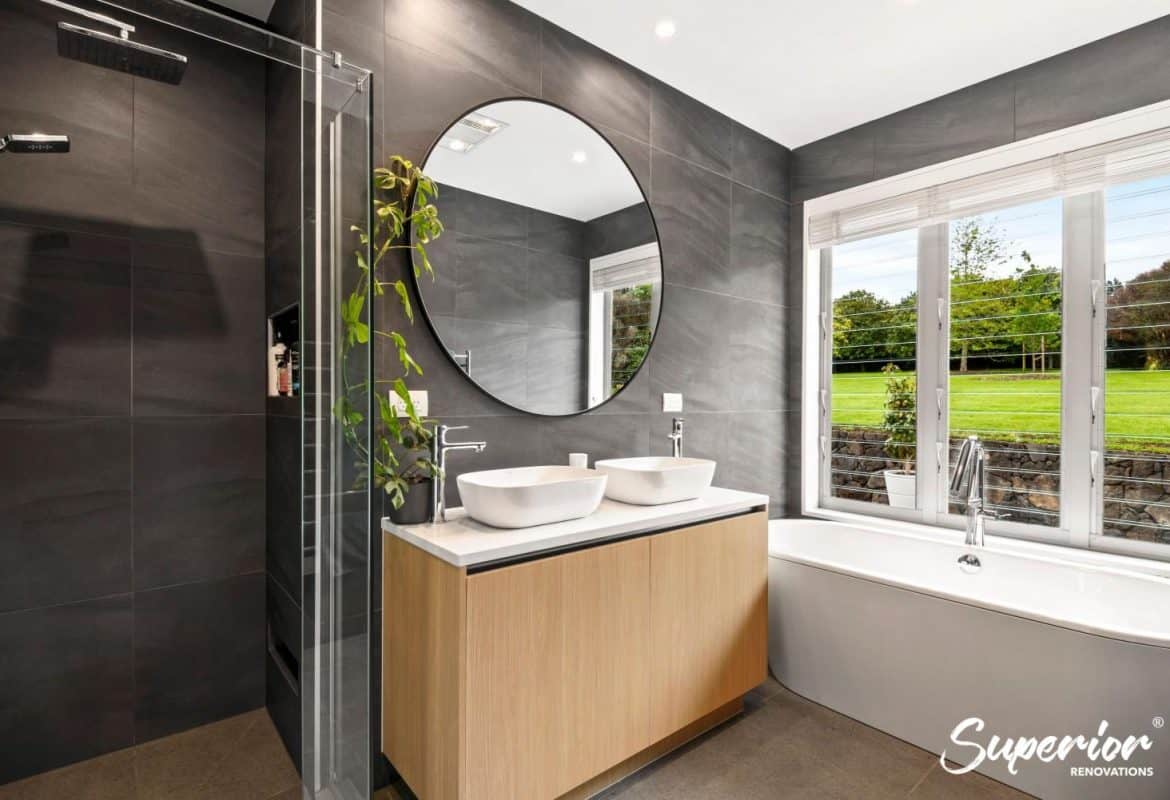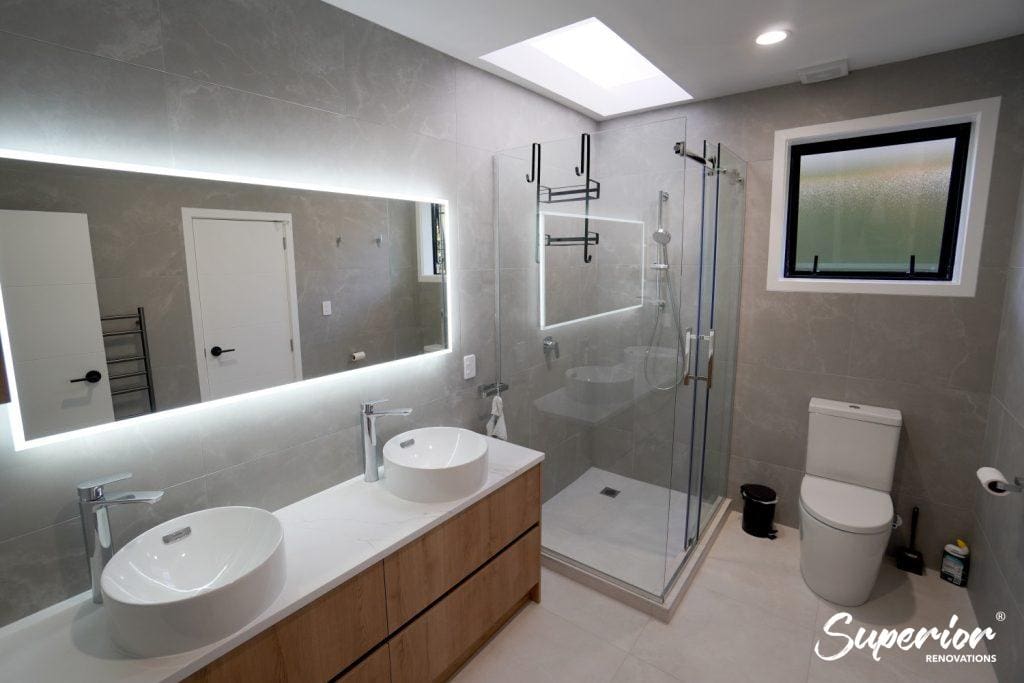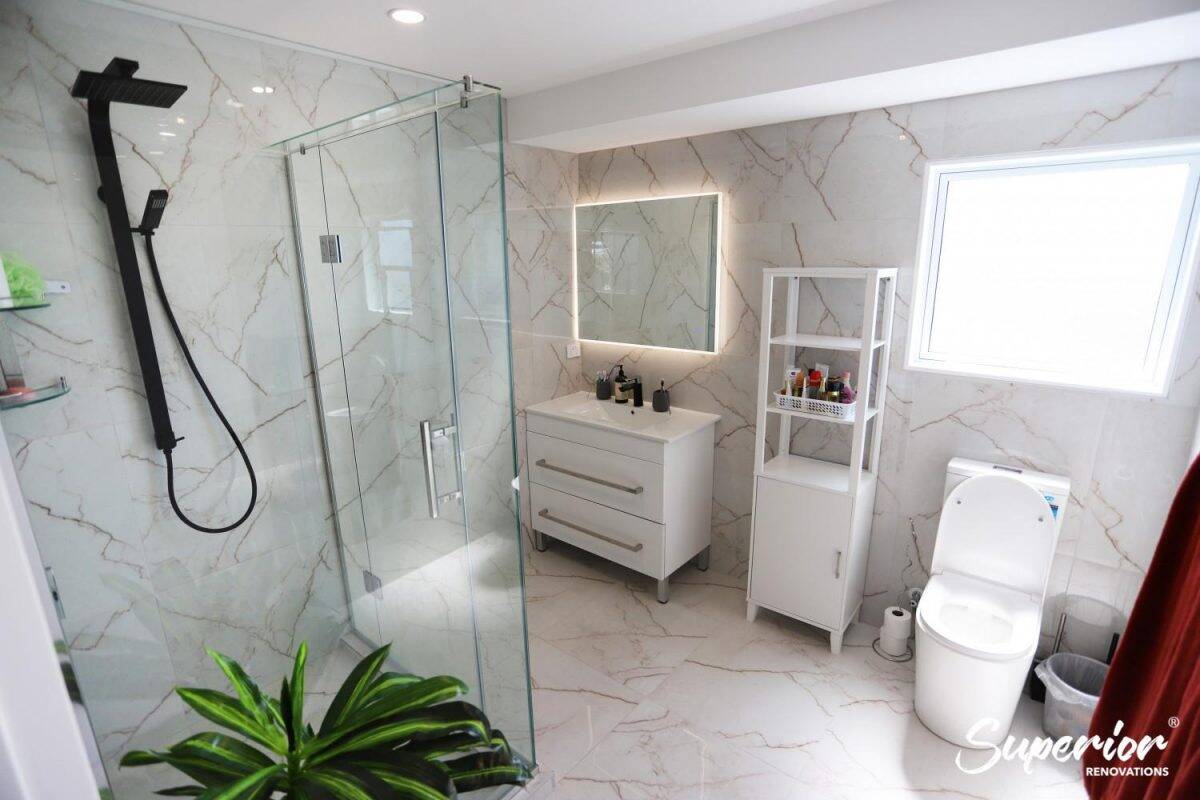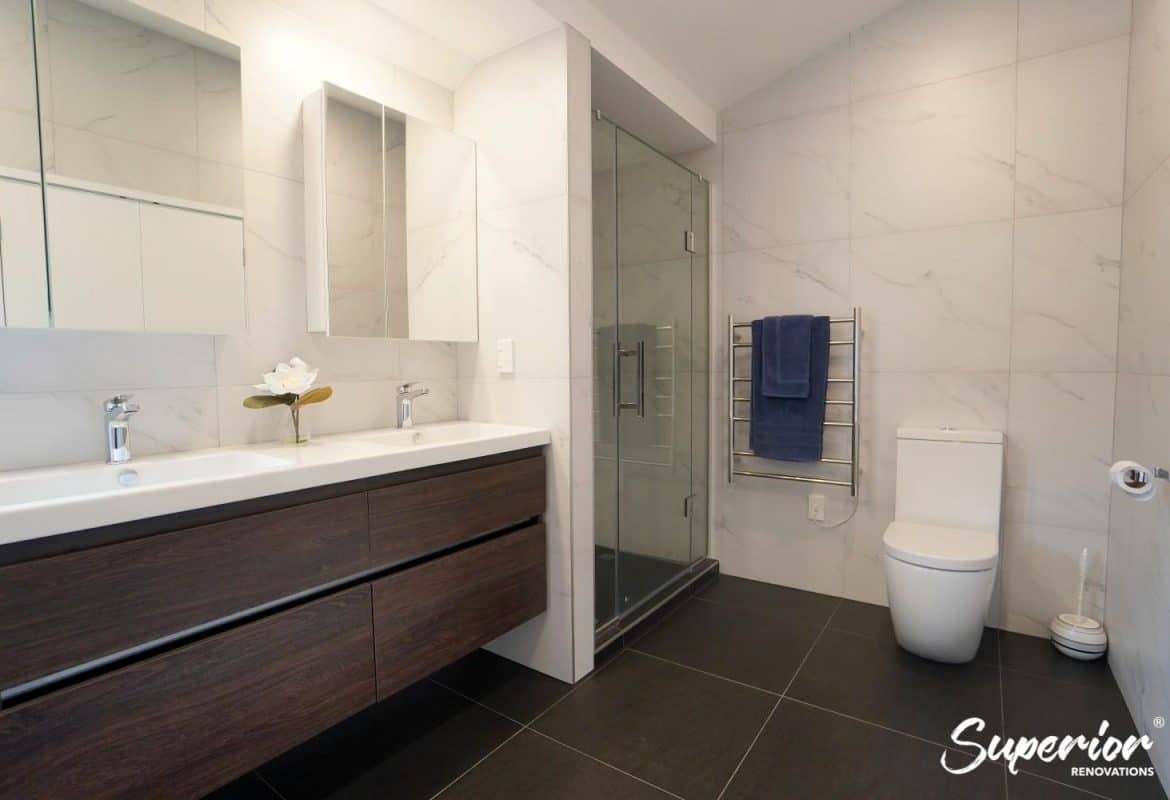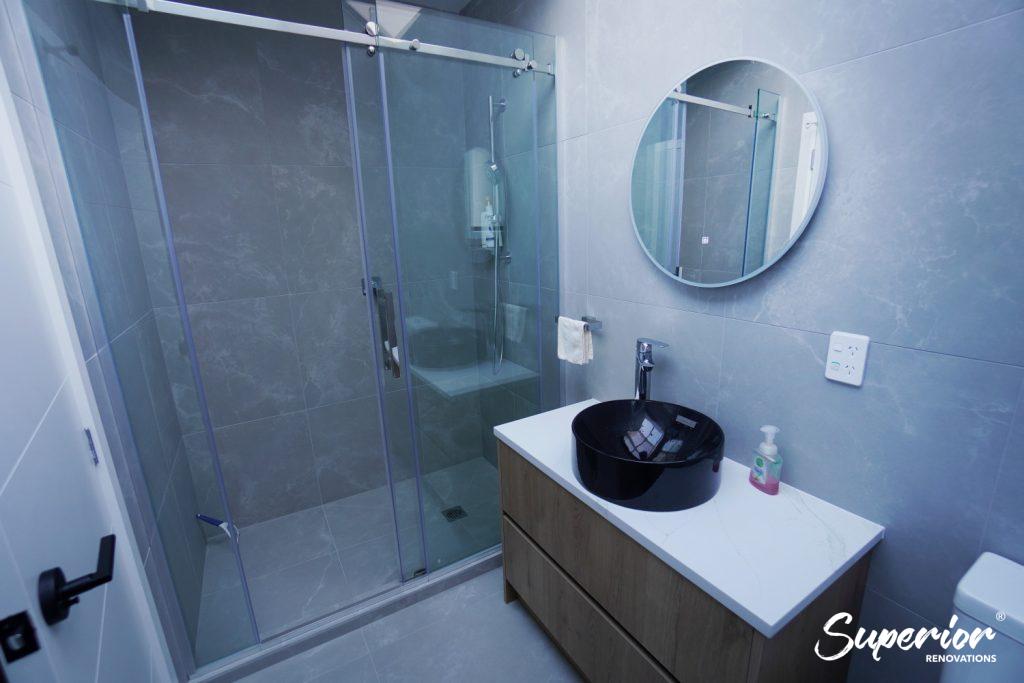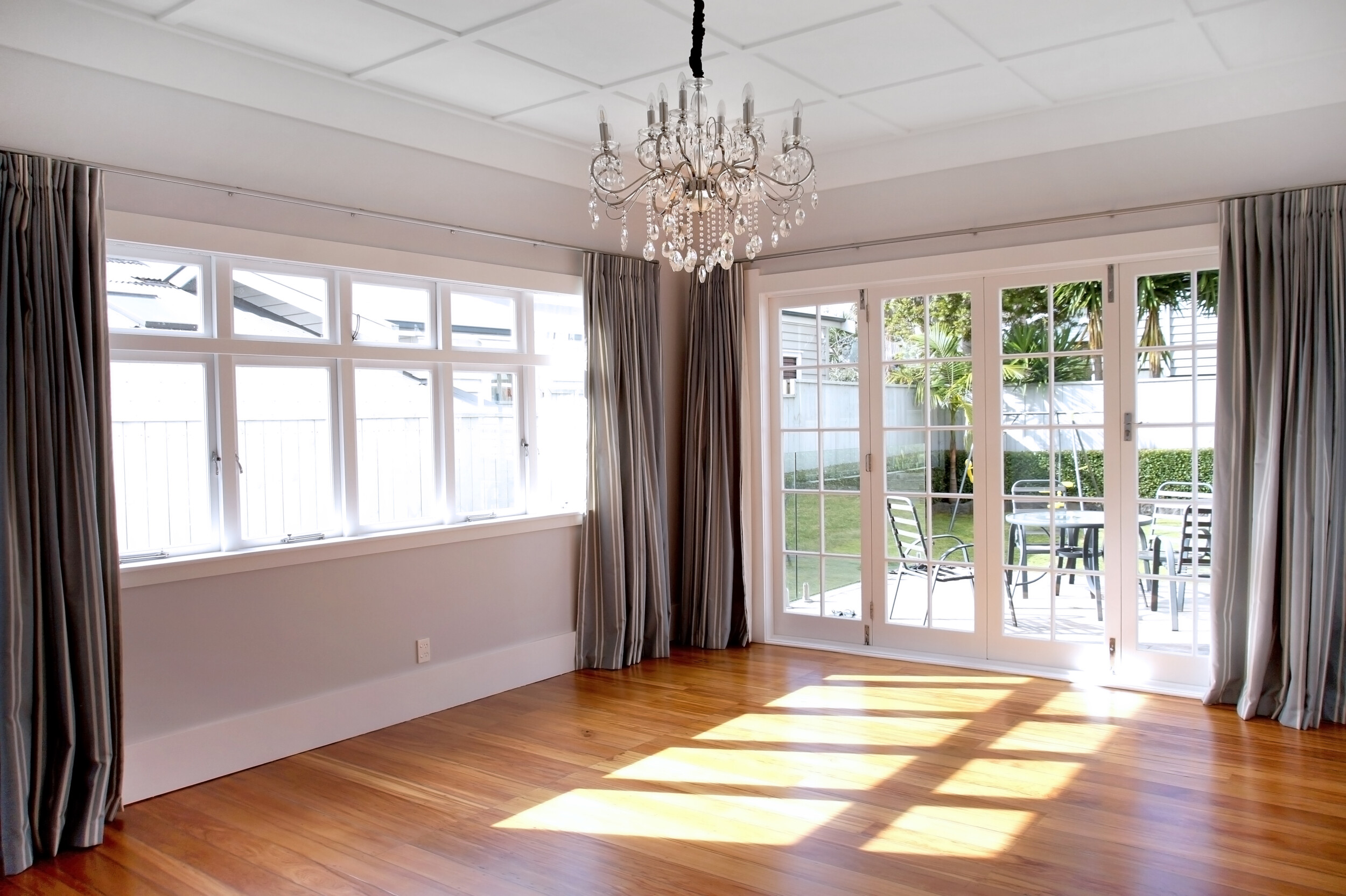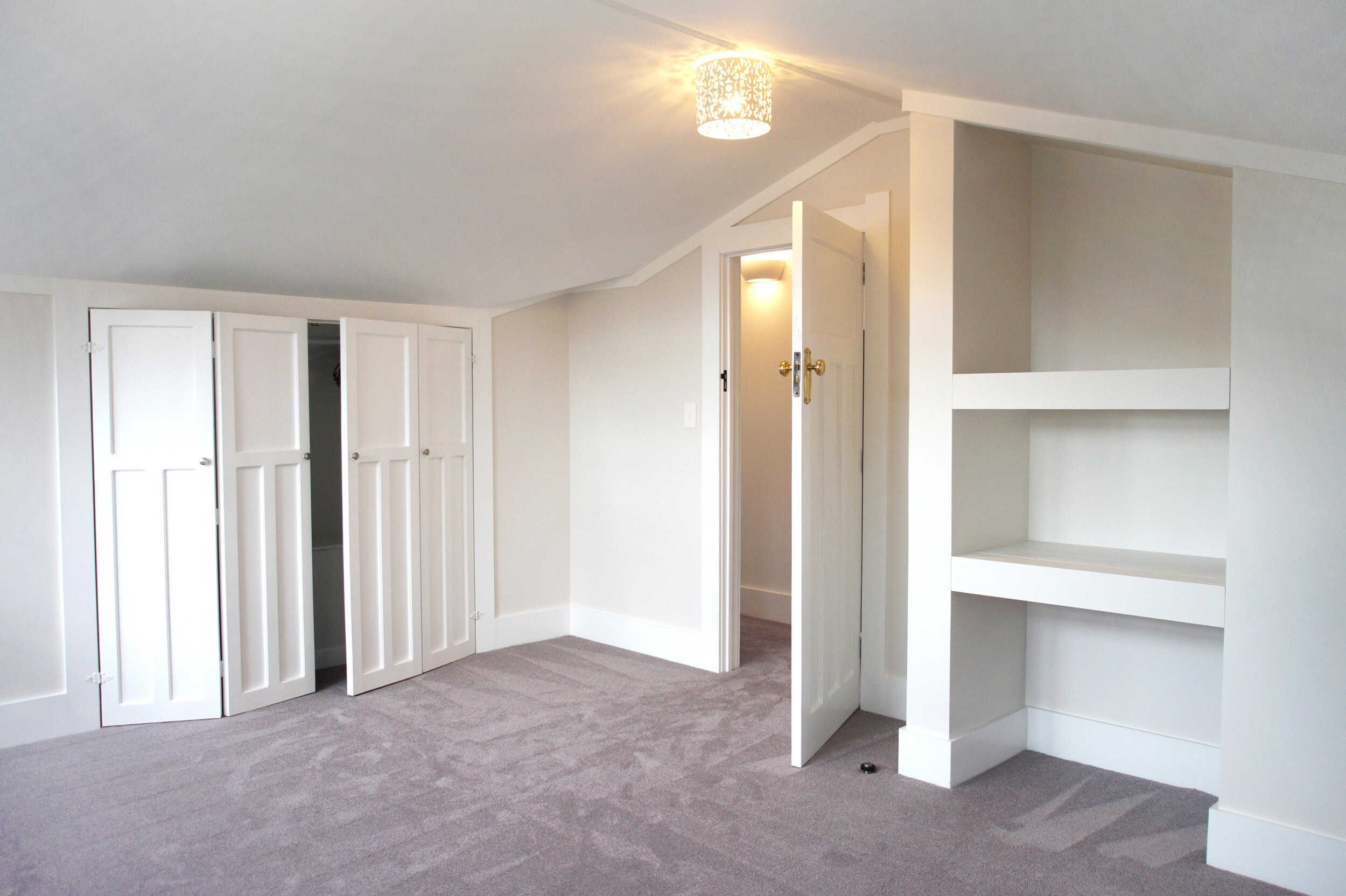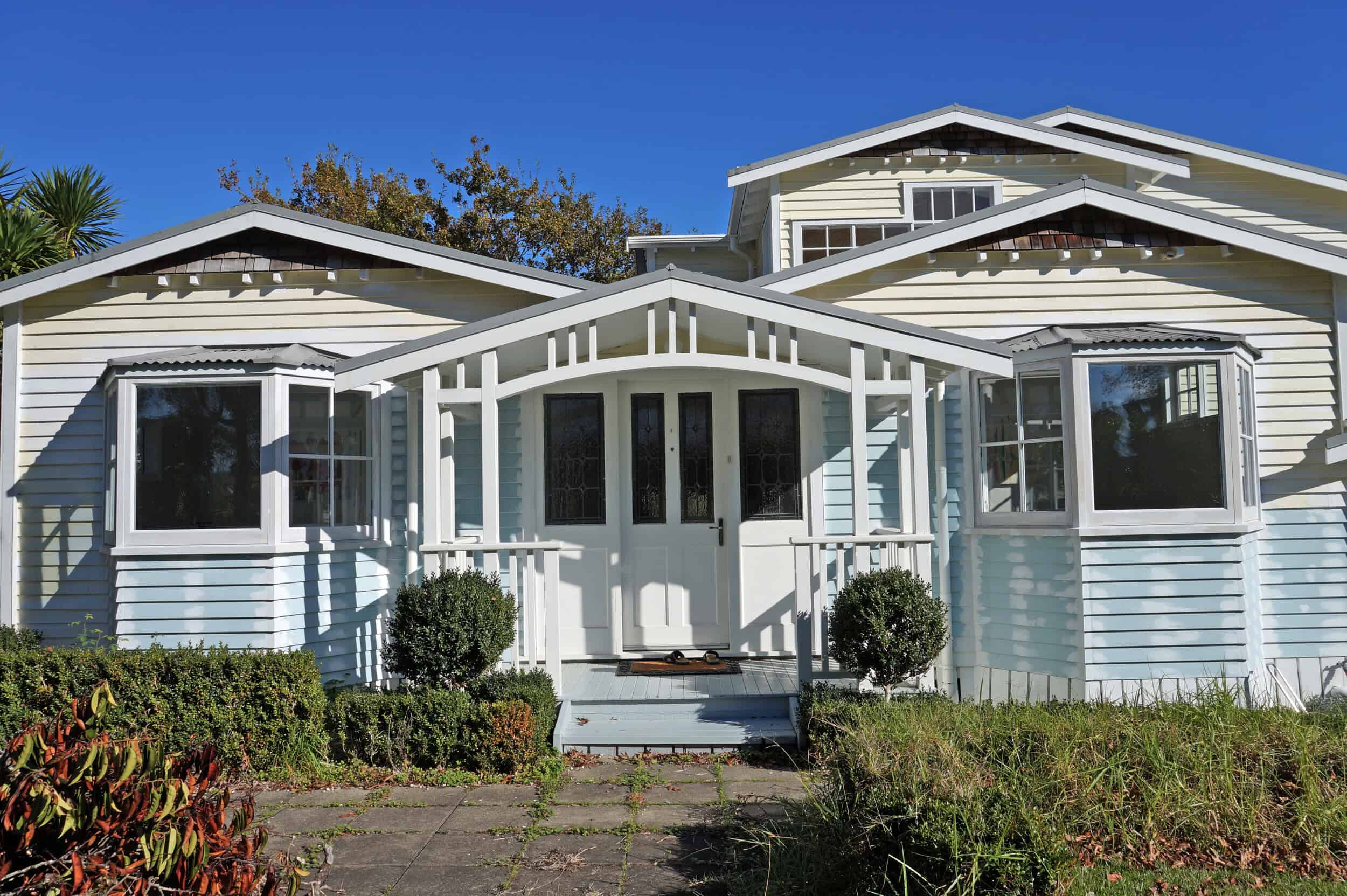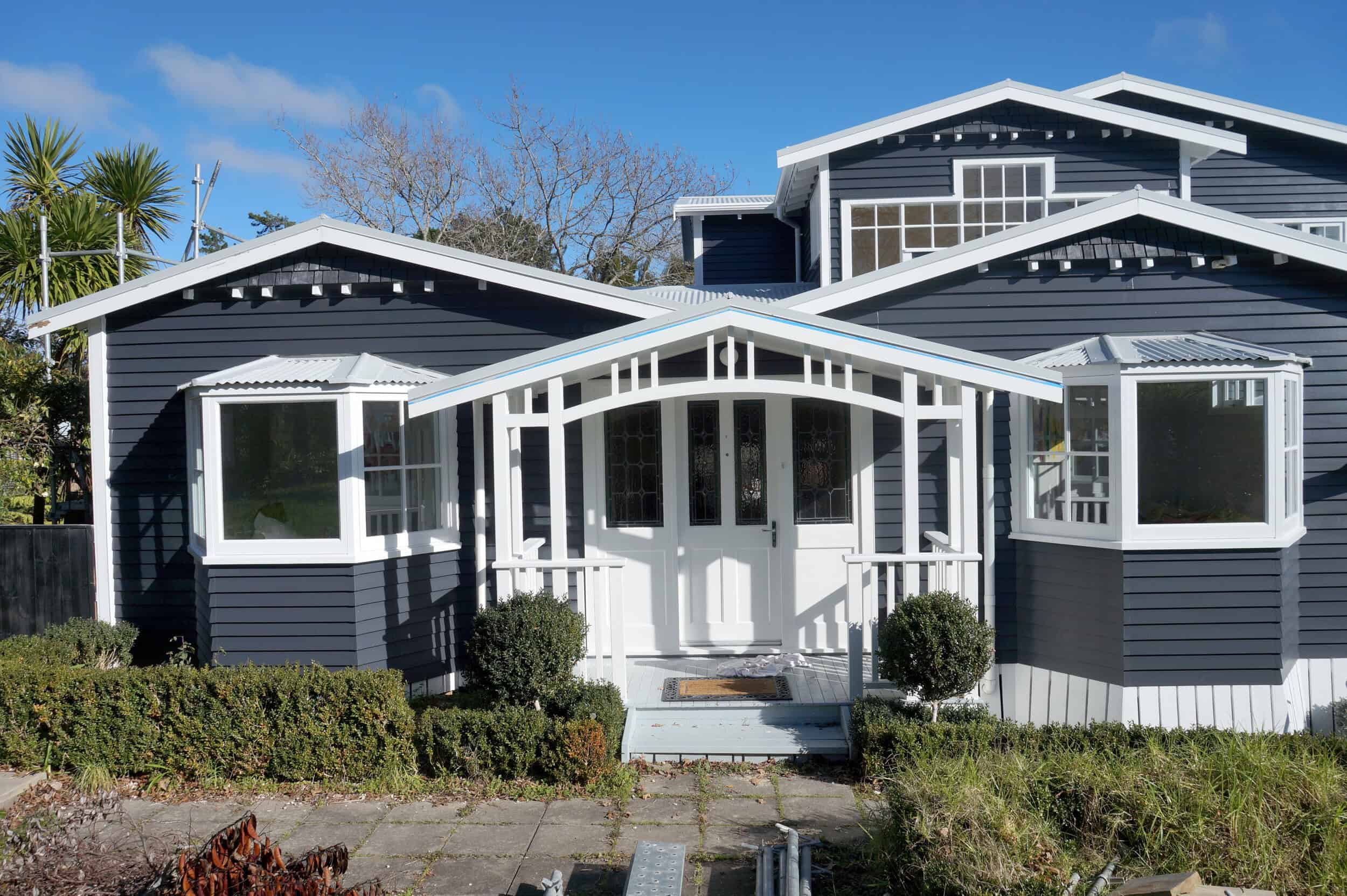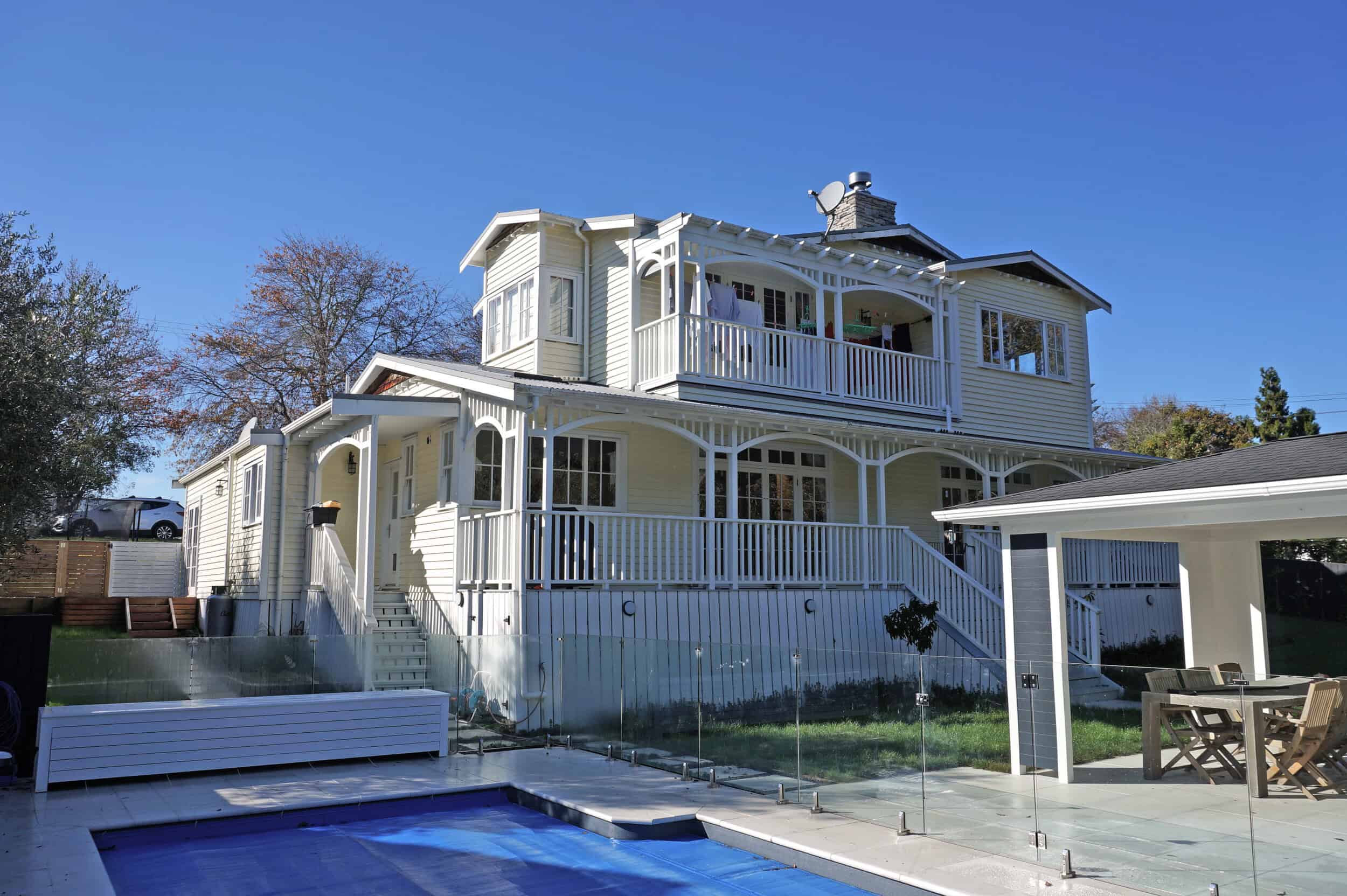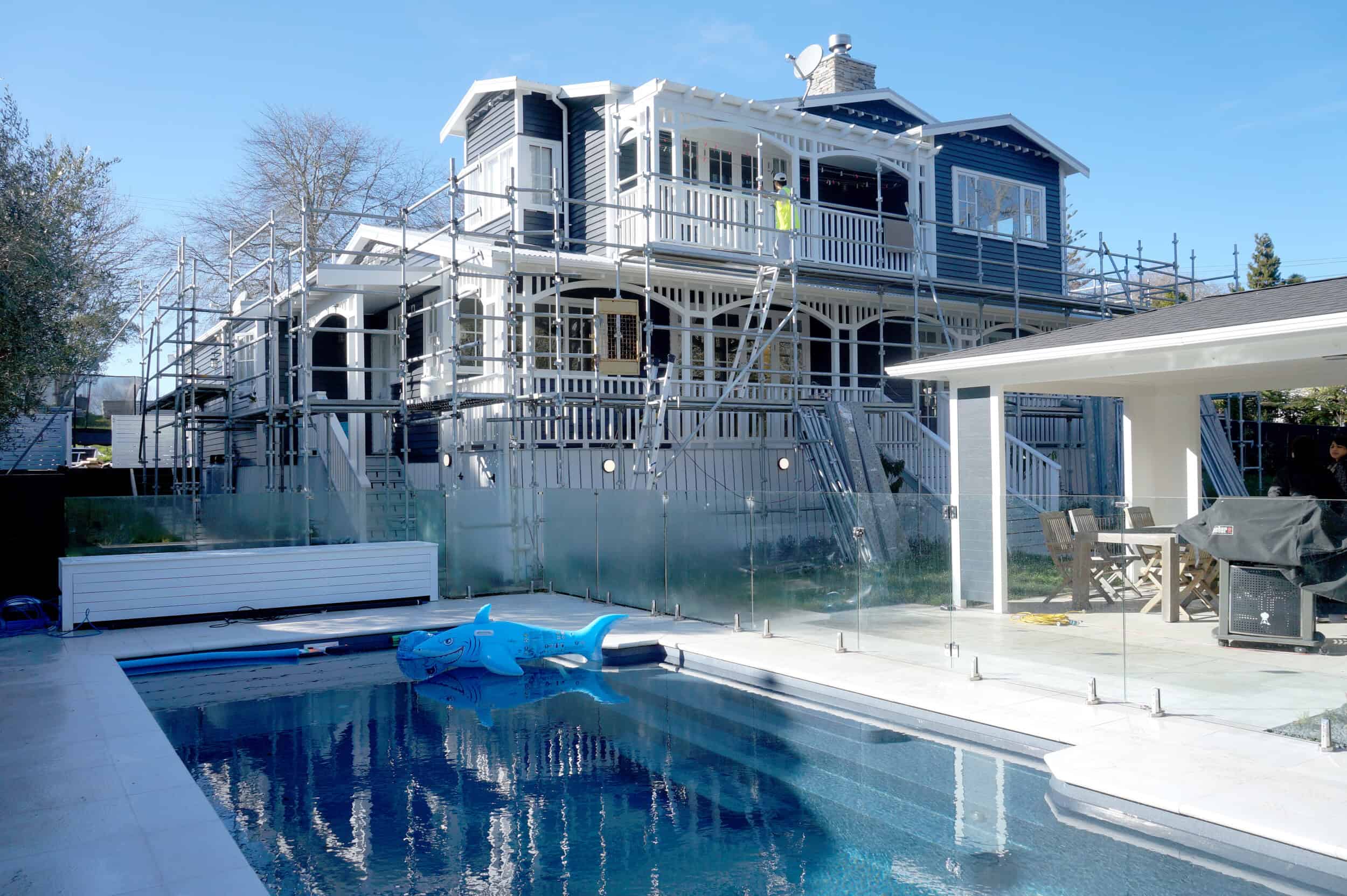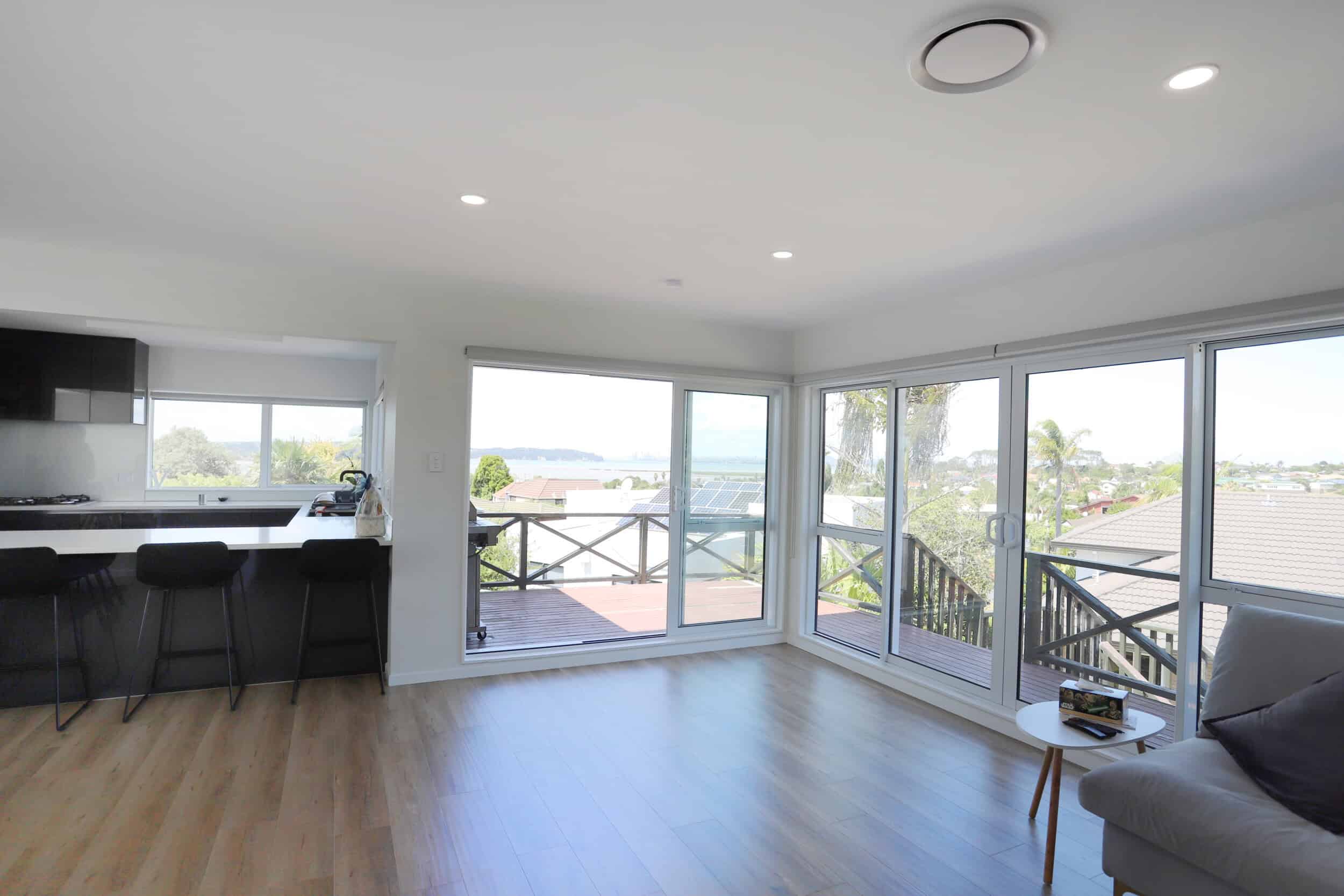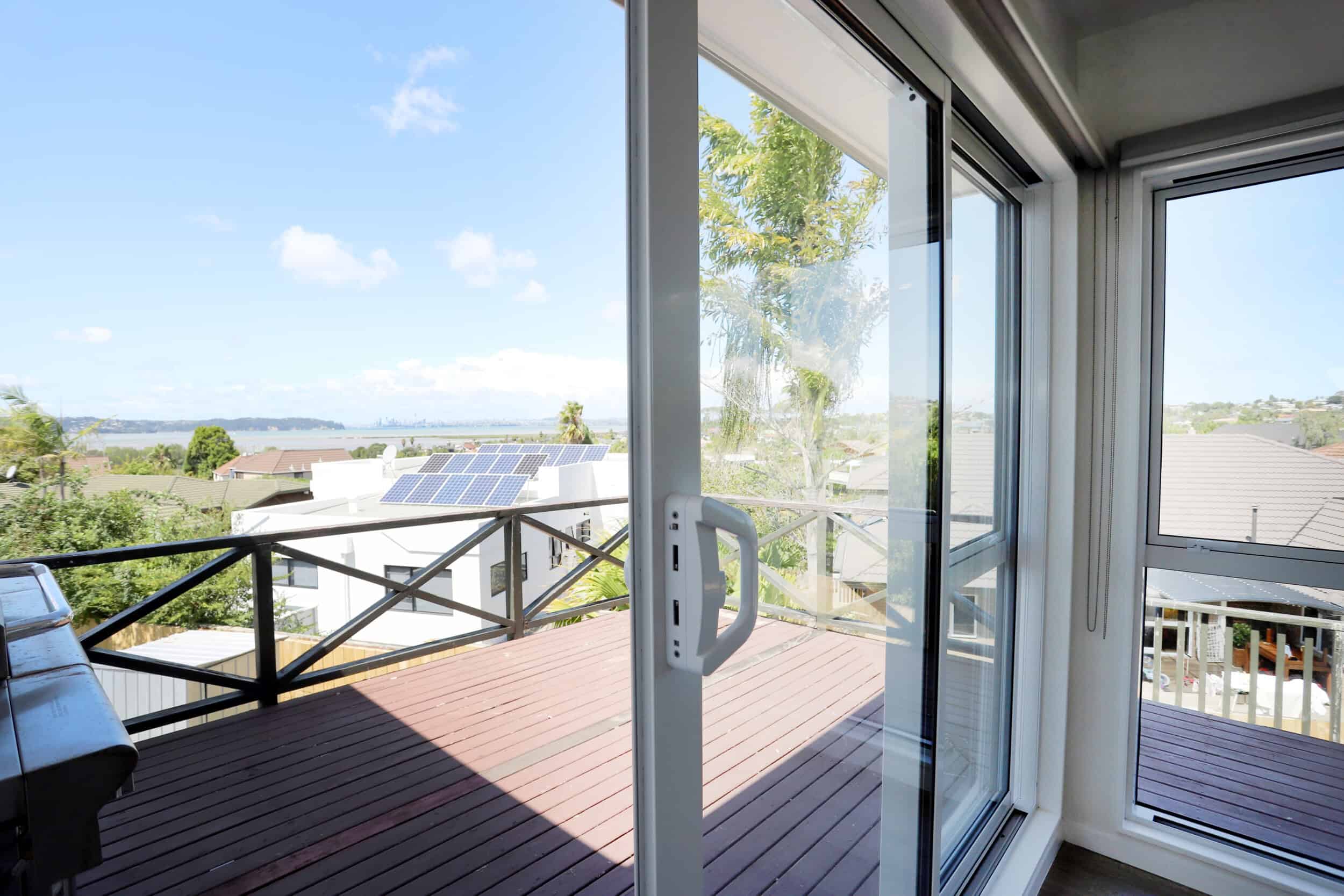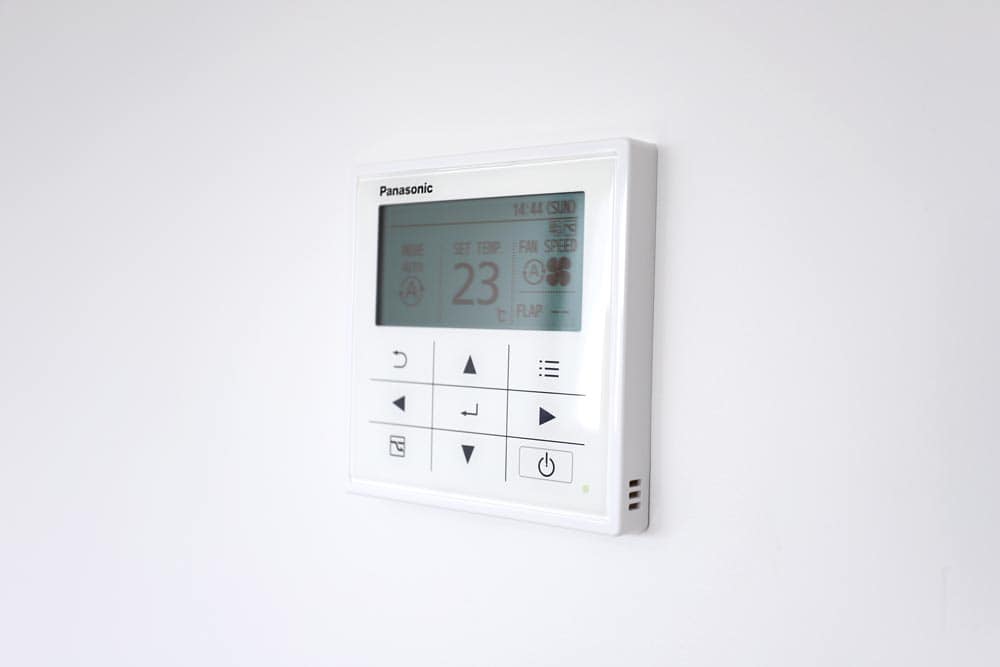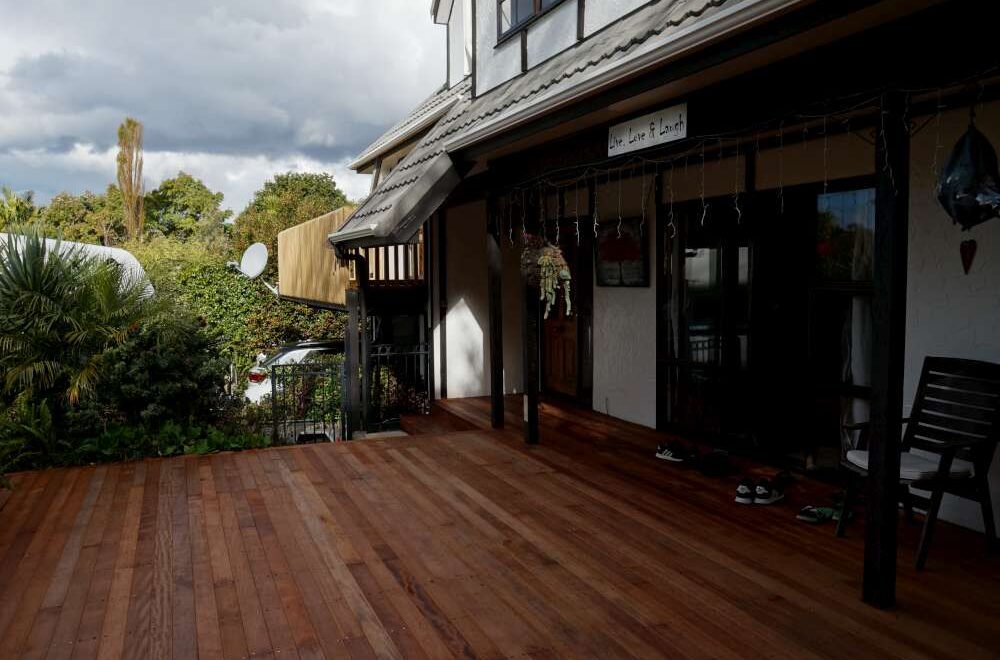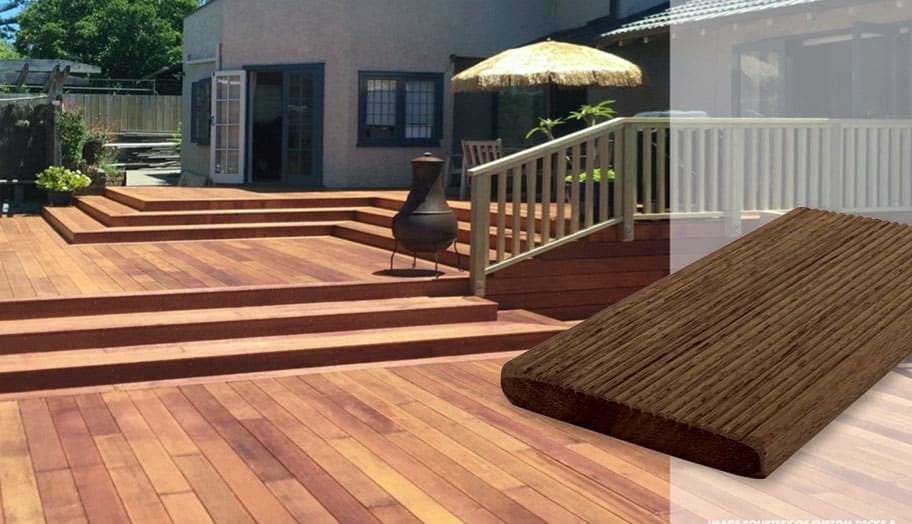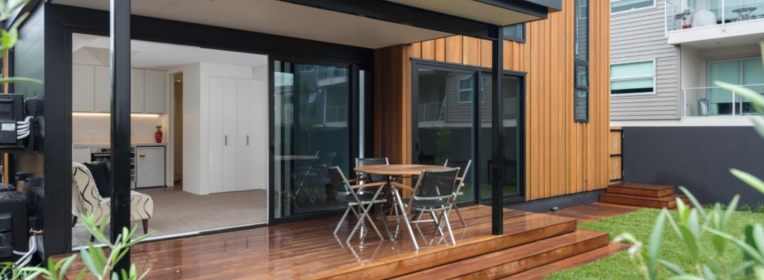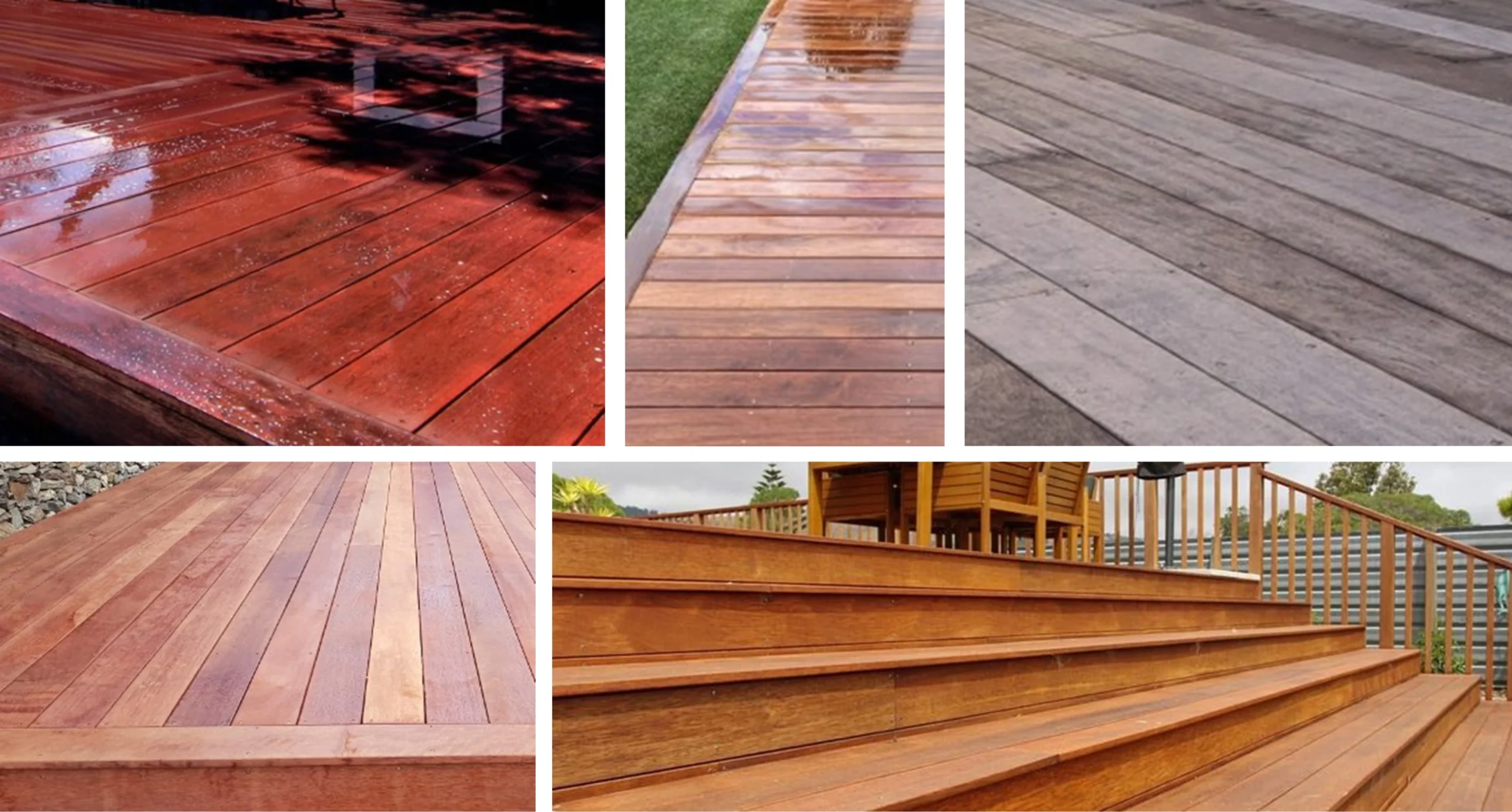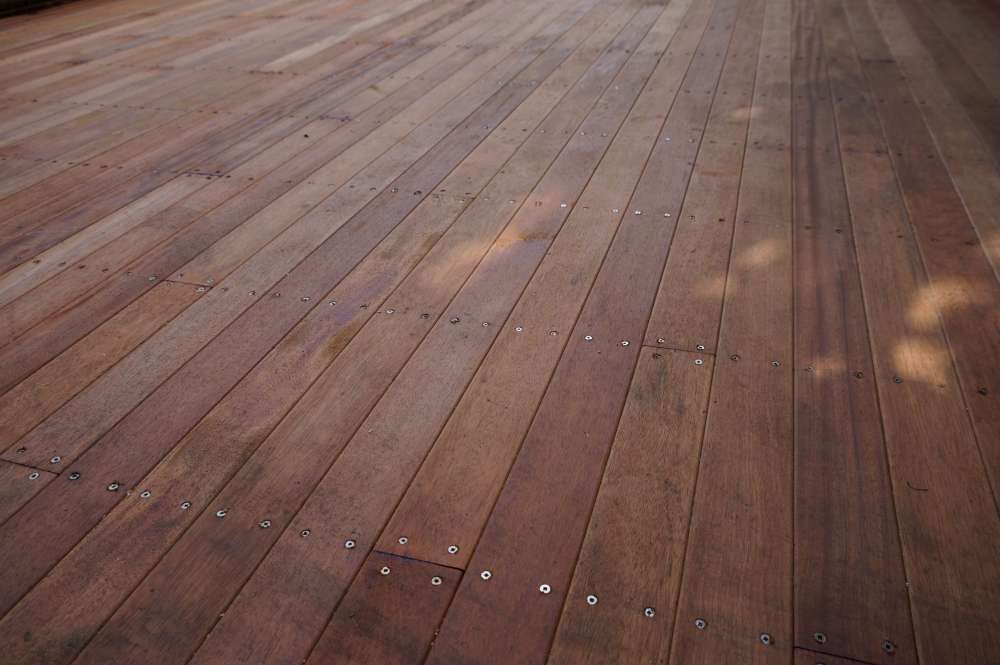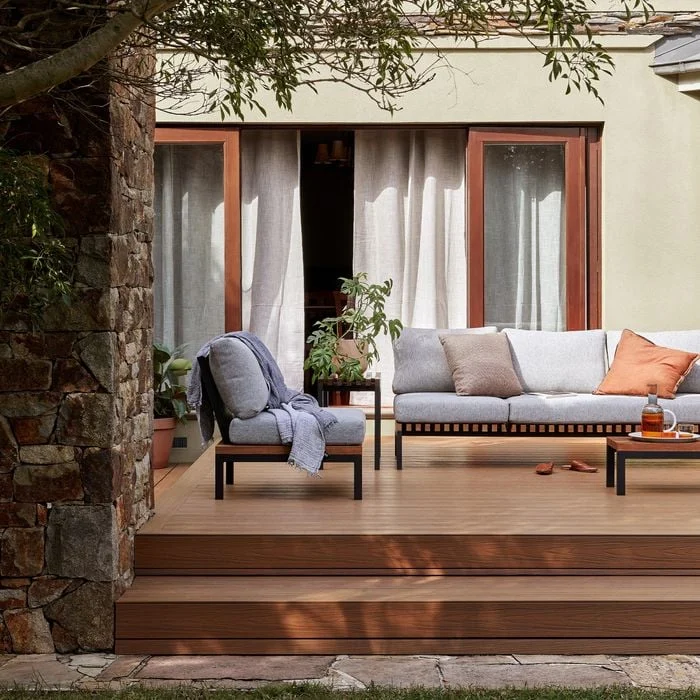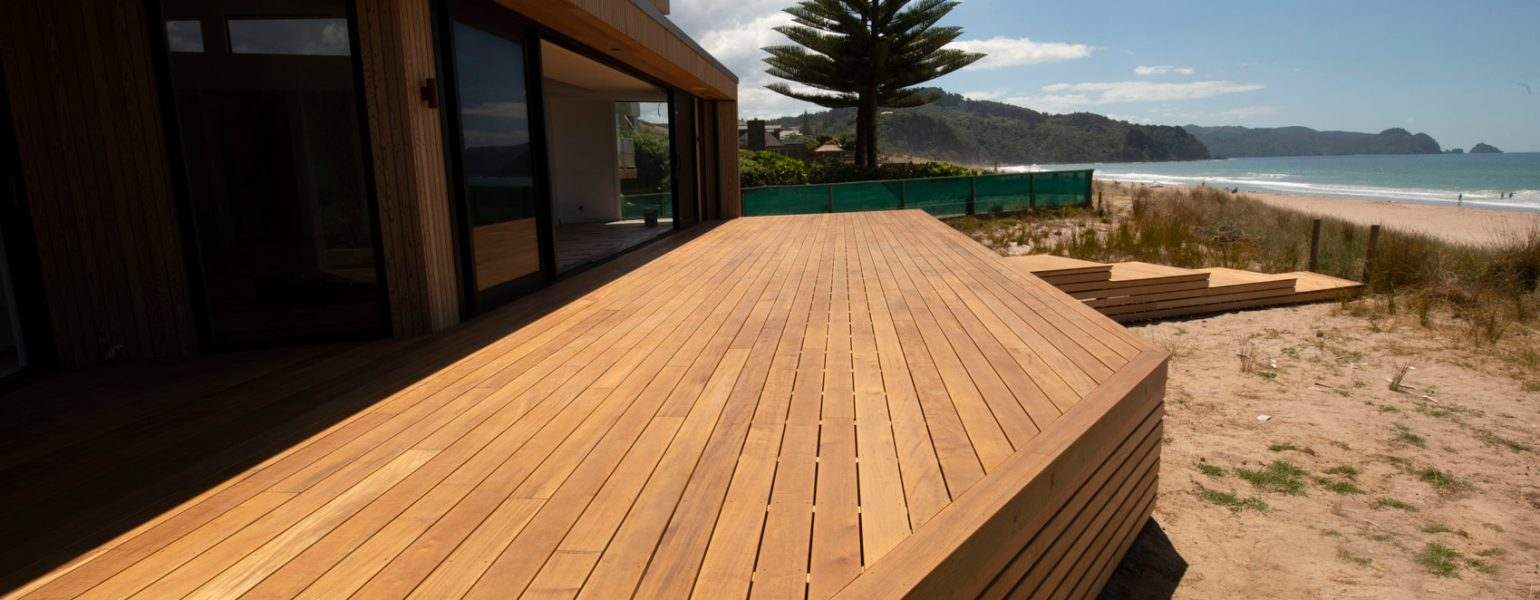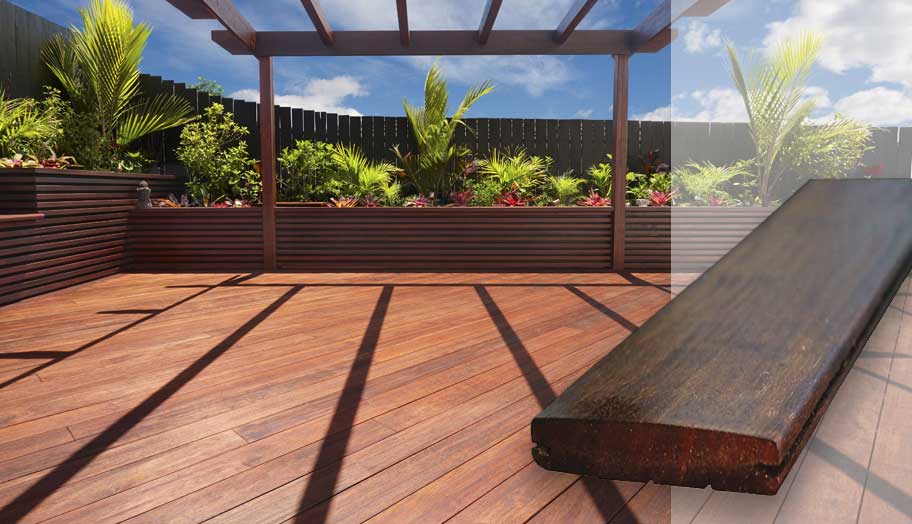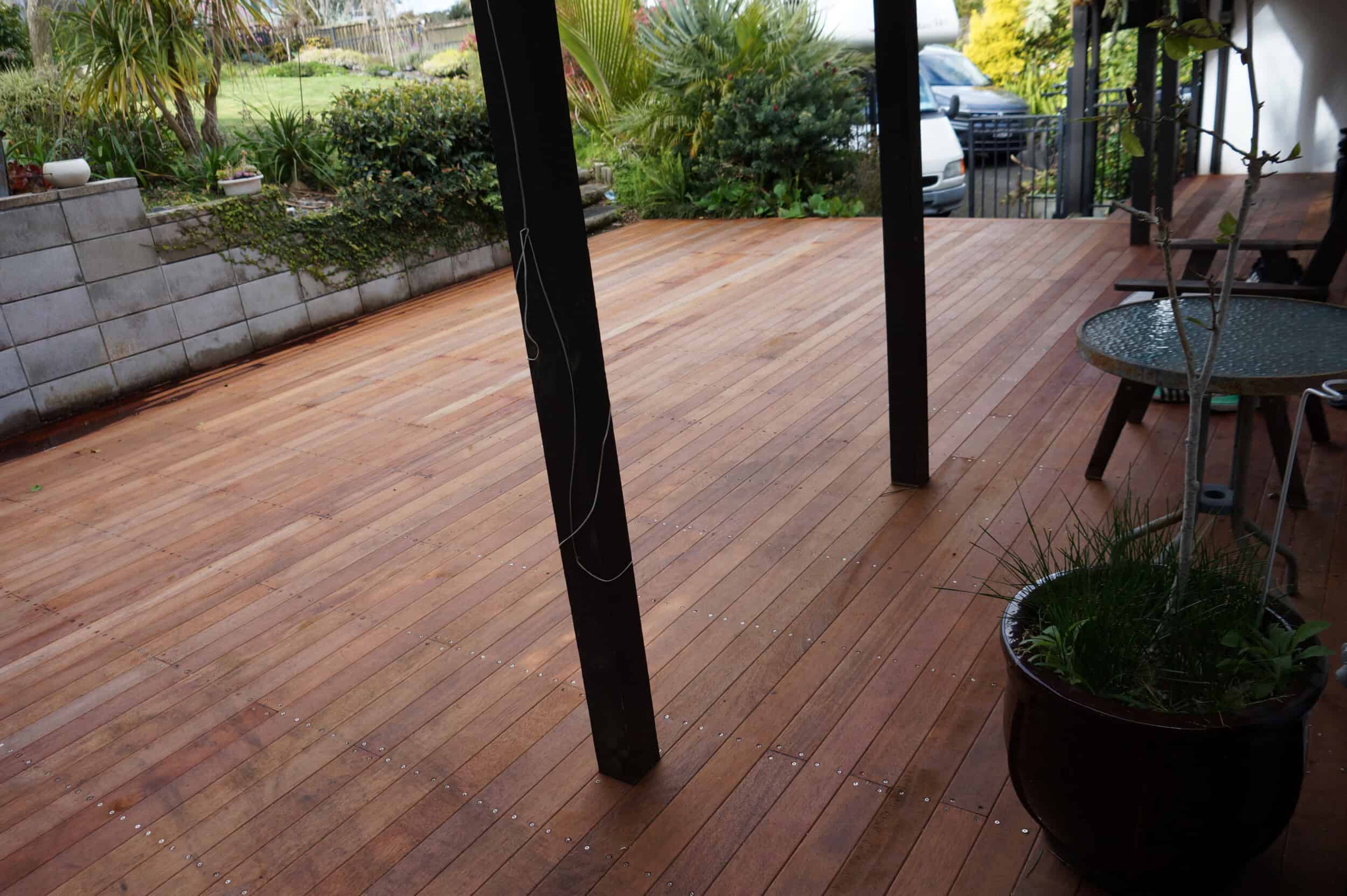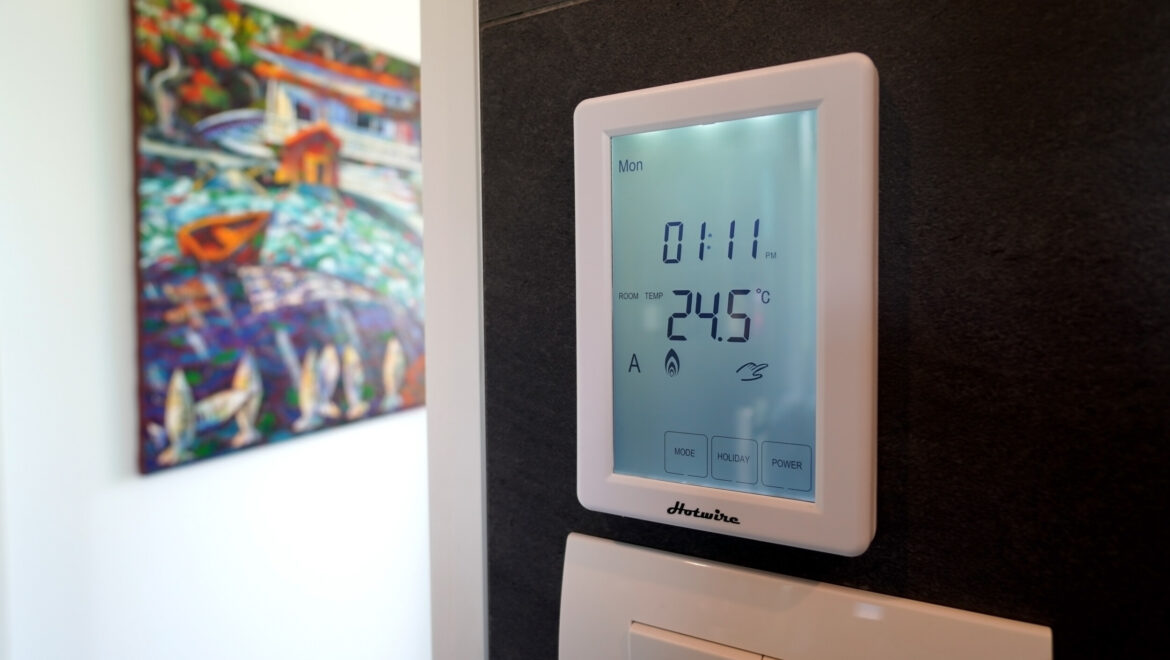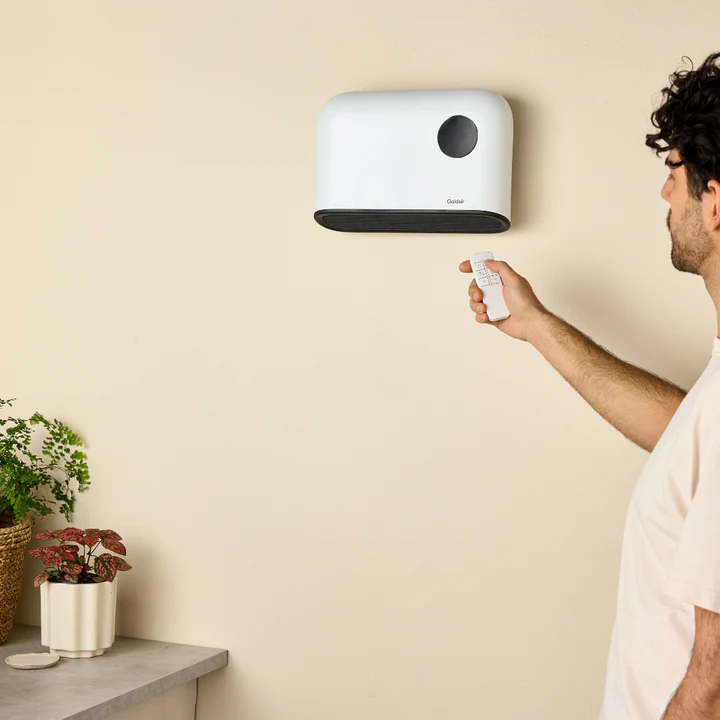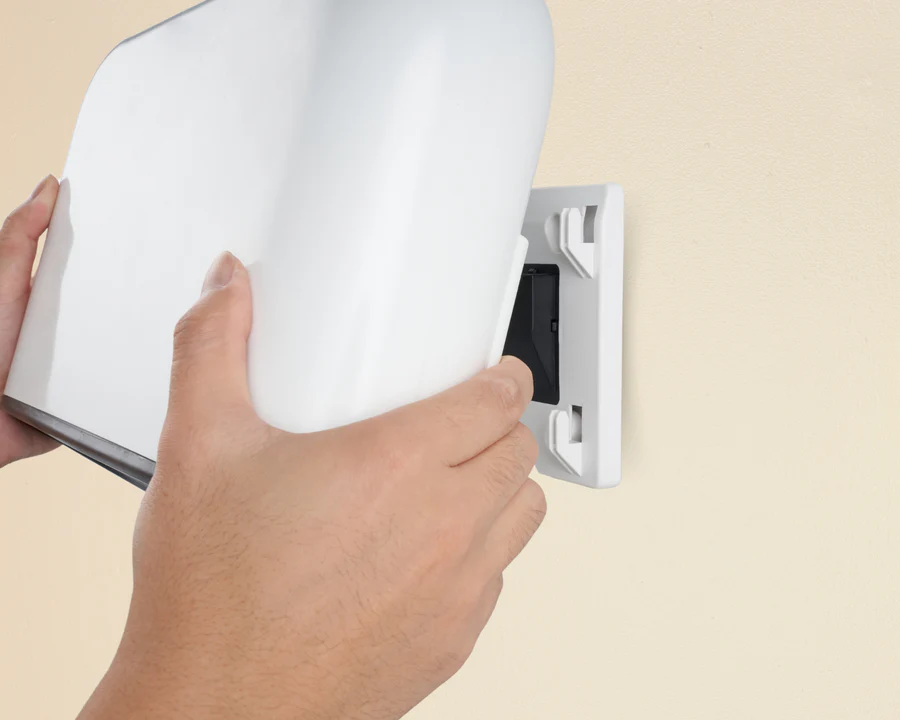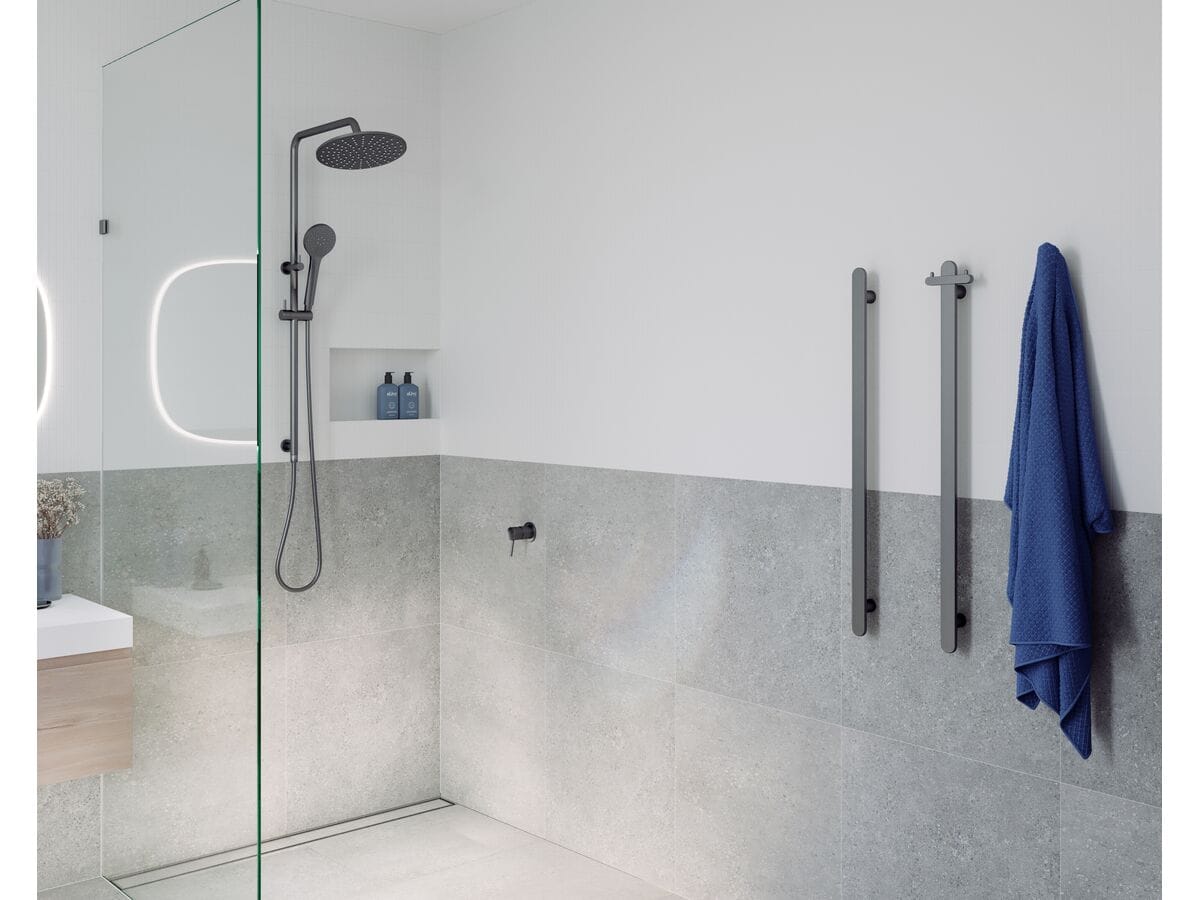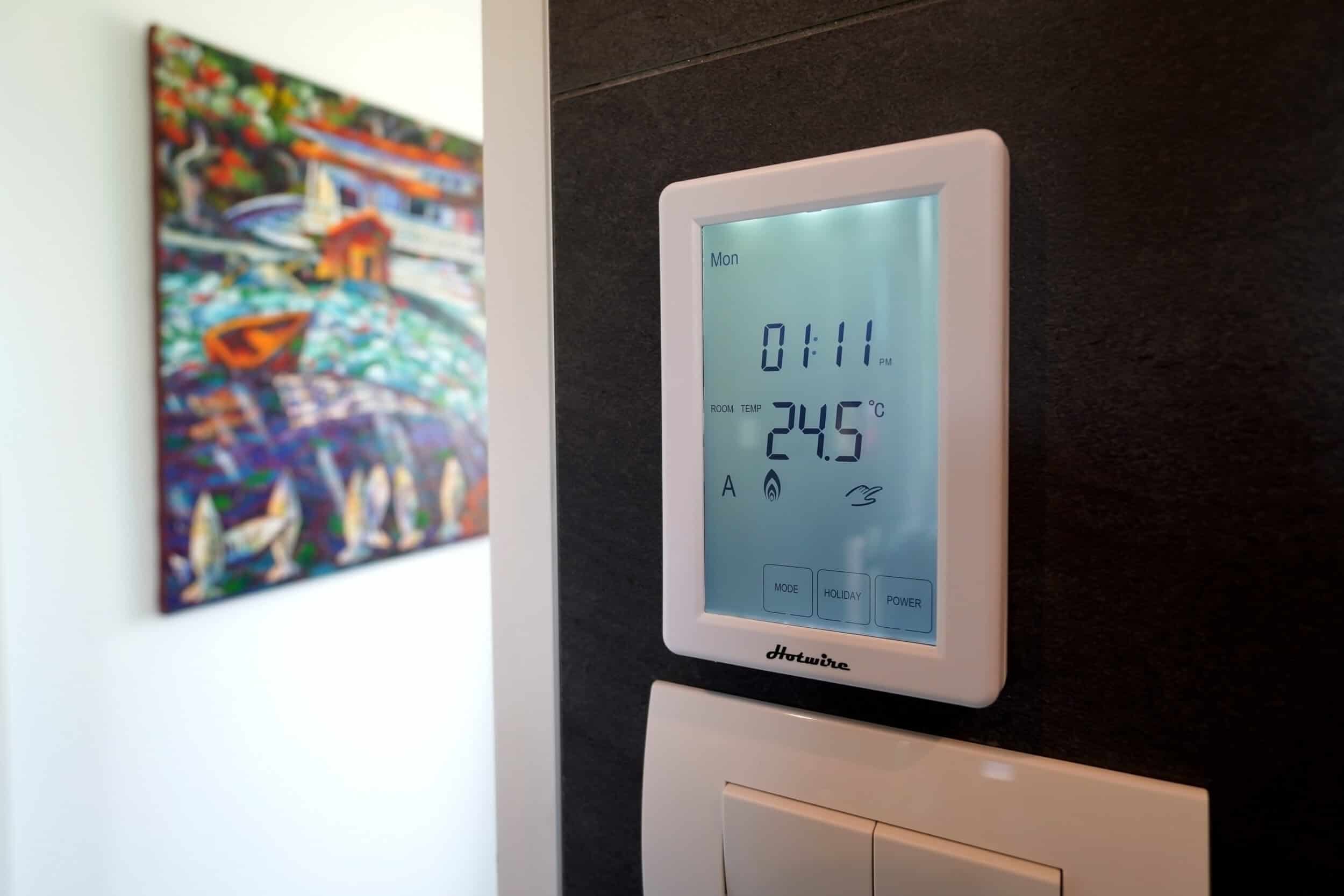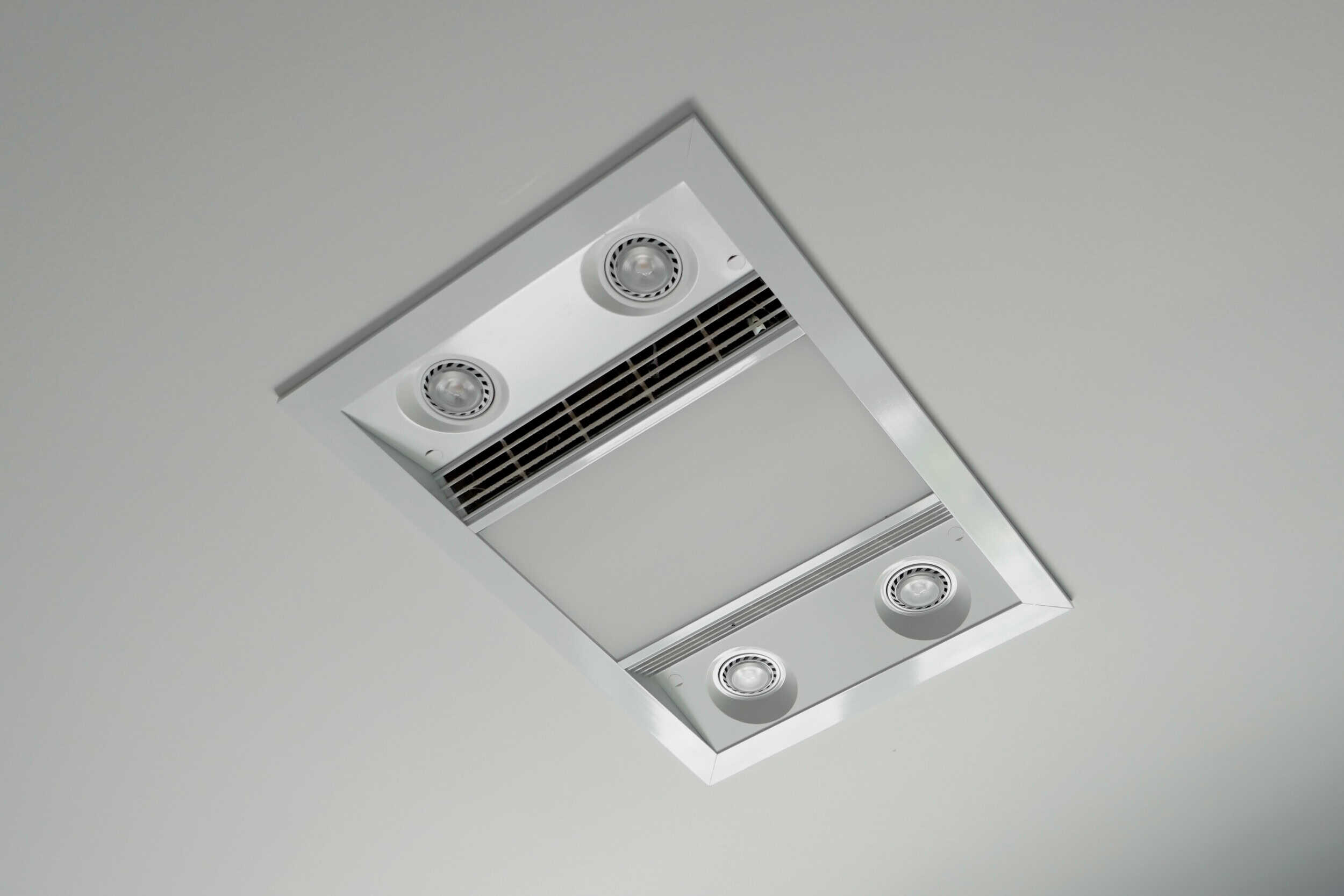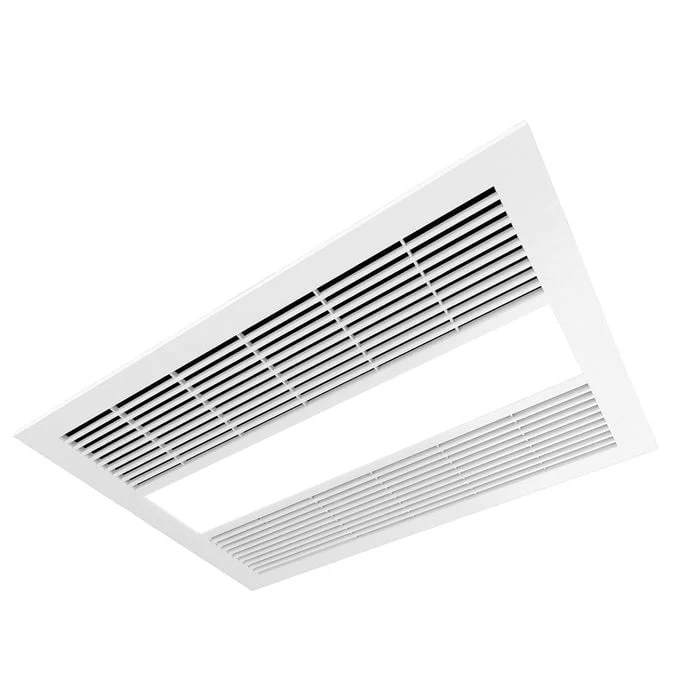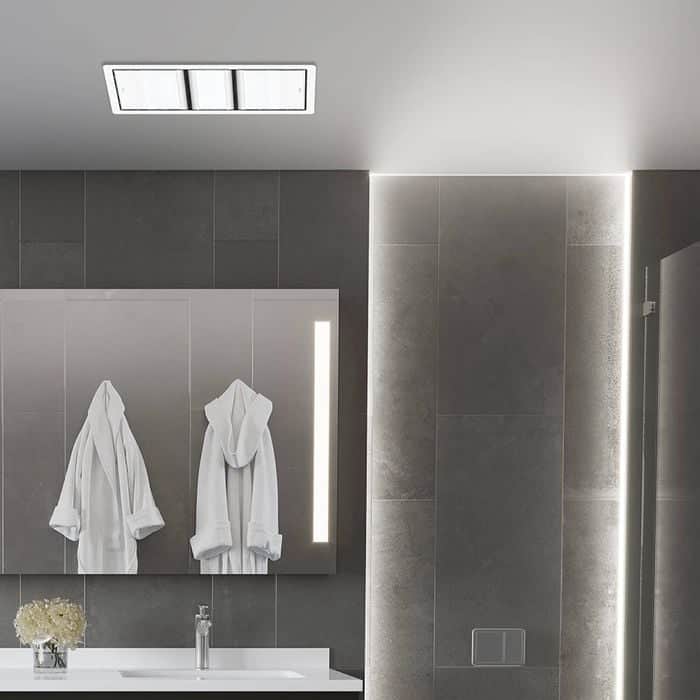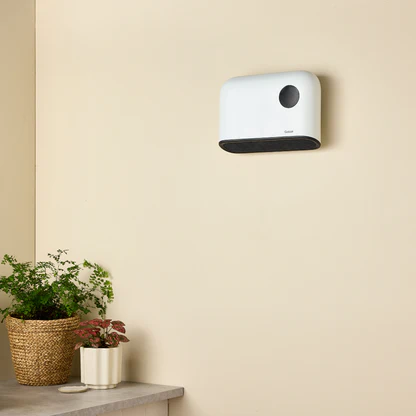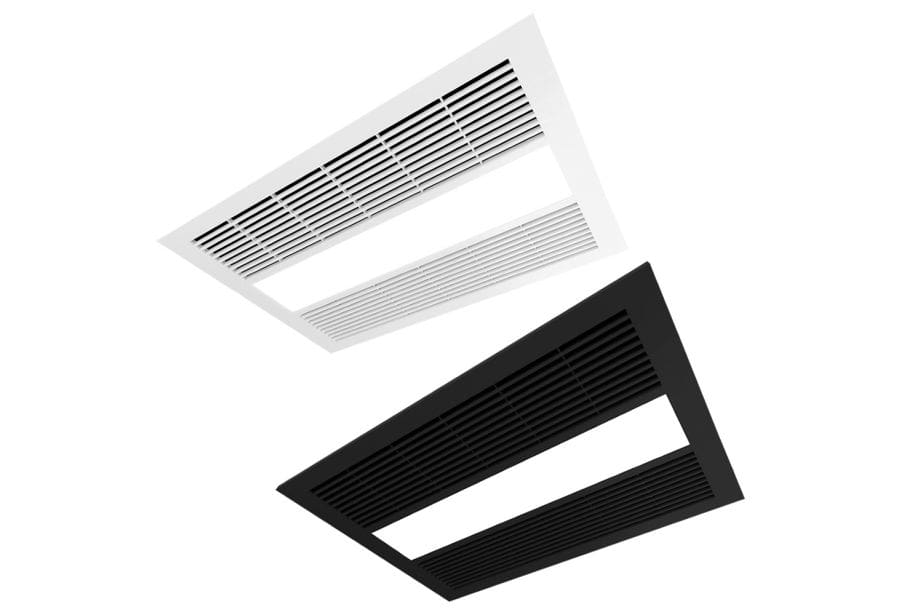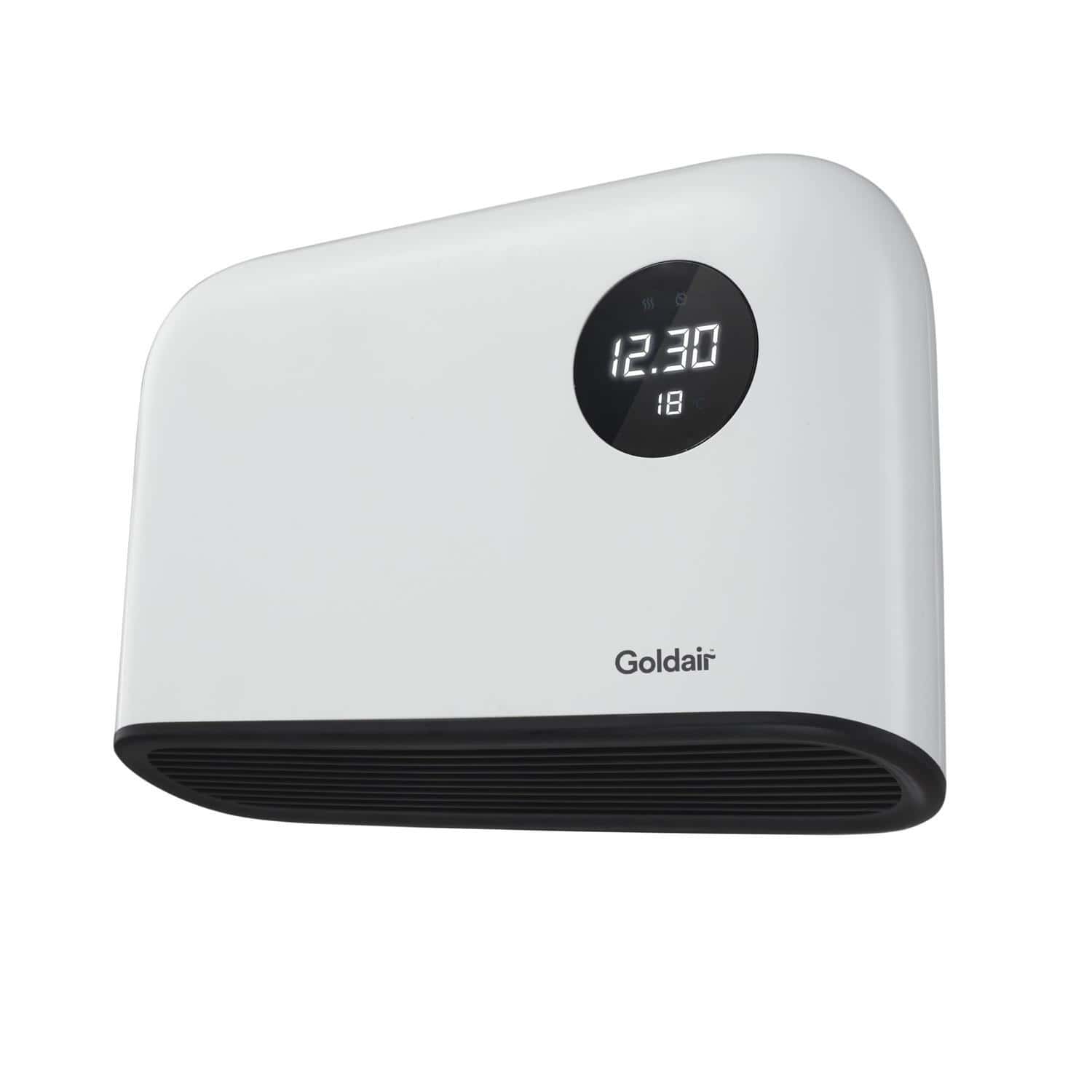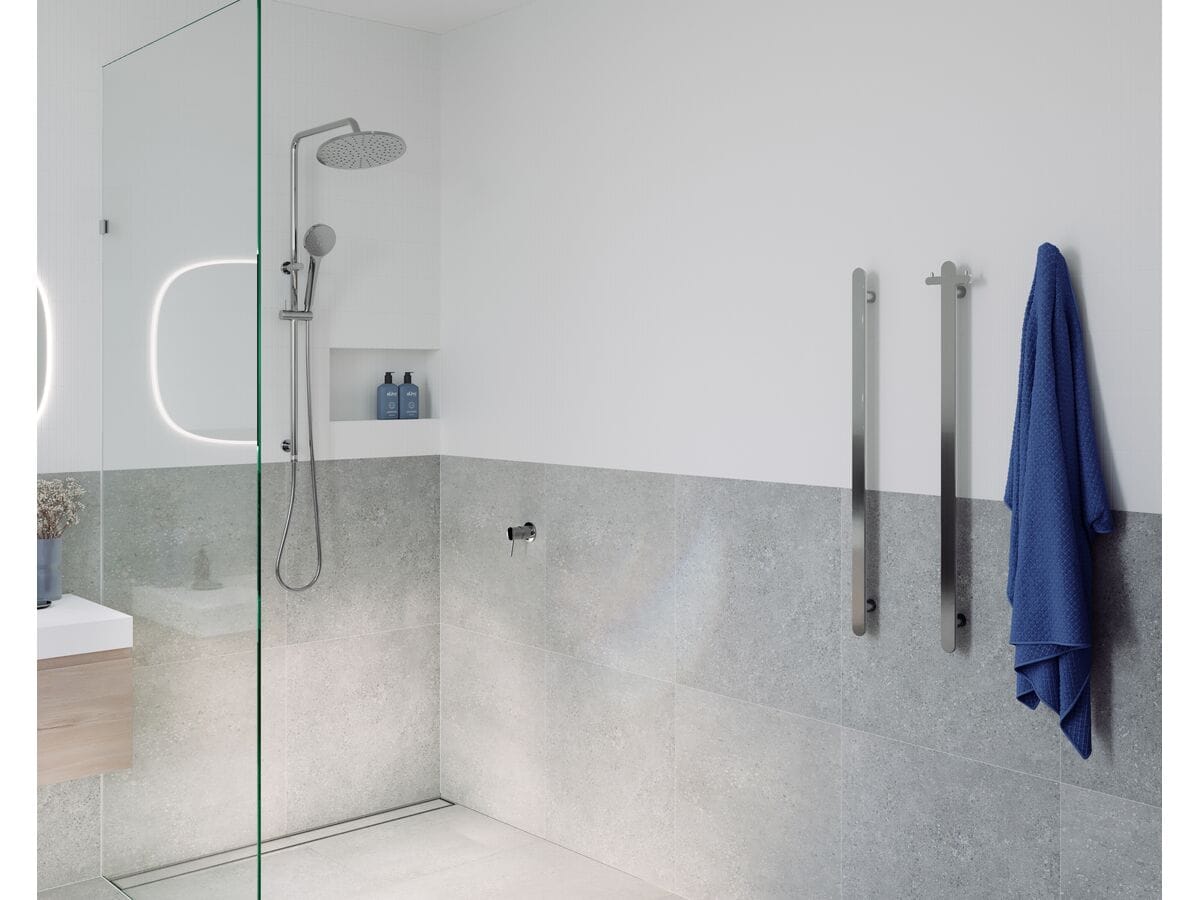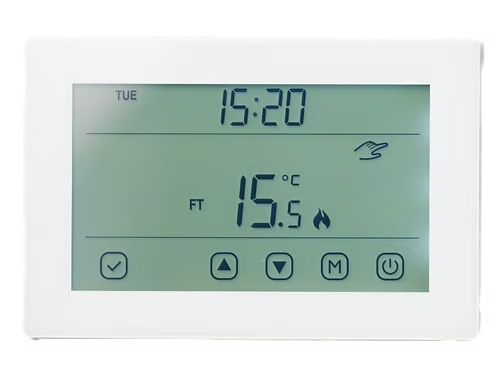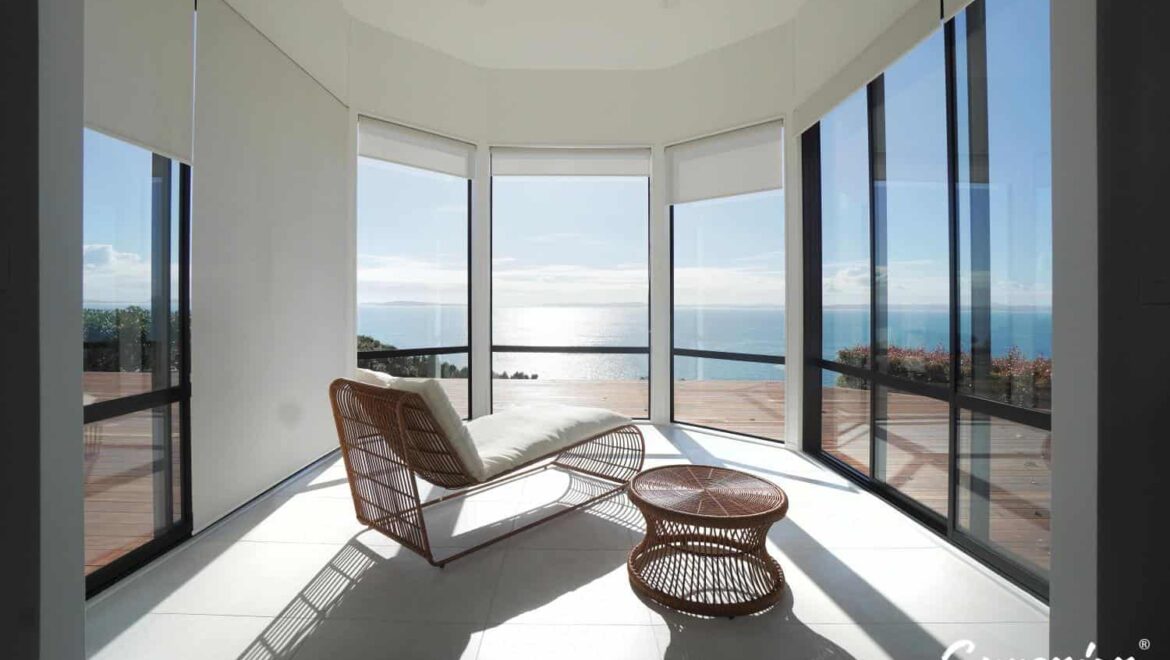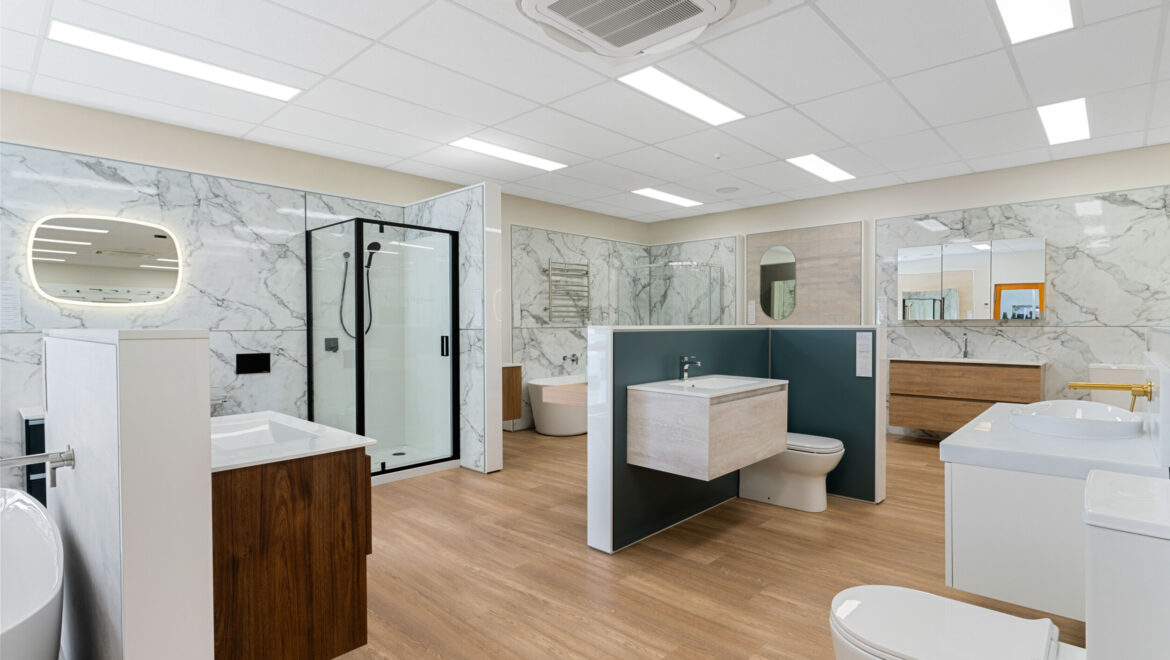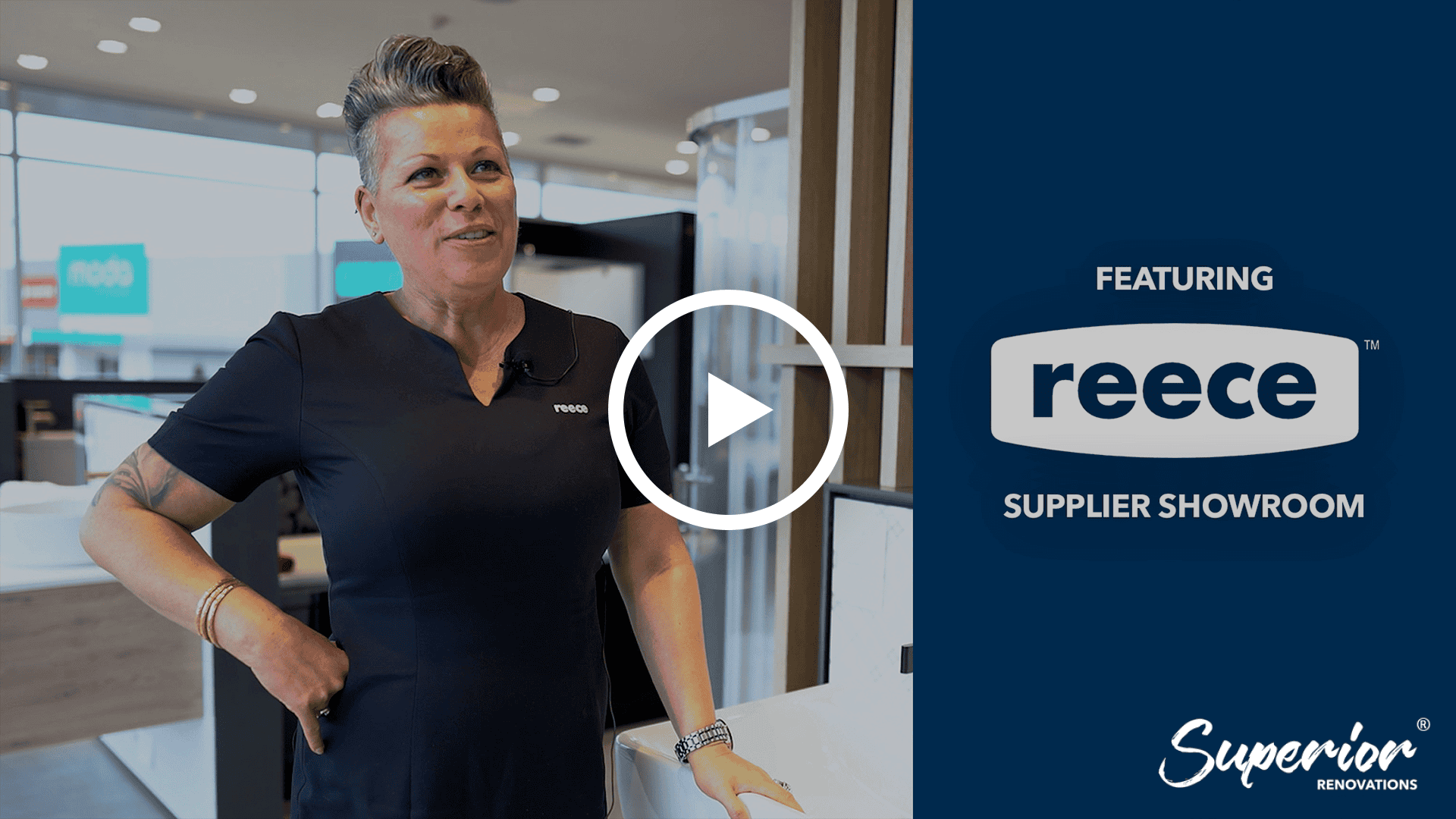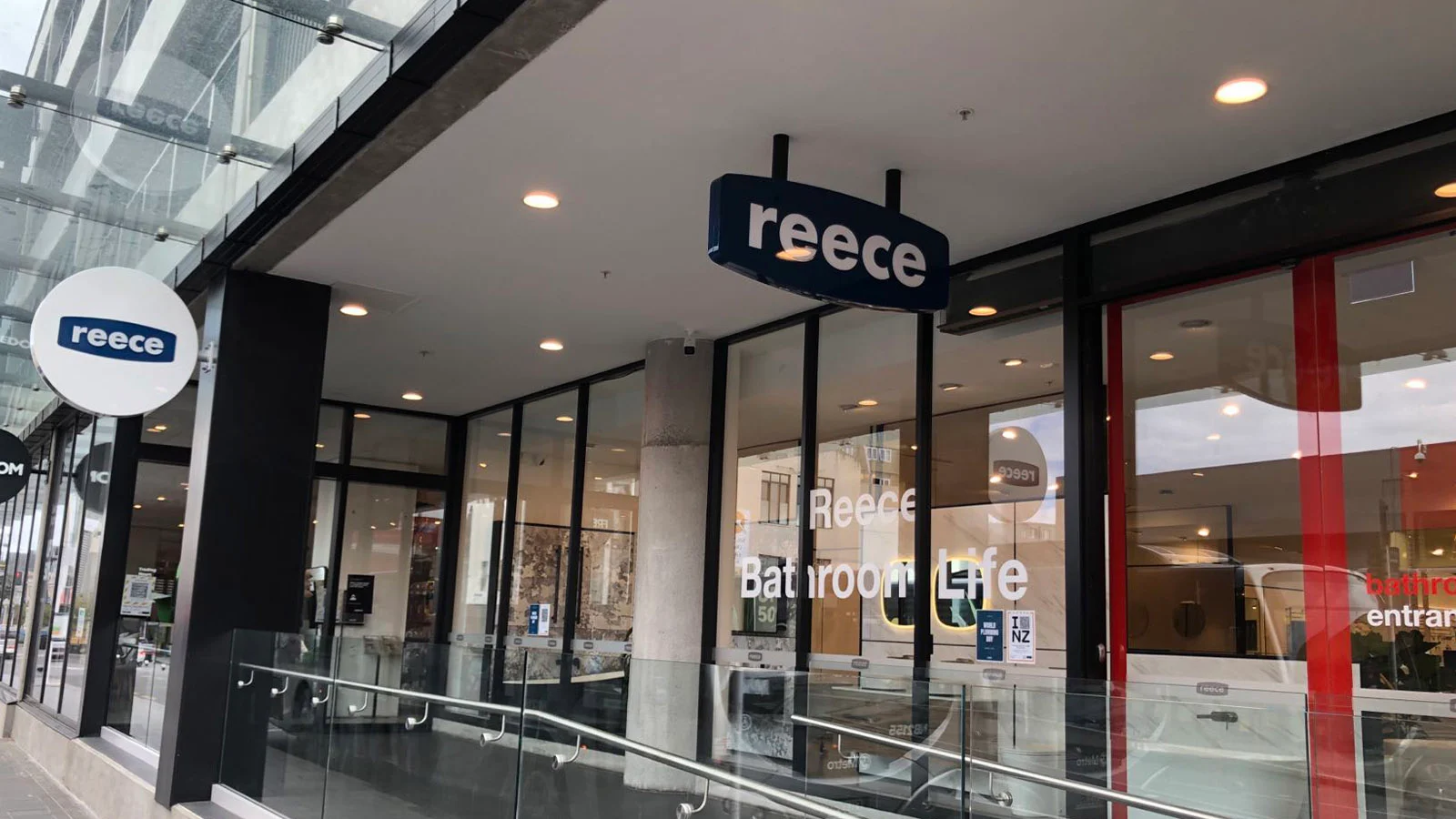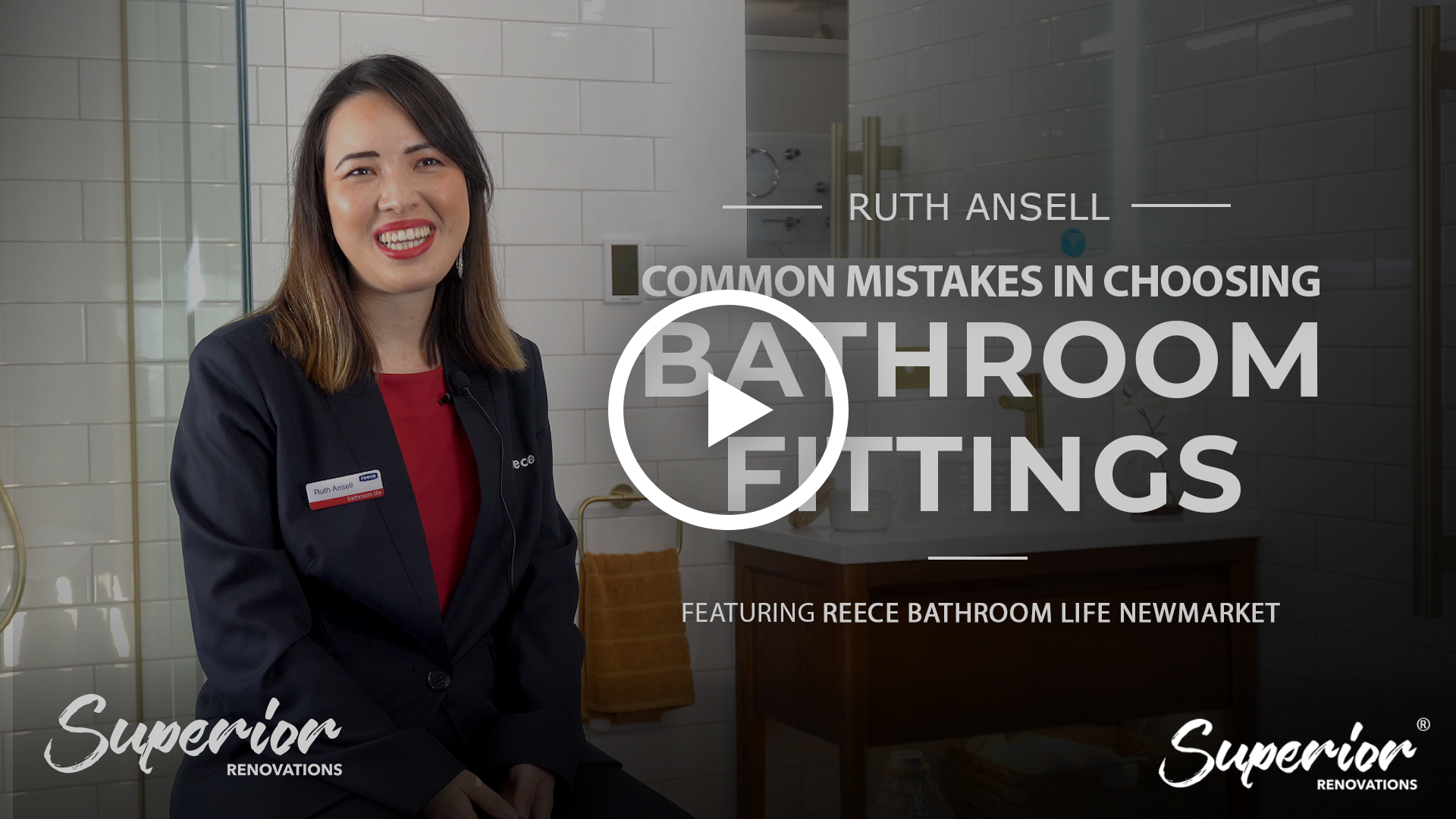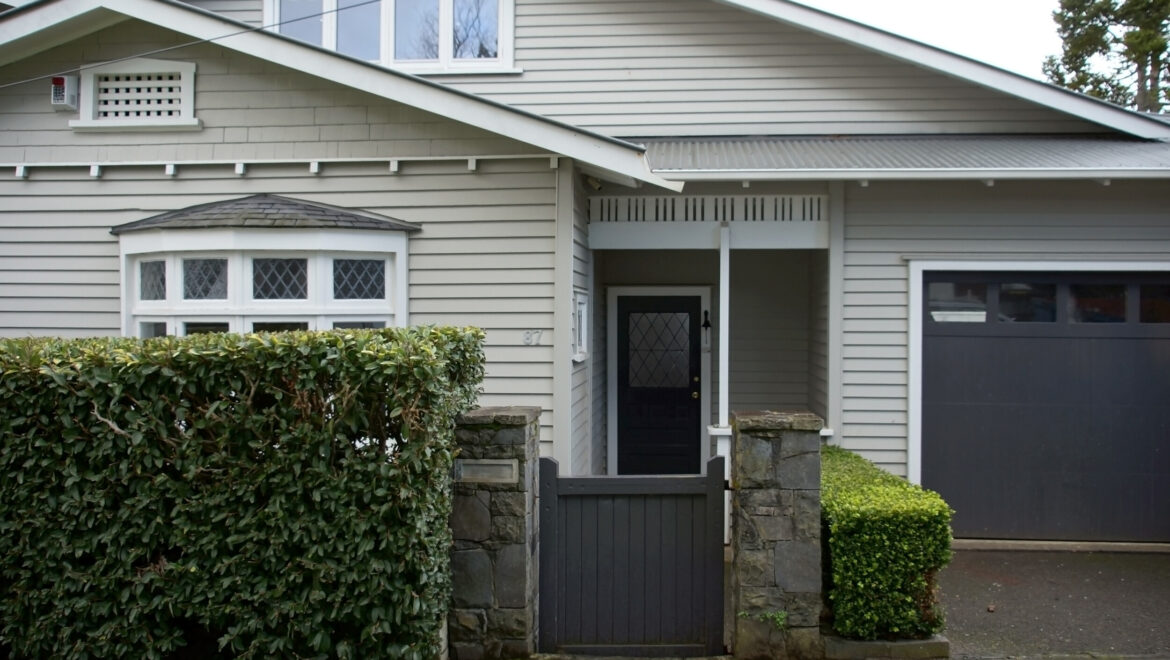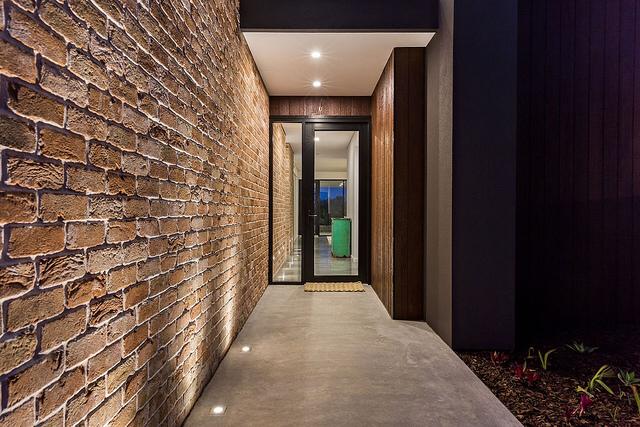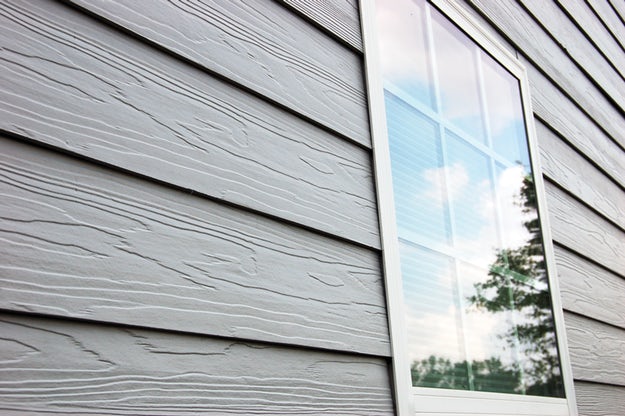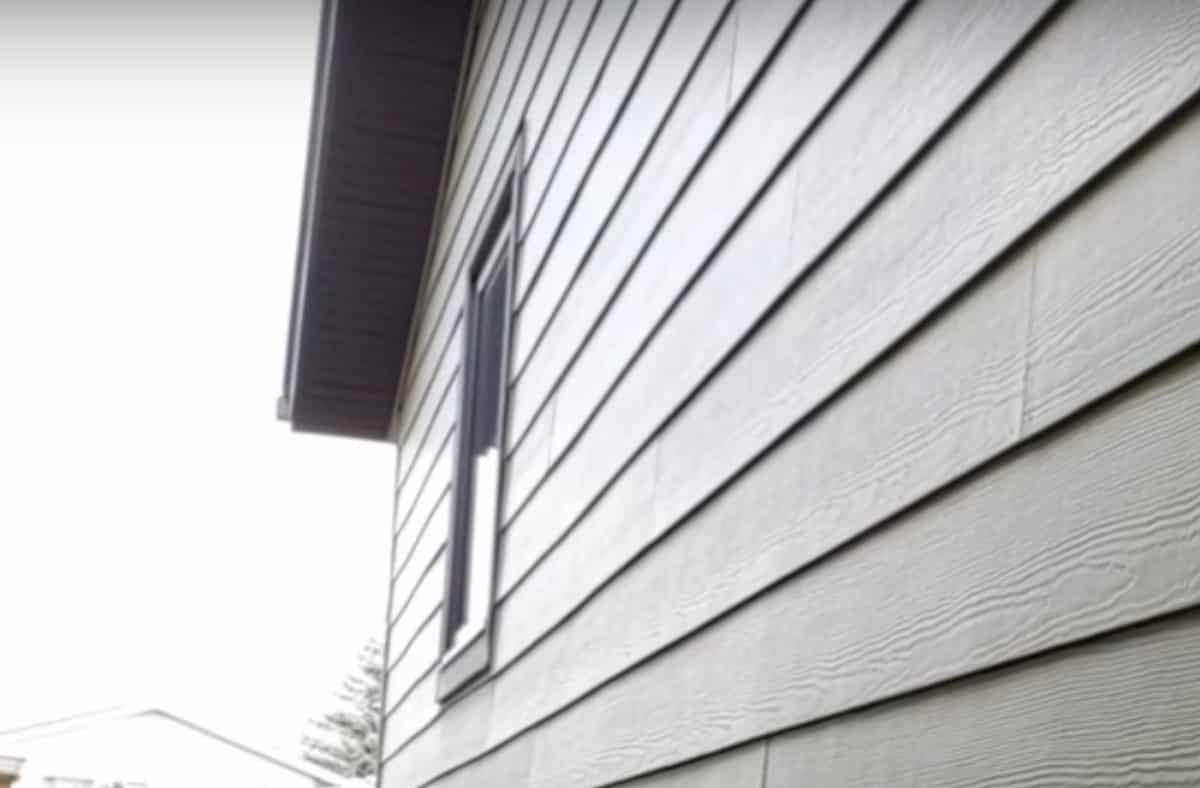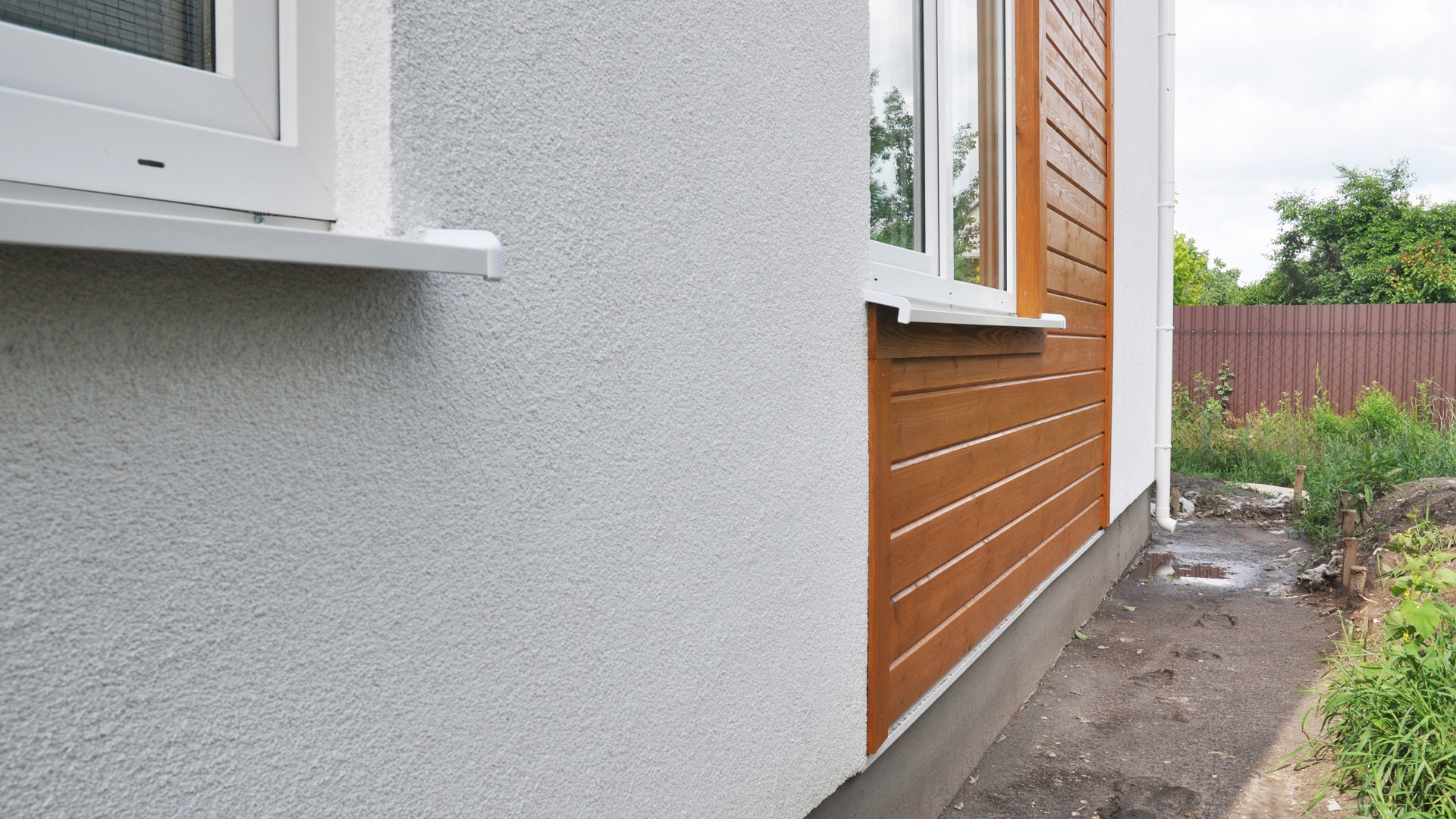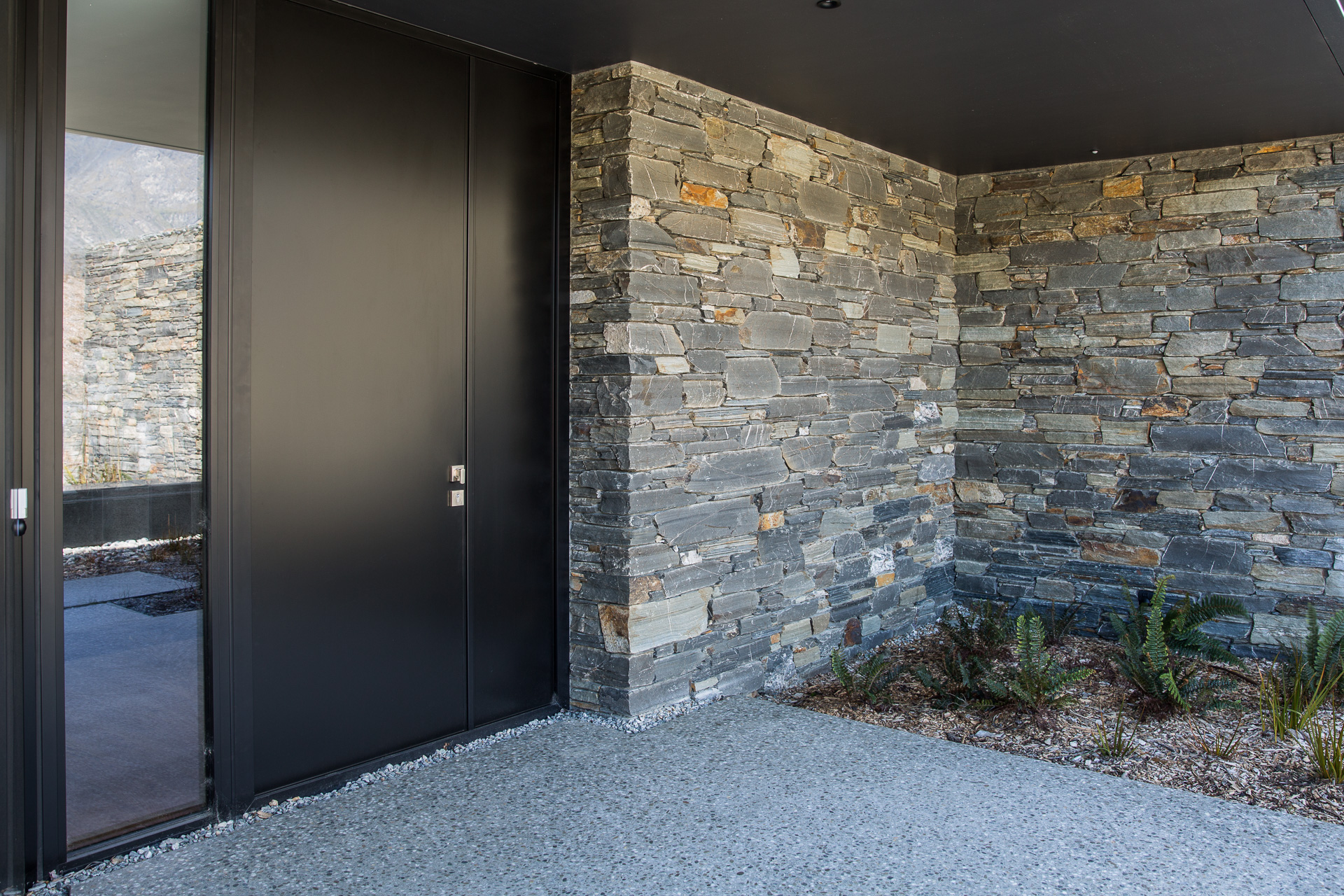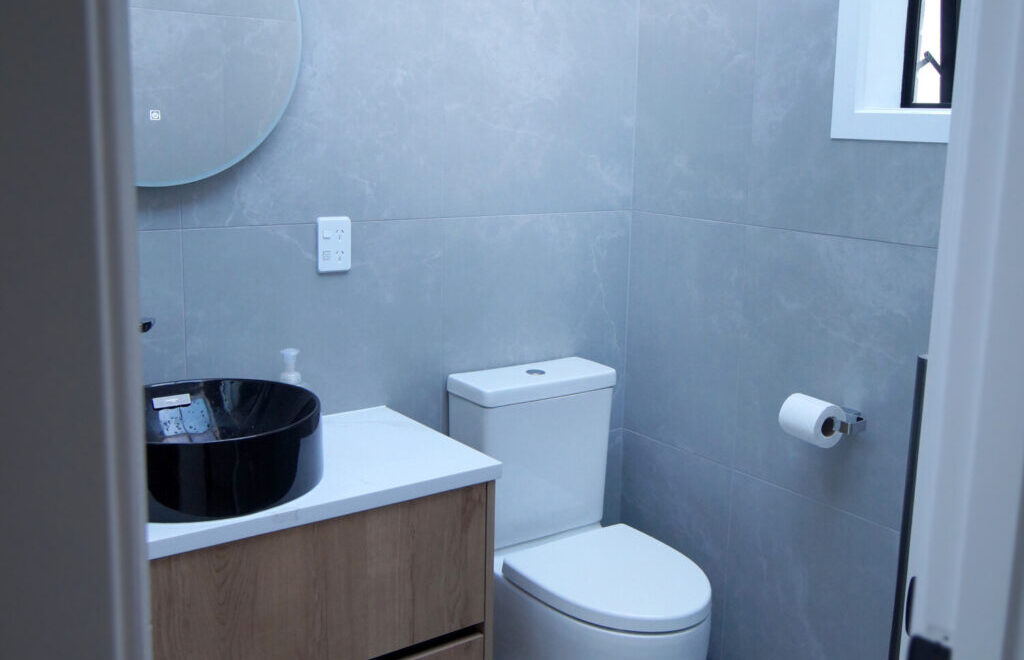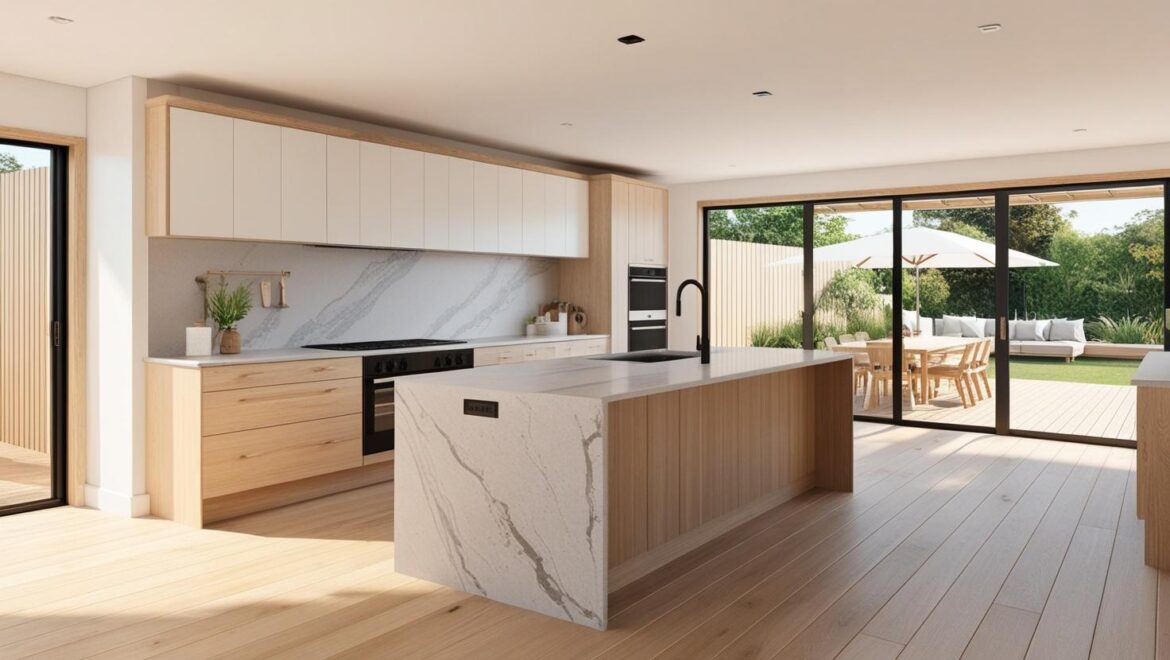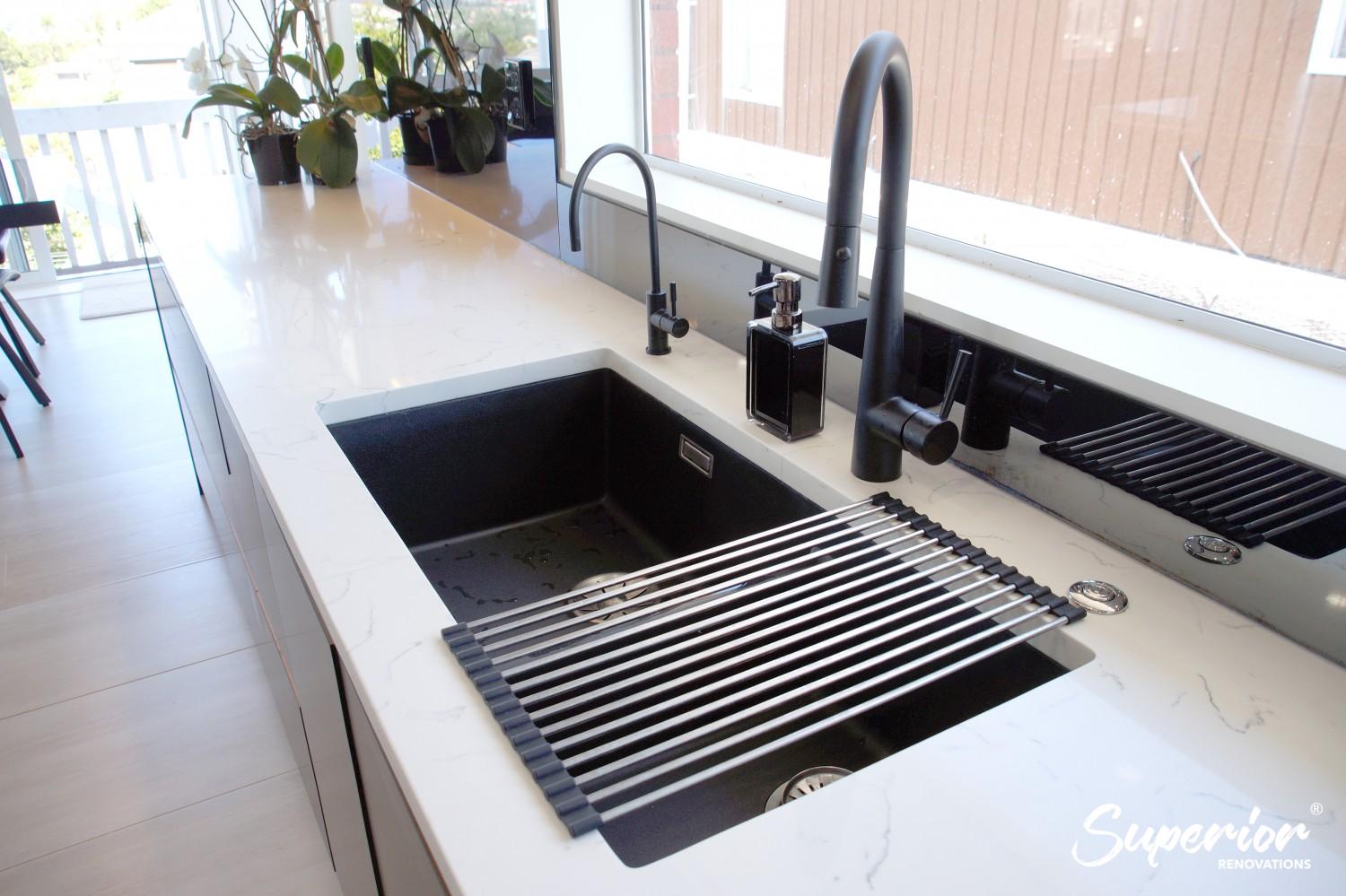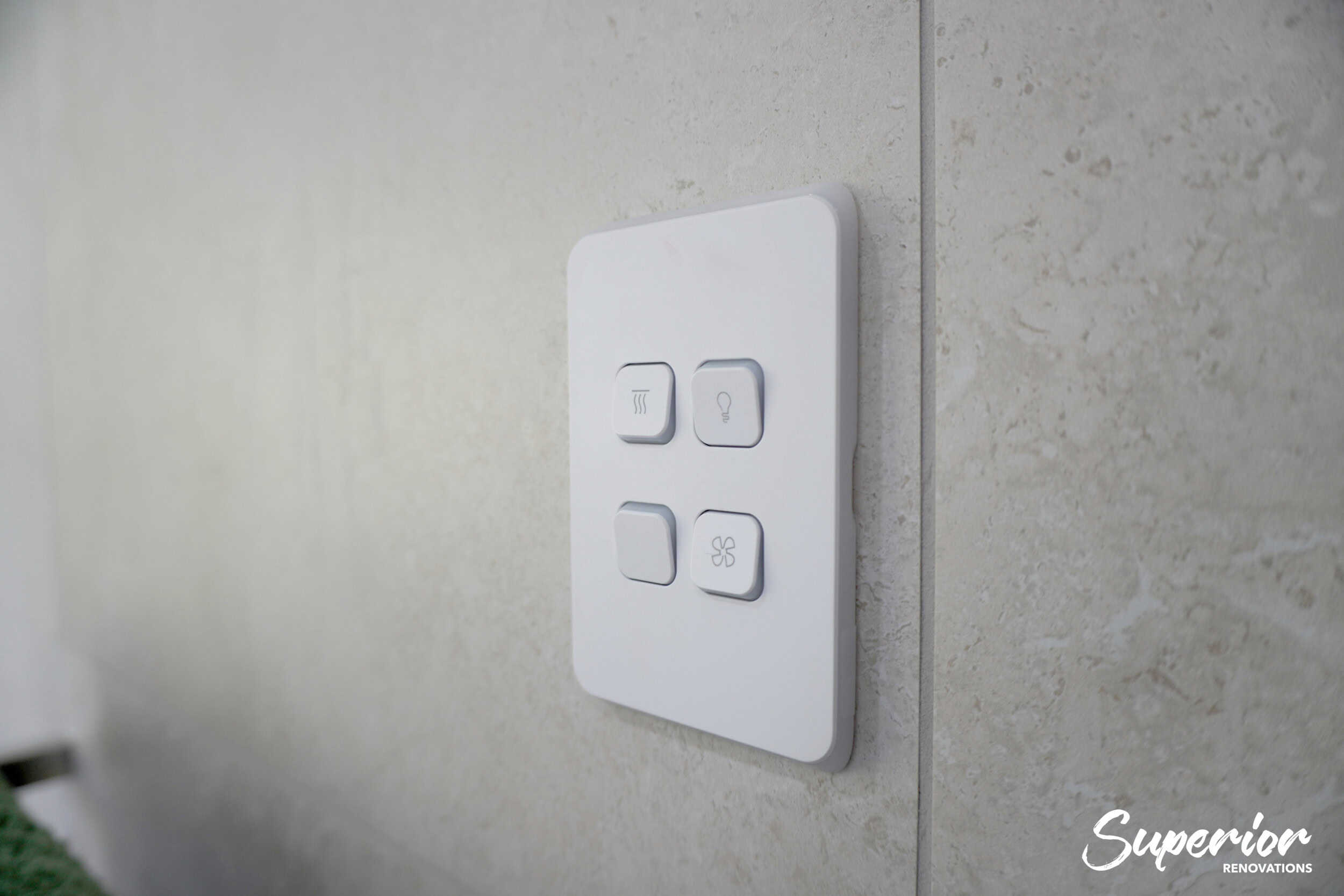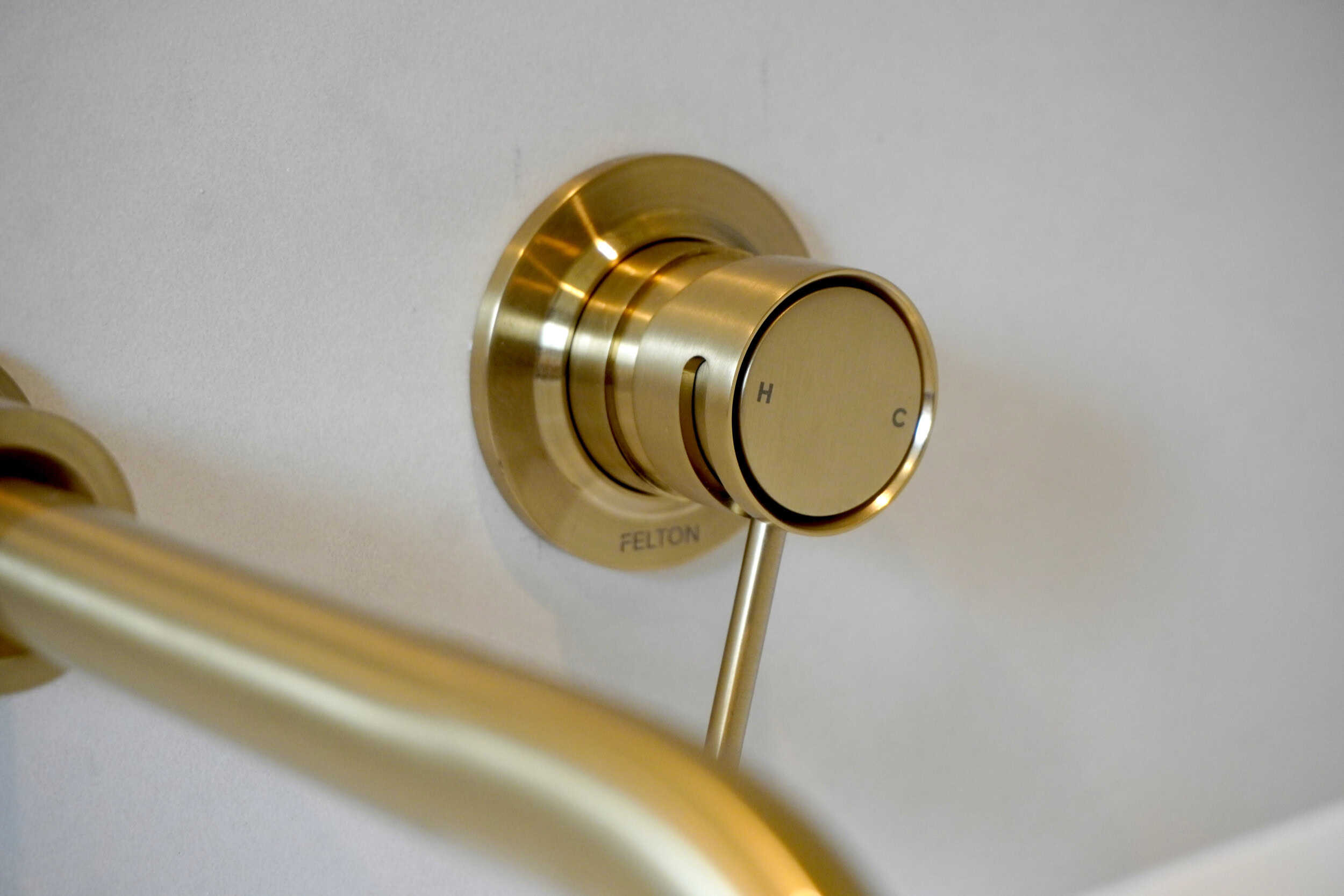Kitchen Renovation Cost Calculator Tool (NZ)
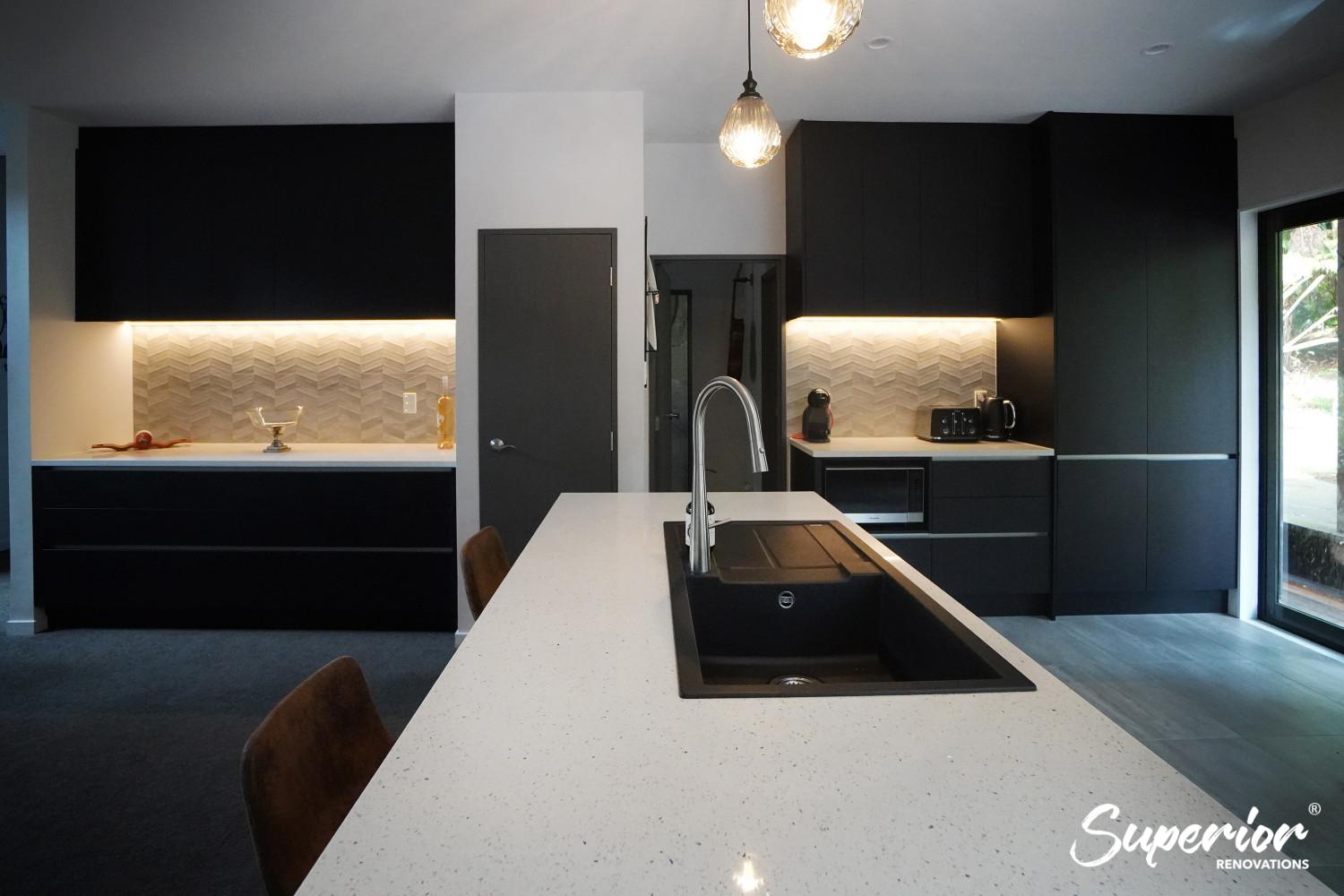
Planning Your Dream Kitchen
Welcome, Auckland homeowners, to your ultimate guide for navigating the exciting—yet sometimes daunting—world of kitchen renovations! Whether you’re dreaming of a sleek, modern kitchen to whip up culinary masterpieces or a cozy space for family gatherings, understanding the costs involved is your first step. At Superior Renovations, we know that every Kiwi home is unique, and so is every budget. That’s why we’re diving deep into the nitty-gritty of kitchen renovation costs in NZ, with a special focus on Auckland, to help you plan smarter.
In this series, we’ll break down everything from the stages of a full renovation to hidden costs that might sneak up on you. We’ve also sprinkled in local insights, expert quotes from our designers, and practical tools like our Kitchen Cost Calculator NZ to give you a clear picture.
Lets get started!
Click on the button below to get started, takes less than 60 seconds
and results will be sent straight to your inbox.
Open Kitchen Renovation Cost Calculator Tool
What Goes Into a Full Kitchen Renovation?
So, you’re thinking about giving your kitchen a glow-up? Awesome! But before you start picking out shiny new appliances or drooling over quartz benchtops, let’s talk about what a full kitchen renovation actually entails. It’s more than just swapping out cabinets—it’s a multi-step process that transforms your space from top to bottom. Whether you’re in Ponsonby or Papakura, here’s the breakdown of what goes into a complete kitchen overhaul in Auckland, with a focus on kitchen renovation pricing and planning.
A full kitchen renovation is like building a puzzle: every piece, from design to finishing touches, needs to fit perfectly. Based on our experience at Superior Renovations and insights from authoritative sources like Building.govt.nz, here’s what you can expect. Each phase impacts your kitchen cost NZ, so understanding them helps you budget wisely.
-
- Planning and Design: This is where your vision takes shape. You’ll work with a designer (like our very own Dorothy Li) to map out your dream kitchen. Think about your lifestyle—do you need a spacious island for entertaining, or a compact layout for quick meals? A 3D rendering can help visualize the space, but expect to spend $2,000–$5,000 on professional design services in Auckland, depending on complexity. “A well-planned kitchen is like a good recipe—it saves time, money, and stress,” says Dorothy Li, Senior Designer at Superior Renovations.
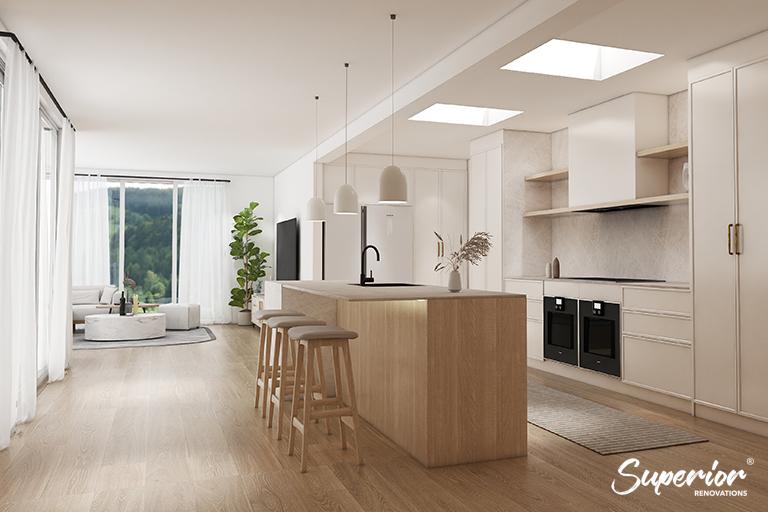
-
- Demolition and Removal: Out with the old! This phase involves ripping out old cabinets, benchtops, and appliances. In older Auckland homes, you might uncover surprises like outdated wiring, which we’ll cover later. Demolition costs typically range from $1,500 to $3,000, depending on the kitchen’s size and condition.
- Structural Changes: Want an open-plan kitchen? Knocking down walls sounds exciting but can be a budget-buster if the wall is load-bearing. According to Auckland Council, structural changes may require building consent, adding $500–$2,000 in permit fees alone.
- Plumbing and Electrical Work: Moving a sink or adding new lighting? Plumbing and electrical updates are crucial and often cost $2,000–$6,000. Licensed professionals are a must here, as per EECA’s guidelines for energy-efficient installations.
- Flooring and Wall Finishes: From tiles to timber, flooring sets the tone. In Auckland, expect to pay $50–$150 per square metre for quality materials like ceramic or hardwood. Wall finishes, like paint or splashback tiles, add another $1,000–$3,000. “Choosing durable flooring is key in busy Auckland kitchens,” notes Alison Yu, Designer at Superior Renovations.
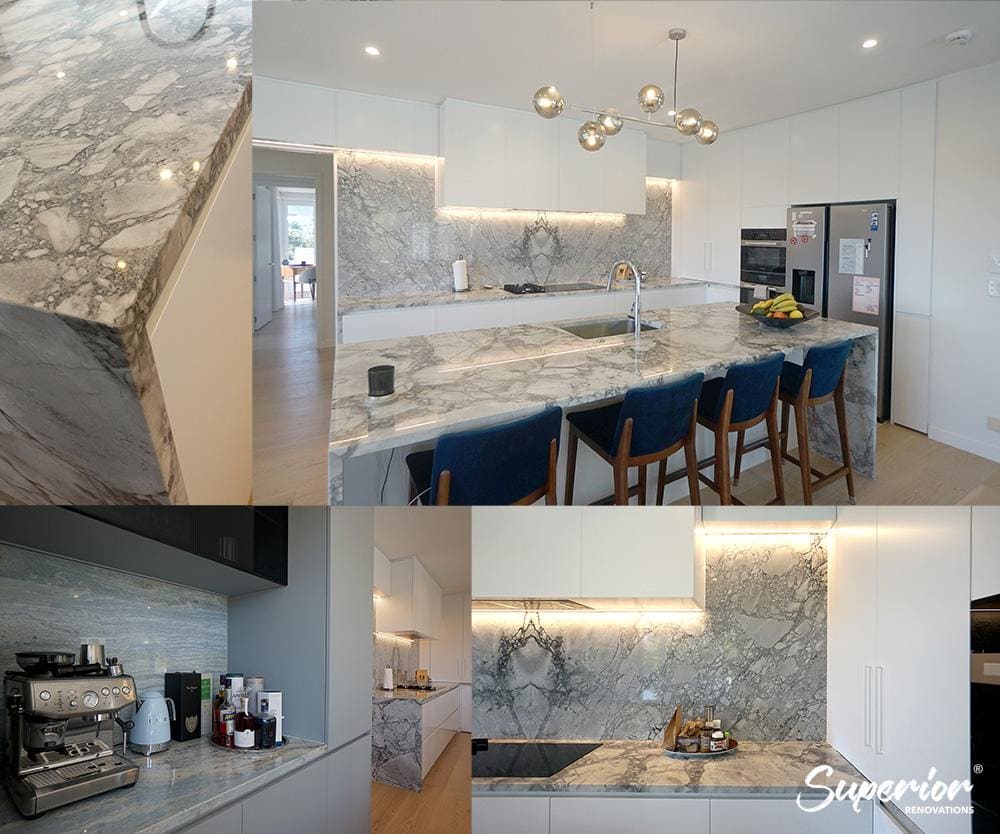
- Cabinets and Benchtops: Cabinets are the backbone of your kitchen, costing $5,000–$25,000 depending on materials (think laminate vs. solid wood). Benchtops, like granite or engineered stone, range from $2,000 to $10,000.
- Appliances: New appliances can elevate your cooking game but come with a price tag of $3,000–$15,000 for a full suite (oven, fridge, dishwasher, etc.). Energy-efficient options, as recommended by Consumer NZ, can save you money in the long run.
- Finishing Touches: Lighting, cabinet handles, and decorative elements tie it all together. Budget $1,000–$3,000 for these details to create a polished look.
The timeline for a full renovation varies—think 6–12 weeks for a standard Auckland project, longer if structural changes are involved. Why does this matter? Knowing the steps helps you use tools like our Kitchen Cost Calculator NZ to estimate costs accurately. Curious about your project’s timeline? Drop us a comment below!
Here’s a quick table to summarize the phases and their impact on your kitchen renovation budget:
| Phase | Estimated Cost | Key Considerations |
|---|---|---|
| Planning and Design | $2,000–$5,000 | Work with a designer for a tailored layout |
| Demolition | $1,500–$3,000 | Watch for hidden issues like old wiring |
| Structural Changes | $3,000–$10,000 | May require building consent |
| Plumbing/Electrical | $2,000–$6,000 | Use licensed professionals |
| Flooring/Walls | $2,000–$6,000 | Choose durable, easy-to-clean materials |
| Cabinets/Benchtops | $7,000–$35,000 | Balance quality and budget |
| Appliances | $3,000–$15,000 | Consider energy efficiency |
| Finishing Touches | $1,000–$3,000 | Focus on cohesive details |
Ever wondered how these costs add up for your specific kitchen? Our Kitchen Cost Calculator can give you a personalized estimate in under a minute. It’s like having a renovation expert in your pocket!
Lets get started!
Click on the button below to get started, takes less than 60 seconds
and results will be sent straight to your inbox.
Open Kitchen Renovation Cost Calculator Tool
Hidden Costs That Can Derail Your Kitchen Renovation Budget
Picture this: you’re halfway through your kitchen renovation in your Mount Eden villa, dreaming of that sleek new island, when—bam!—the contractor finds dodgy wiring behind the walls. Suddenly, your carefully planned budget is thrown out the window. If you’re nodding along, you’re not alone. Unexpected kitchen renovation costs catch many Auckland homeowners off guard. Let’s dive into what surprises people about kitchen costs in NZ and how to plan for them, so your dream kitchen doesn’t turn into a financial headache.
At Superior Renovations, we’ve seen it all—hidden issues, underestimated expenses, and those “nice-to-have” upgrades that add up fast. Drawing from our experience and insights from trusted sources like Consumer NZ, here’s a rundown of the sneaky costs that can inflate your kitchen renovation budget. Don’t worry—we’ll also share tips to keep them in check!
-
- Structural Surprises: Knocking down a wall to create that open-plan kitchen you’ve been eyeing? Sounds amazing, but if it’s load-bearing, you’re looking at $3,000–$10,000 for reinforcements, per Auckland Council. “Always get a structural engineer’s report before touching walls,” advises Kevin Yang, Designer at Superior Renovations. “It’s cheaper than fixing a sagging ceiling!”

-
- Hidden Issues: Older Auckland homes, especially in suburbs like Grey Lynn or Remuera, often hide outdated plumbing or electrical systems. Uncovering asbestos or mould during demolition can add $1,000–$5,000 to your costs. A pre-renovation inspection (around $500–$1,000) can save you from these nasty surprises. Pro tip: Budget a 10–15% contingency fund for unexpected fixes.
- Cabinet Costs: You might think you’re saving money with budget cabinets, but cheap materials can warp or wear out fast. Quality cabinets range from $5,000 to $25,000, depending on whether you go for laminate or solid wood. “Invest in cabinets that last—it’s the heart of your kitchen,” says Wendy Chen, Designer at Superior Renovations.
- Appliance Shock: Upgrading to a fancy induction cooktop or a smart fridge? A full appliance package can cost $3,000–$15,000, not including installation. EECA suggests choosing energy-efficient models to cut long-term costs, especially with Auckland’s rising power prices.
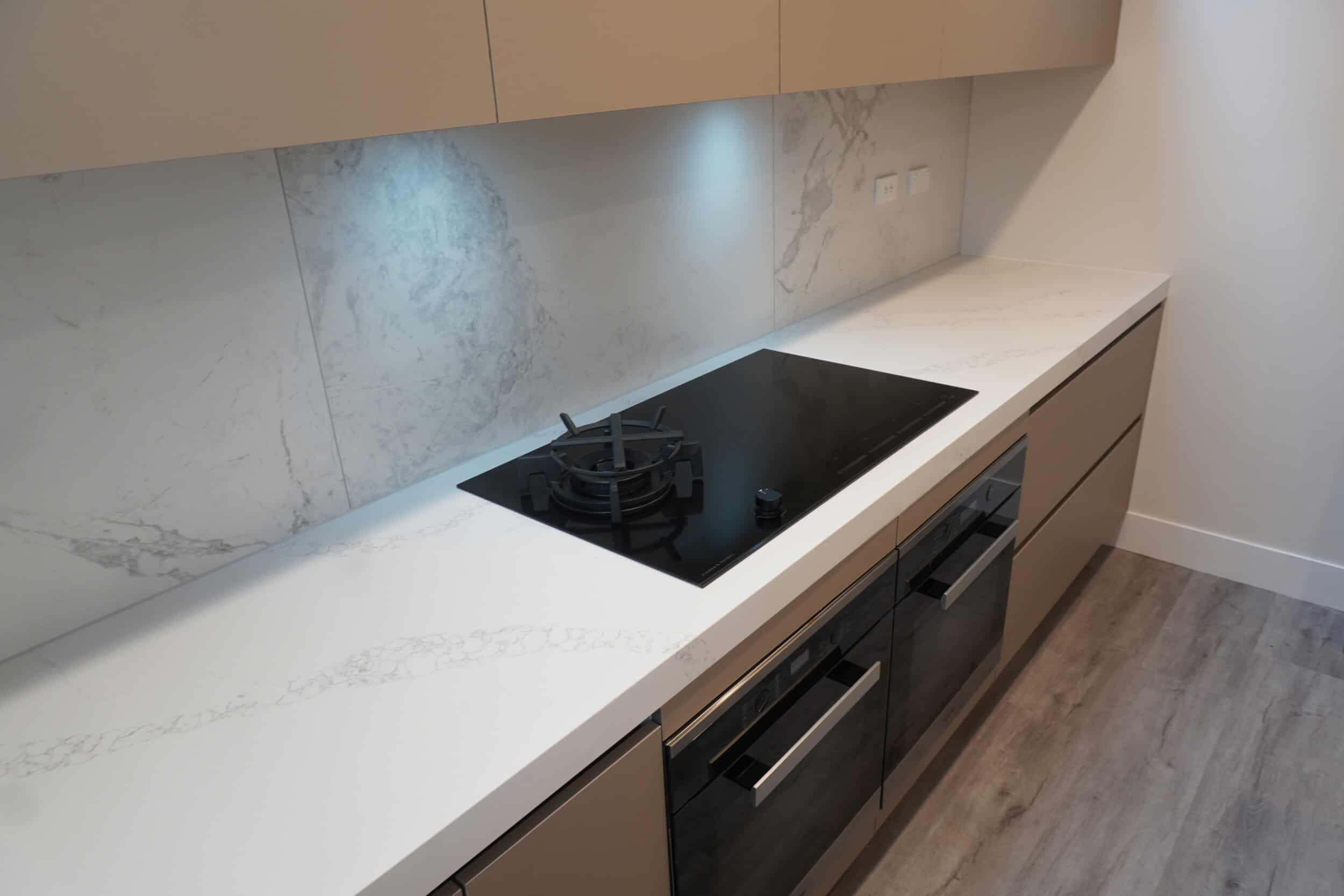
- Professional Fees and Permits: Hiring designers, contractors, and architects isn’t cheap—expect $2,000–$10,000 in fees. Plus, building consents for structural changes can add $500–$2,000, recommended by Superior Renovations. Don’t skip these to save money; non-compliance can lead to costly fines or rework.
So, how do you avoid these budget traps? Start with a realistic plan. Use our Kitchen Cost Calculator NZ to get a ballpark figure tailored to your project. It factors in everything from demolition to permits, so you’re not caught off guard. Ever had a renovation surprise you with unexpected costs? Share your story in the comments—I’d love to hear it!
Here’s a table to help you anticipate these hidden costs:
| Hidden Cost | Estimated Cost (NZD) | How to Mitigate |
|---|---|---|
| Structural Changes | $3,000–$10,000 | Get a structural engineer’s report |
| Hidden Issues (e.g., wiring, plumbing) | $1,000–$5,000 | Conduct a pre-renovation inspection |
| Quality Cabinets | $5,000–$25,000 | Choose durable materials |
| Appliances | $3,000–$15,000 | Opt for energy-efficient models |
| Professional Fees/Permits | $2,500–$12,000 | Budget for consents and licensed pros |
Renovating a kitchen in Auckland is an investment in your home’s value and your daily comfort. By planning for these surprises, you can keep your kitchen renovation pricing under control. Our Kitchen Cost Calculator is a great starting point—give it a try and let us know how it helps!
How Much Does a Kitchen Renovation Cost in Auckland?
Let’s be real—nothing kills the buzz of planning a new kitchen faster than the question, “How much is this going to cost me?” If you’re an Auckland homeowner, you’ve probably wondered about the average cost of a kitchen renovation in NZ. Whether you’re in Parnell or Papatoetoe, the price tag can vary wildly based on your choices and needs.
Renovating a kitchen in Auckland isn’t just about sprucing up your cooking space—it’s an investment that can boost your home’s value by up to 10%, according to local real estate trends. But costs can range from a modest refresh to a high-end bespoke masterpiece. So, grab a flat white, and let’s break down the average kitchen renovation costs for Aucklanders, with some real-world tips to keep your budget on track.
What’s the average cost? For a standard kitchen renovation in Auckland, including materials, labour, design, and project management, you’re looking at $19,000 to $29,000, not including appliances. This range covers a full renovation—think new cabinets, benchtops, flooring, and plumbing/electrical work. Want something fancier, like a custom-designed kitchen with premium fittings? Costs can climb to $40,000 or more. Here’s how it breaks down:
-
- Basic Renovation ($15,000–$20,000): Perfect for a quick refresh—new laminate benchtops, standard cabinets, and basic appliances. Ideal for rental properties or if you’re sticking to a tight budget.
- Mid-Range Renovation ($20,000–$29,000): This is the sweet spot for most Auckland homeowners. Think engineered stone benchtops, custom cabinets, and energy-efficient appliances. “Mid-range kitchens balance style and practicality,” says Cici Zou, Designer at Superior Renovations.

- High-End Renovation ($30,000–$50,000+): For those dreaming of a chef’s kitchen with marble benchtops, solid wood cabinets, and top-tier appliances. Common in suburbs like Herne Bay or St Heliers.
What drives these costs? Your choices play a huge role. For example, opting for vinyl flooring over hardwood can save you thousands, while moving plumbing for a new island can add $2,000–$5,000. Building.govt.nz notes that sticking to your existing layout can keep costs down, especially if you’re avoiding structural changes.
Here’s a real-life scenario: Sarah, an Auckland homeowner, wanted a modern kitchen in her Epsom home. She chose mid-range materials but splurged on a quartz benchtop. Her total cost? $26,000, including labour and permits. Curious about your own project? Our Kitchen Cost Calculator NZ can give you a tailored estimate in under a minute.
Here’s a table to show how costs vary by renovation type:
| Renovation Type | Estimated Cost (NZD) | Features |
|---|---|---|
| Basic | $15,000–$20,000 | Laminate benchtops, standard cabinets, basic appliances |
| Mid-Range | $20,000–$29,000 | Engineered stone, custom cabinets, energy-efficient appliances |
| High-End | $30,000–$50,000+ | Marble benchtops, solid wood cabinets, premium appliances |
Lets get started!
Click on the button below to get started, takes less than 60 seconds
and results will be sent straight to your inbox.
Open Kitchen Renovation Cost Calculator Tool
Local factors matter too. Auckland’s high cost of living and demand for skilled tradies can push prices up compared to other NZ regions. Plus, if you’re in an older home (hello, Devonport villas!), you might need to budget for unexpected repairs like outdated wiring. EECA recommends choosing energy-efficient fittings to offset long-term costs, especially with Auckland’s pricey electricity.
How can you save? Start by assessing your needs. Do you cook a lot, or is your kitchen more for takeaways and coffee? If you entertain often, an island might be worth the splurge. If not, focus on functional upgrades like better storage. “Think about how you use your kitchen daily—it guides your budget,” advises Alison Yu, Designer at Superior Renovations.
Not sure where to start? Our Kitchen Cost Calculator is a game-changer. It factors in Auckland-specific costs and your preferences to give you a realistic estimate. What’s your dream kitchen vibe—modern minimalist or cozy rustic? Let us know in the comments!
Factors That Influence Your Kitchen Renovation Costs in NZ
Ever wondered why two kitchens in Auckland can have wildly different price tags? It’s not just about the size of your wallet—it’s about the choices you make. From the type of benchtops to whether you’re moving plumbing, every decision impacts your kitchen renovation pricing. If you’re planning a kitchen makeover in places like Remuera or Henderson, understanding these factors is key to keeping your budget in check. At Superior Renovations, we’re breaking down the main drivers of kitchen costs in NZ, so you can make informed decisions without the guesswork.
Think of your kitchen renovation like ordering a coffee in Ponsonby—do you want a simple flat white or a fancy oat milk latte with all the trimmings? Each choice adds up. Drawing from our expertise and insights from our previous projects, below is what we’ve concluded:
-
- Kitchen Size and Layout: Bigger kitchens mean more materials and labour. A small 8m² kitchen in Papakura might cost $15,000, while a 20m² open-plan kitchen in St Heliers could hit $35,000. Changing the layout—like moving a sink or adding an island—can add $2,000–$5,000 for plumbing and electrical work. “Stick to your existing layout to save big,” says Dorothy Li, Senior Designer at Superior Renovations.
-
- Material Choices: Your choice of materials is a game-changer. Laminate benchtops cost $1,000–$3,000, while quartz or granite can run $5,000–$10,000. Vinyl flooring is budget-friendly at $50–$80 per square metre, but hardwood or tiles can hit $100–$150. EECA recommends durable, energy-efficient materials to save on maintenance and power bills.
- Appliances: A basic appliance package (oven, fridge, dishwasher) might cost $3,000, but high-end models with smart features can push that to $15,000. “Choose appliances that match your cooking habits,” advises Wendy Chen, Designer at Superior Renovations. Check out energy-efficient options to cut long-term costs, as suggested by Consumer NZ.
- Structural Changes: Want to knock down a wall for an open-plan vibe? If it’s load-bearing, you’re looking at $3,000–$10,000, plus permits costing $500–$2,000, per Auckland Council. Skipping consents can lead to fines, so don’t cut corners!
- Labour and Professional Fees: Auckland’s tradies are in high demand, and labour costs reflect that. Expect to pay $2,000–$10,000 for skilled contractors, designers, and project managers.
- Hidden Issues: Older Auckland homes often hide surprises like faulty wiring or leaky pipes. These can add $1,000–$5,000 to your budget. A pre-renovation inspection (around $500) can help you plan for these, saving you stress down the line.
How do you balance these factors? It’s all about prioritizing. If you love hosting dinner parties, splurge on a spacious island. If you’re a low-key cook, focus on durable basics. Our Kitchen Cost Calculator NZ lets you tweak these factors to see how they affect your budget in real-time. It’s like having a mate who’s a renovation expert! Got a specific material or feature in mind? Share it in the comments, and let’s chat!
Here’s a table summarizing the key factors and their cost impact:
| Factor | Estimated Cost Impact (NZD) | Tips to Manage Costs |
|---|---|---|
| Kitchen Size/Layout | $2,000–$10,000 | Keep existing layout to save on plumbing/electrical |
| Materials (Benchtops/Flooring) | $2,000–$15,000 | Choose mid-range materials for durability |
| Appliances | $3,000–$15,000 | Opt for energy-efficient models |
| Structural Changes | $3,000–$10,000 | Get a structural engineer’s report |
| Labour/Professional Fees | $2,000–$10,000 | Hire licensed pros to avoid rework |
| Hidden Issues | $1,000–$5,000 | Budget 10–15% contingency |
Navigating these factors can feel like a lot, but it’s all about making smart choices for your Auckland home. Our Kitchen Cost Calculator simplifies the process by giving you a personalized estimate based on these variables. Want to know how much your dream kitchen might cost? Give it a go and let us know how it stacks up!
All About Our Kitchen Cost Calculator for NZ Homeowners
Let’s face it—planning a kitchen renovation in Auckland can feel like trying to solve a Rubik’s Cube blindfolded. How do you know if you’re budgeting enough for that sleek new benchtop or if you’re about to blow your savings on unexpected plumbing costs? That’s where our Kitchen Cost Calculator NZ comes in, designed specifically for Kiwi homeowners. Whether you’re in Takapuna or Manurewa, this free tool takes the guesswork out of your kitchen renovation pricing, giving you a personalized estimate in under a minute. Let’s unpack what makes this calculator a must-have for your renovation journey.
At Superior Renovations, we created this tool to empower Aucklanders to plan smarter, not harder. Inspired by the need for transparency in kitchen costs in NZ, our calculator factors in local costs and your unique preferences. It’s like having a chat with a renovation expert over a cuppa, minus the jargon. Here’s everything you need to know about how it works and why it’s your go-to for budgeting.
What does the Kitchen Cost Calculator do? Our calculator provides a rough estimate for a full kitchen renovation, covering everything from demolition to cabinetry. It’s tailored for Auckland, factoring in local labour rates and material costs. You input details like your kitchen size, material preferences (e.g., laminate vs. quartz benchtops), and whether you’re making structural changes. The result? A breakdown of costs that reflects real-world Auckland prices, with a 10–15% variance to account for unexpected hiccups.
Why use it? Renovation costs can be a black box, especially in Auckland’s pricey market. Our calculator helps you:
- Estimate costs for a full renovation, including labour, materials, and design.
- Understand how choices (like moving plumbing or choosing premium appliances) impact your budget.
- Plan for contingencies, like hidden issues in older homes (think Ponsonby villas with ancient wiring).
“Our Kitchen Cost Calculator is like a roadmap—it shows you where your money’s going before you start,” says Kevin Yang, Designer at Superior Renovations. It’s free, fast, and built for Kiwis. Unlike generic online tools, ours is designed with Auckland’s unique renovation landscape in mind, from high tradie costs to council permit fees.
How accurate is it? The calculator uses average costs based on our 10+ years of experience at Superior Renovations and data from sources like Auckland Council. For example, it assumes $5,000–$25,000 for cabinets and $2,000–$10,000 for benchtops, depending on materials. However, every project is unique, so we recommend following up with a detailed quote from our team. Pro tip: Use the calculator early to set realistic expectations, then refine your plan with a professional consultation.
What doesn’t it cover? The calculator focuses on a full renovation—think cabinets, benchtops, flooring, plumbing, and electrical work. It doesn’t include appliances (like fridges or ovens) or partial renovations, as these vary widely.
Real-world example: Meet Tom, a homeowner in Mt Roskill. He used our calculator to estimate a mid-range kitchen renovation, inputting a 12m² kitchen with engineered stone benchtops and no structural changes. The result? A $24,000 estimate, which helped him prioritize custom cabinets over a pricier island. “The calculator gave me confidence to start planning without feeling overwhelmed,” Tom shared. Curious about your own project? Try the calculator and see your numbers!
Here’s a quick table to show what’s included in the calculator’s estimates:
| Component | Estimated Cost Range | Notes |
|---|---|---|
| Demolition | $1,500–$3,000 | Depends on kitchen size and condition |
| Cabinets | $5,000–$25,000 | Laminate to solid wood options |
| Benchtops | $2,000–$10,000 | Laminate, quartz, or granite |
| Flooring | $2,000–$6,000 | Vinyl, tiles, or hardwood |
| Plumbing/Electrical | $2,000–$6,000 | Higher if relocating fixtures |
| Permits/Fees | $500–$2,000 | Required for structural changes |
Why trust us? At Superior Renovations, we’ve been transforming Auckland kitchens for over a decade, earning trust through quality work and transparency. Our calculator is a free tool born from real client feedback, designed to make kitchen renovation costs in NZ clear and accessible. As EECA suggests, informed planning leads to better outcomes, and we’re here to help you every step of the way.
Ready to crunch your numbers? Our Kitchen Cost Calculator is just a click away. It’s like having a sneak peek at your renovation budget without the commitment. What’s the one kitchen feature you can’t wait to add? Drop it in the comments—I’m all ears!
Take the Next Step
Renovating your kitchen in Auckland is more than just a home improvement project—it’s a chance to create a space that reflects your lifestyle, whether you’re hosting BBQs in Botany or whipping up quick meals in Mt Eden. From understanding the full scope of a kitchen renovation to navigating hidden costs and crunching numbers with our Kitchen Cost Calculator NZ, this series has armed you with the knowledge to plan with confidence. At Superior Renovations, we’re passionate about helping Kiwi homeowners turn their vision into reality without the stress of budget blowouts.
Ready to get started? Our Kitchen Cost Calculator is your first step to a personalized estimate tailored to Auckland’s unique market. It takes less than a minute and delivers results straight to your inbox. Plus, our team is here to guide you through every phase, from design to finishing touches. Check out our kitchen renovation ideas for inspiration, or reach out for a detailed quote. What’s your dream kitchen look like? Share your ideas in the comments, and let’s make it happen!
Lets get started!
Click on the button below to get started, takes less than 60 seconds
and results will be sent straight to your inbox.
Open Kitchen Renovation Cost Calculator Tool
Please note: Whilst all information is considered to be true and correct at the date of publication, changes in circumstances after the time of publication may impact on the accuracy of the information. The information may change without notice and Superior Renovations is not in any way liable for the accuracy of any information printed and stored or in any way interpreted and used by a user.
The average cost for a full kitchen renovation in Auckland ranges from $19,000 to $29,000, depending on materials, size, and complexity. Basic renovations start at $15,000, while high-end projects can exceed $40,000. Use our Kitchen Cost Calculator NZ for a tailored estimate. According to Auckland Council, you typically don’t need a building consent unless you’re making structural changes, like removing a load-bearing wall. Always check with your contractor to ensure compliance. Key factors include kitchen size, material choices (e.g., laminate vs. quartz benchtops), appliances, and structural changes. Hidden issues like outdated wiring can also add $1,000–$5,000. Plan a 10–15% contingency to cover surprises. A standard Auckland kitchen renovation takes 6–12 weeks, depending on the scope. Structural changes or custom designs can extend the timeline. “Good planning keeps your project on track,” says Alison Yu, Designer at Superior Renovations. Yes! Our Kitchen Cost Calculator is completely free and designed to give Auckland homeowners a quick, reliable estimate based on local costs. Try it out and get results in under a minute! How much does a kitchen renovation cost in Auckland?
Do I need a building consent for a kitchen renovation?
What are the biggest cost drivers in a kitchen renovation?
How long does a kitchen renovation take?
Is the Kitchen Cost Calculator free?


